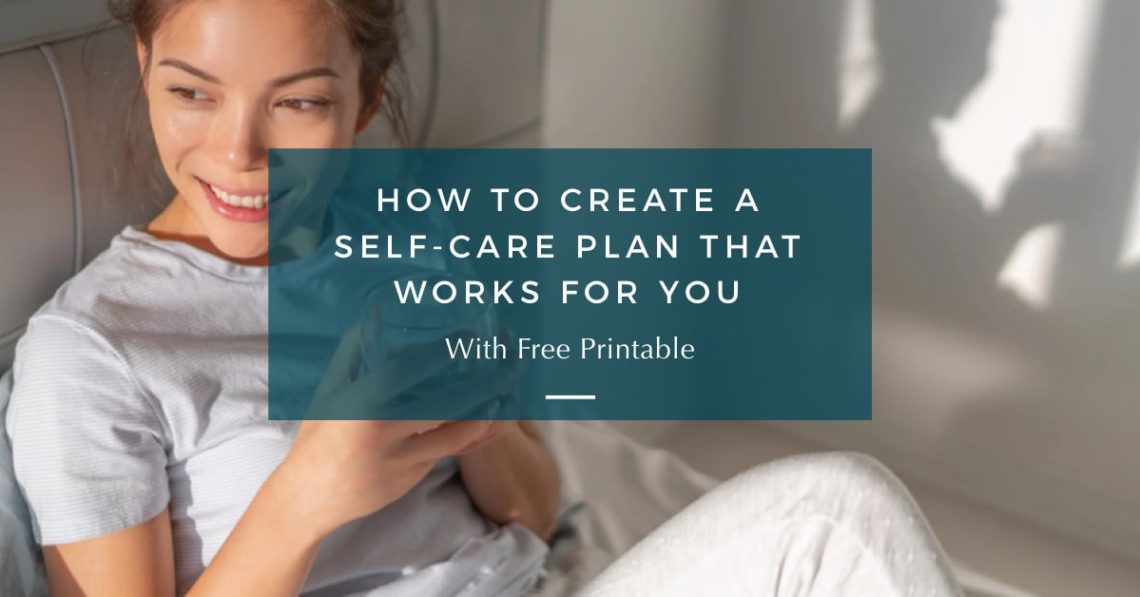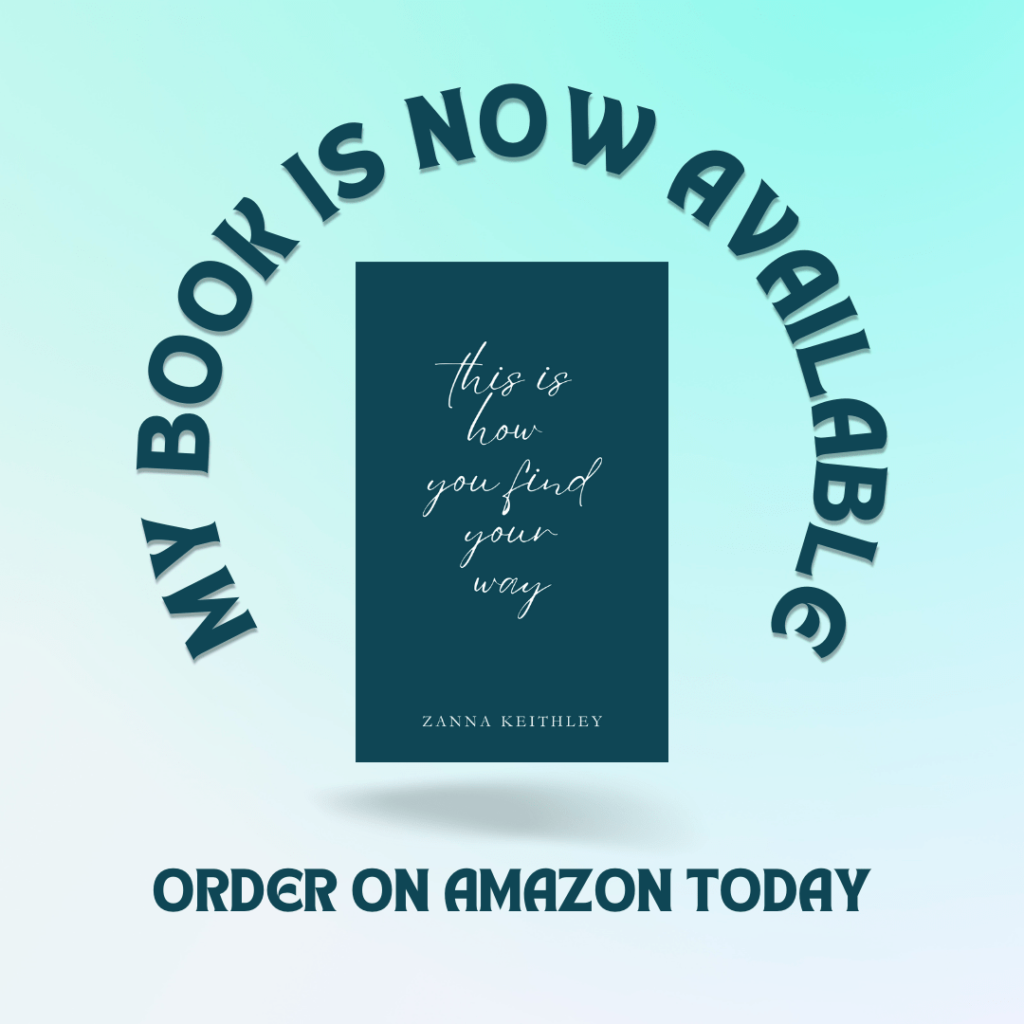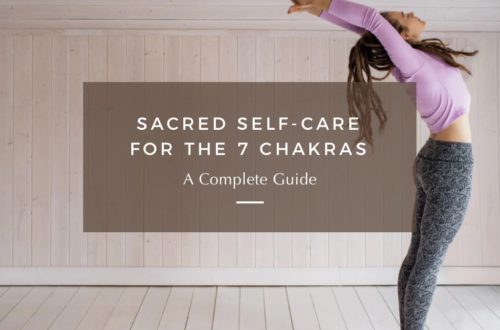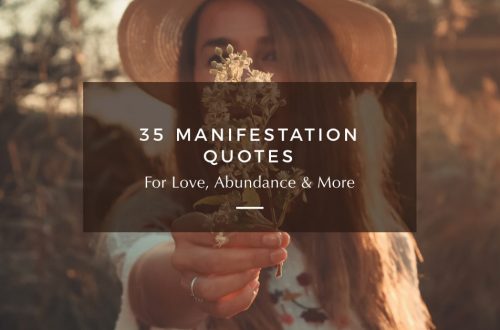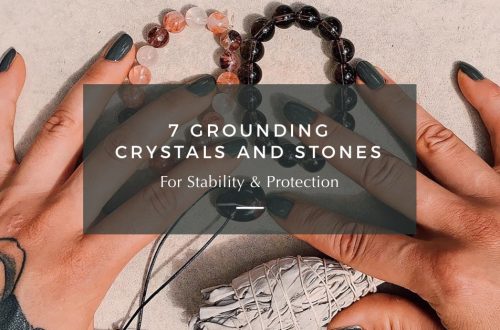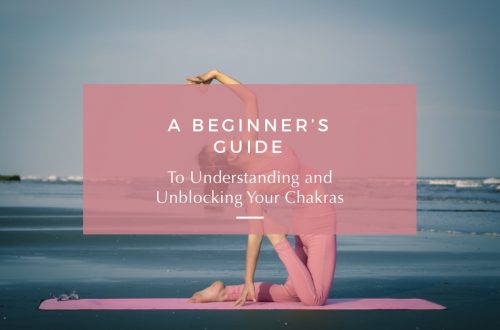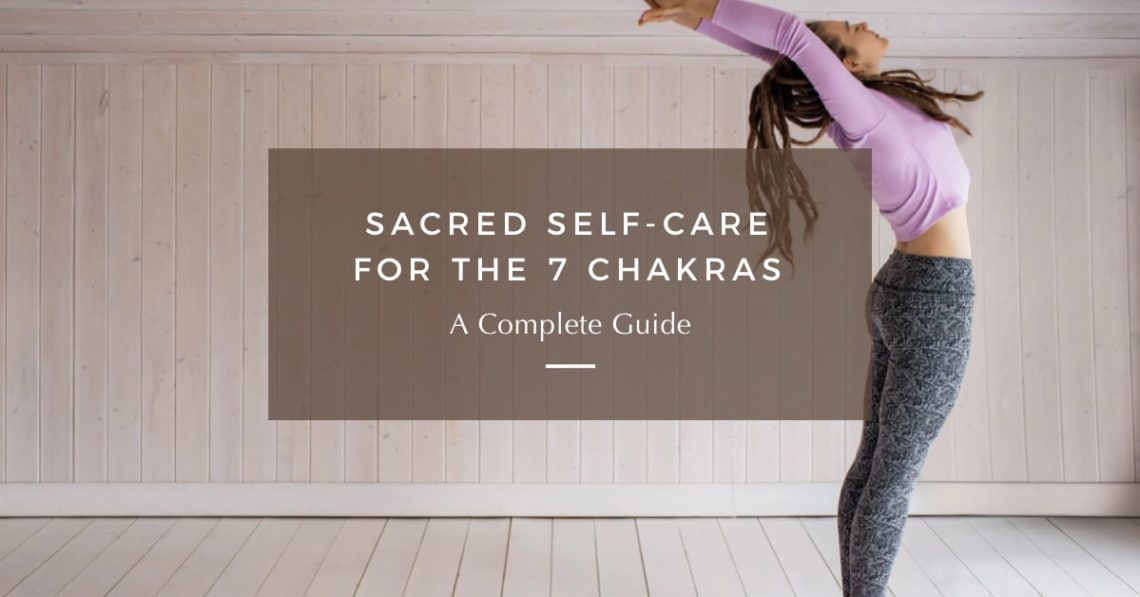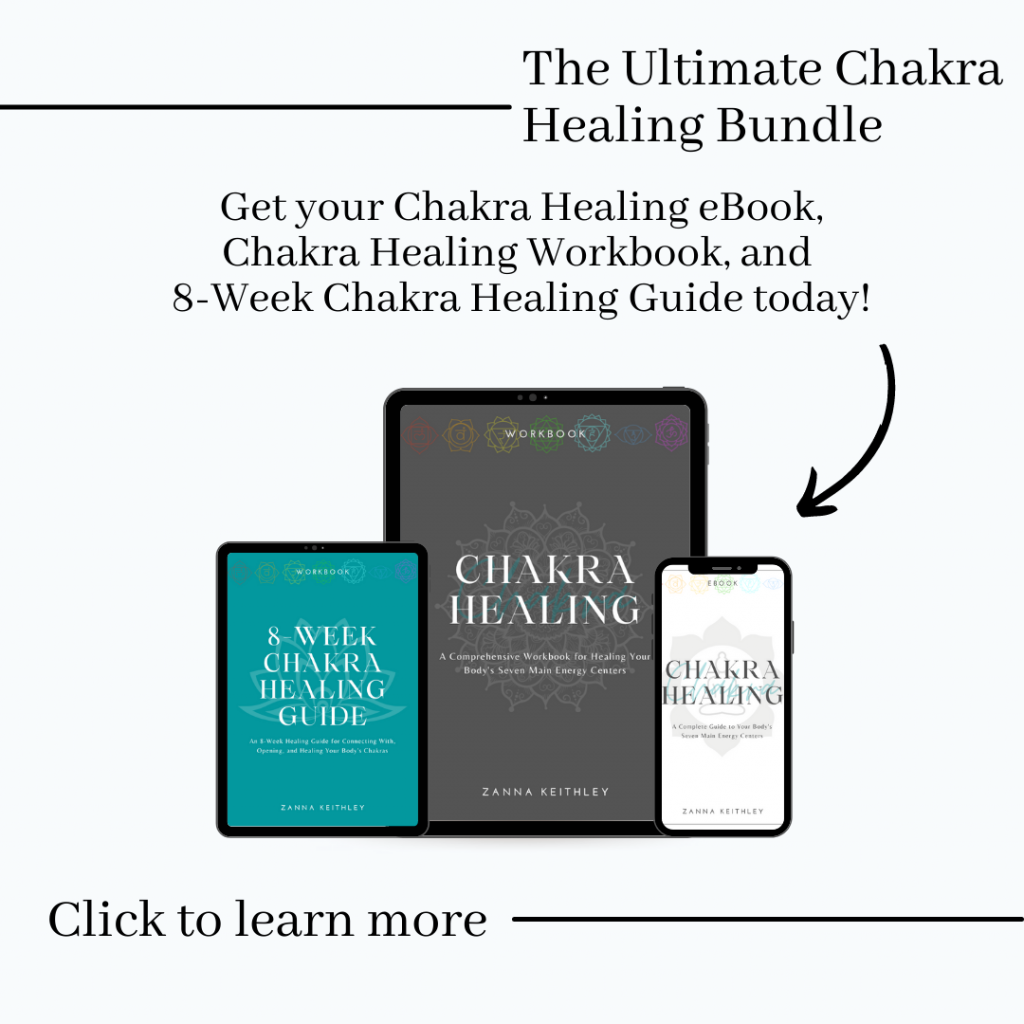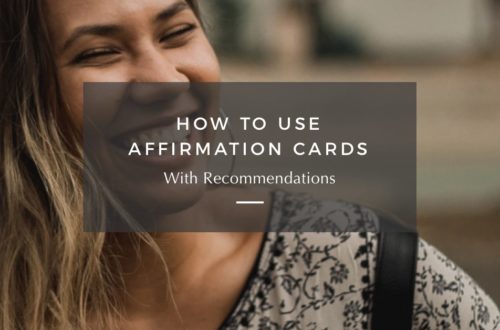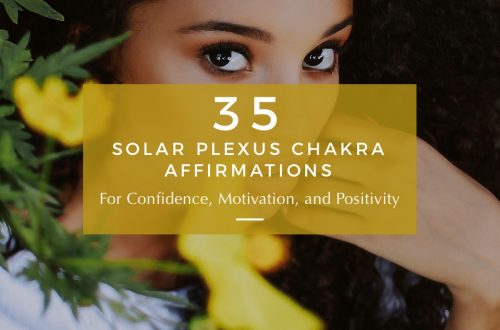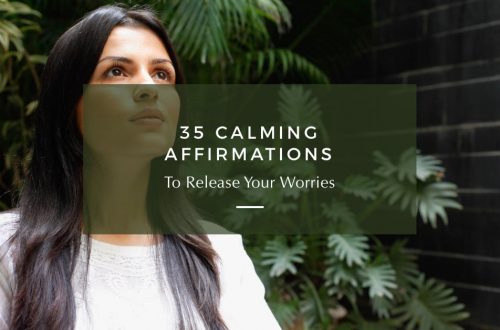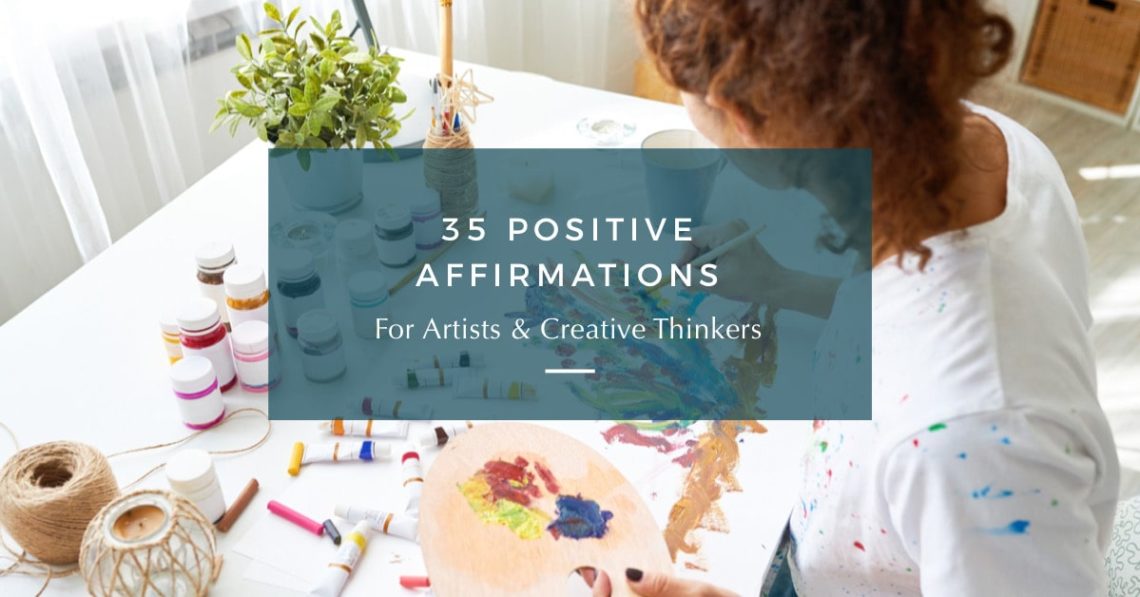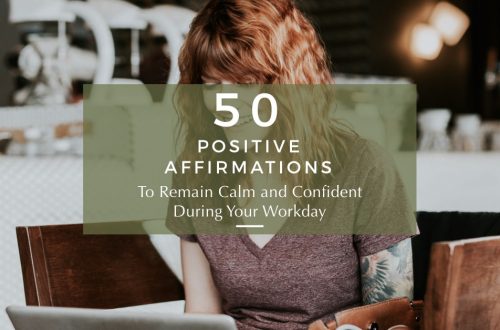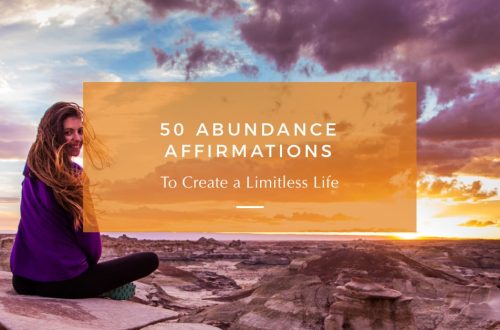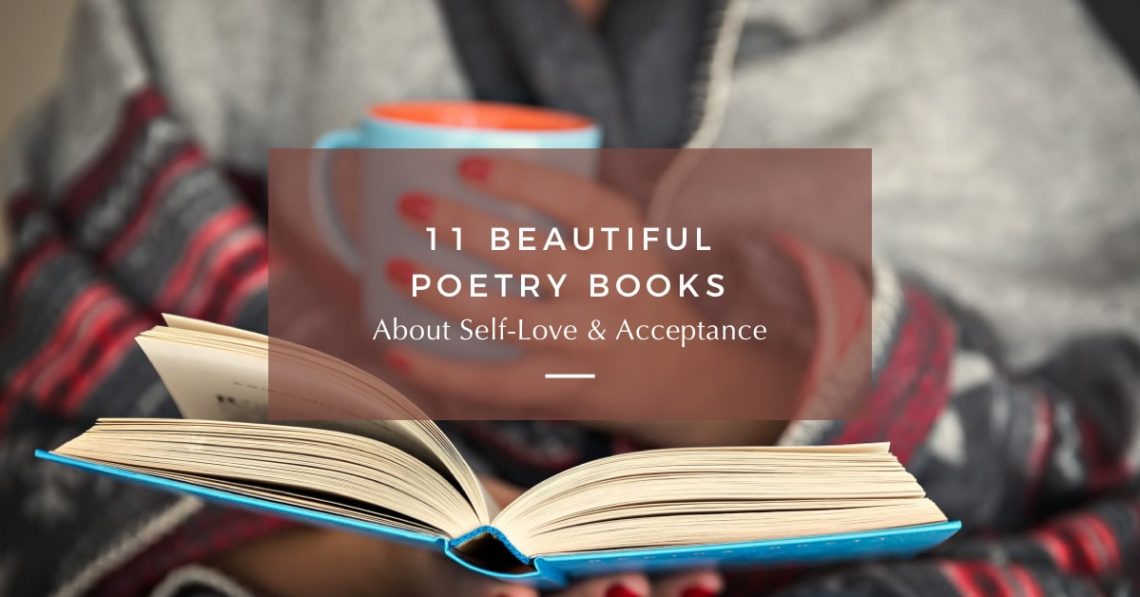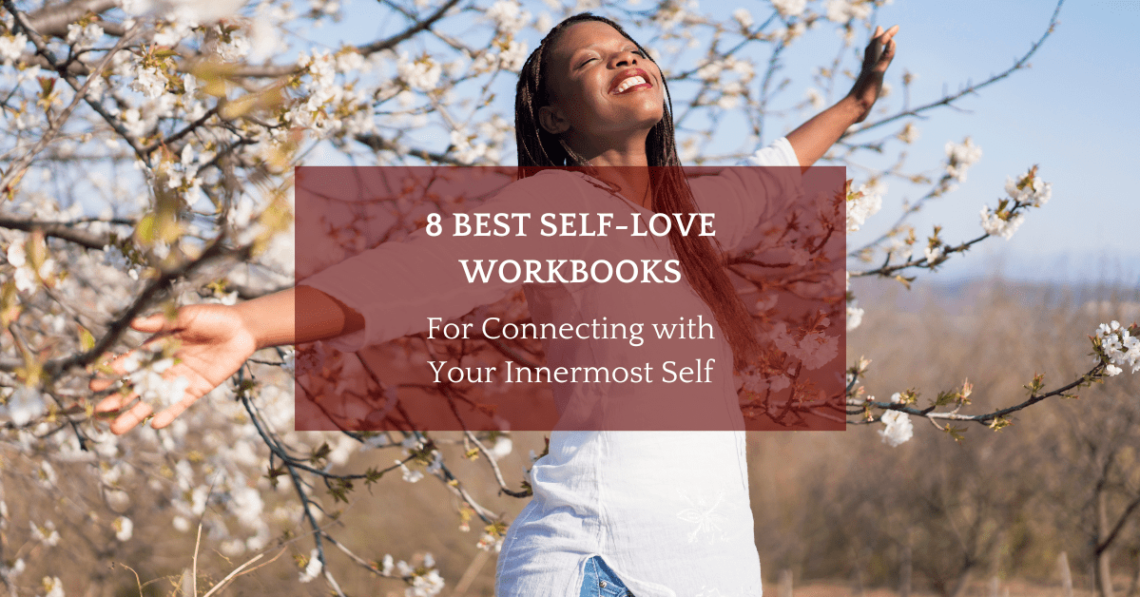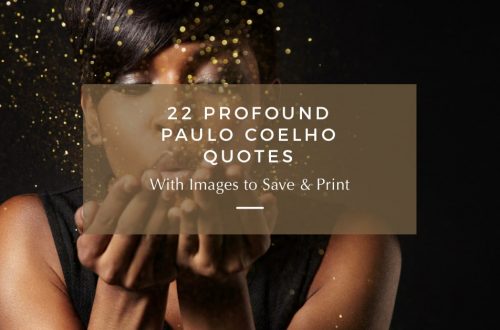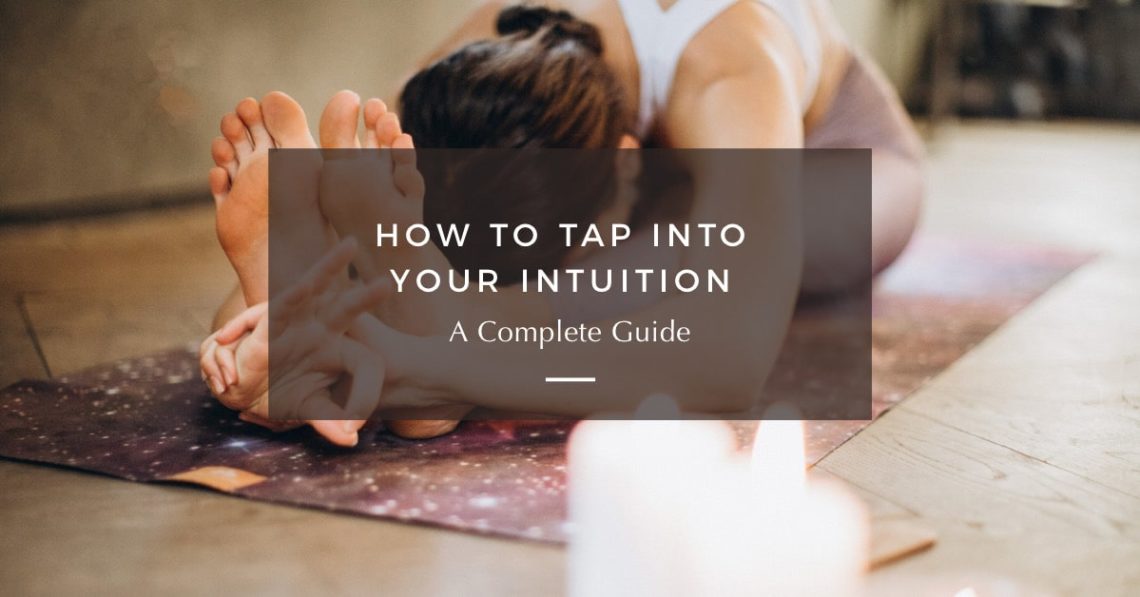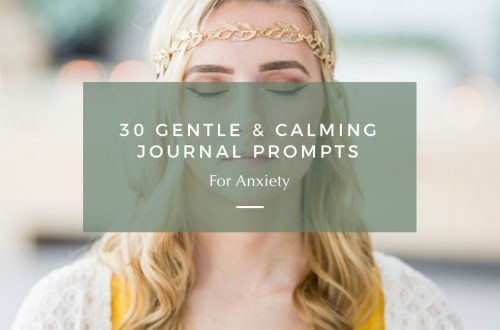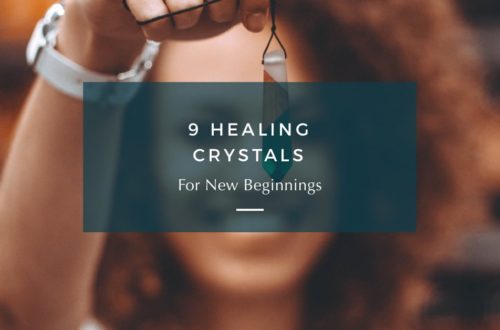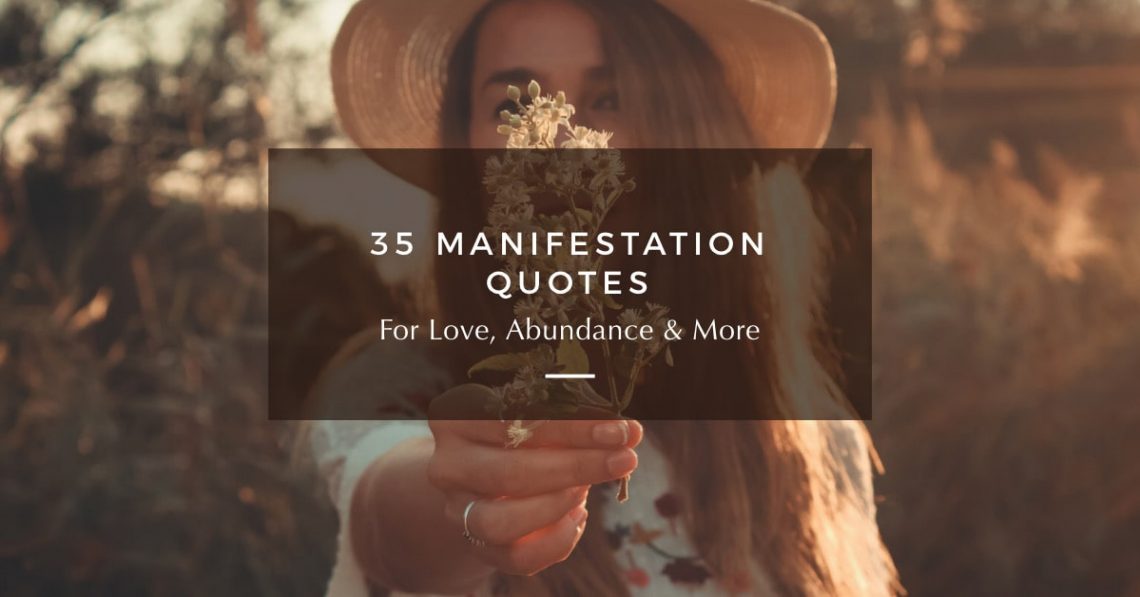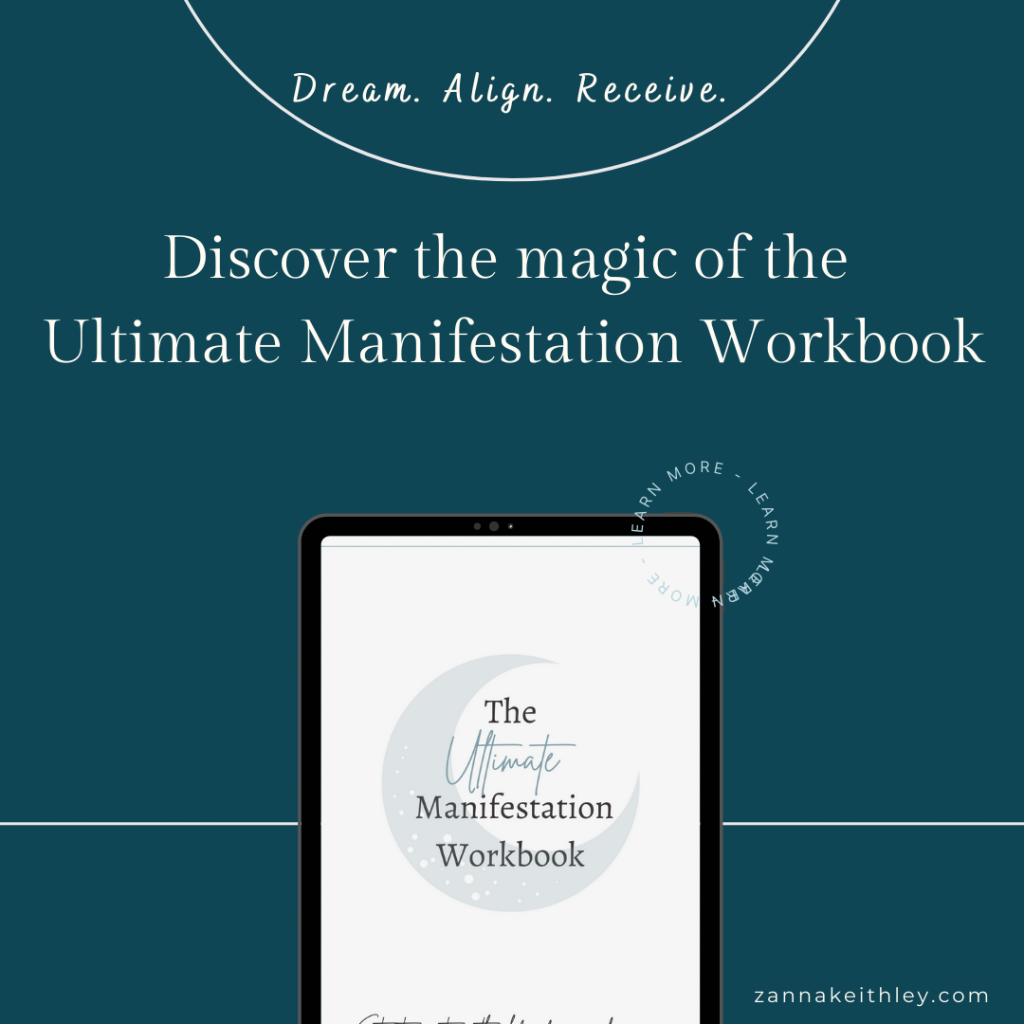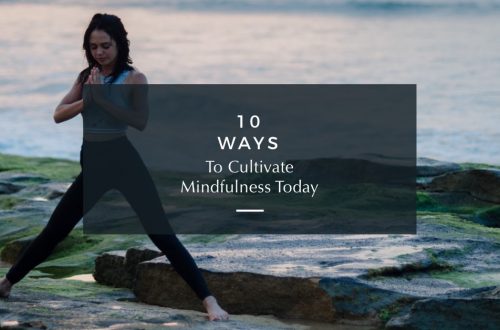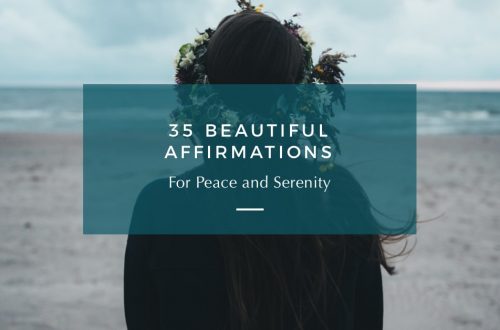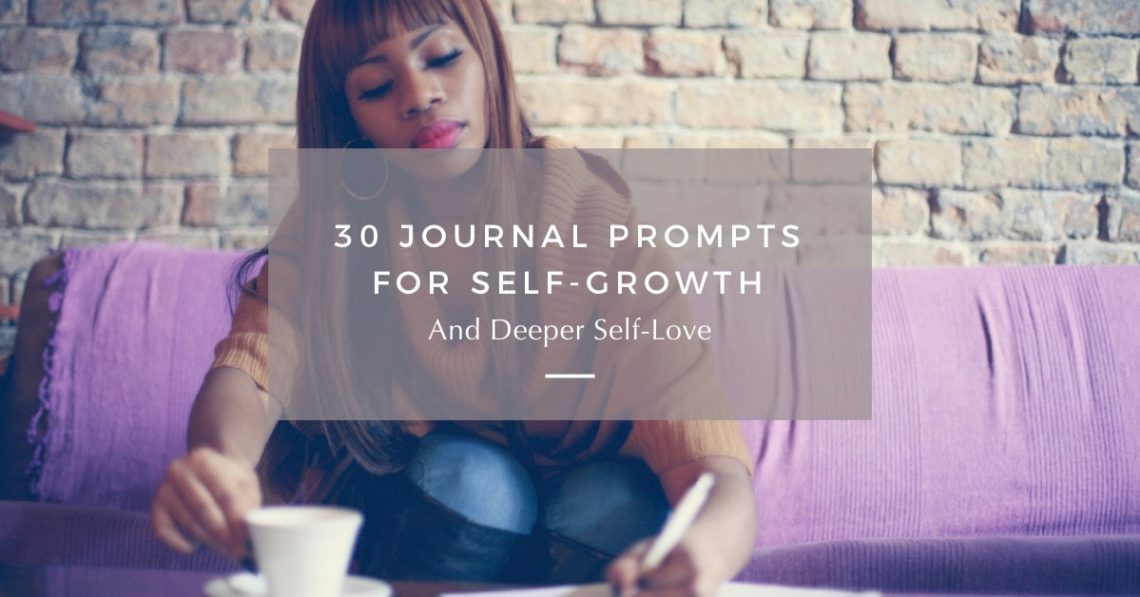-
Self-Care Plan + Free Printable Self-Care Habit Tracker
Below, learn how to create a personalized self-care plan that supports your whole self: mind, body, and soul. Plus, download your free weekly self-care habit tracker to help you remain committed and consistent with your daily self-care routine.
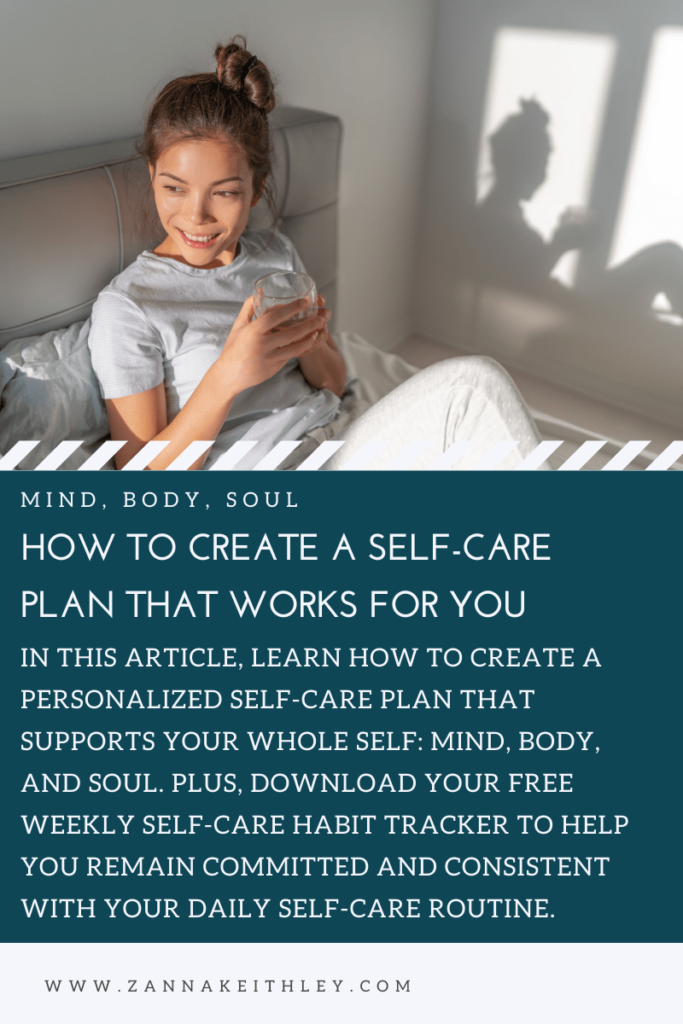
Pin this for later! How To Create A Self-Care Plan That Works For You What Is A Self-Care Plan?
Self-care refers to the combination of practices you engage in to serve and support your physical, spiritual, mental, and emotional well-being. These practices range from the small things you do each day (like brushing your teeth) to the bigger practices that nourish your mind, body, and spirit (like unplugging from social media during the weekend to focus on your innermost self).
When you ask someone whether they practice self-care, you’ll often hear the response that they don’t have time for self-care. You may have even said this yourself a time or two.
This is because we often associate self-care with spa days, pedicures, and those really “big” things that we consider to be luxuries.
But self-care is intrinsically so much more.
You practice self-care when you focus on taking deep, mindful breaths at a traffic light instead of stressing about how many seconds it’ll take for the light to turn green.
You practice self-care when you set boundaries to protect your energy.
You practice self-care when you meditate for ten minutes in the morning before starting your workday.
Self-care can be practiced in many ways, big and small. And a self-care plan personalized to your specific needs can help you prioritize your self-care not just as an “every once in a while” practice but as something you do every single day.
But first-—what exactly is a self-care plan?
A self-care plan is a set of practices you prioritize in your daily life to take care of your mental, physical, emotional, and spiritual health. This is kind of like preventative care for your mind, body, and soul. Instead of waiting until your cup is completely empty before you finally let yourself focus on your own needs, you can keep your cup full each day by engaging in activities that nourish your spirit.
Below, you’ll learn how to create a self-care plan that works for you in seven simple steps. Plus, be sure to download your free self-care habit tracker to help you stay committed and consistent in your daily self-care routine. (Click here to skip straight to your freebie!)
- You May Also Like: 30-Day Self-Care Challenge (Free Printable)
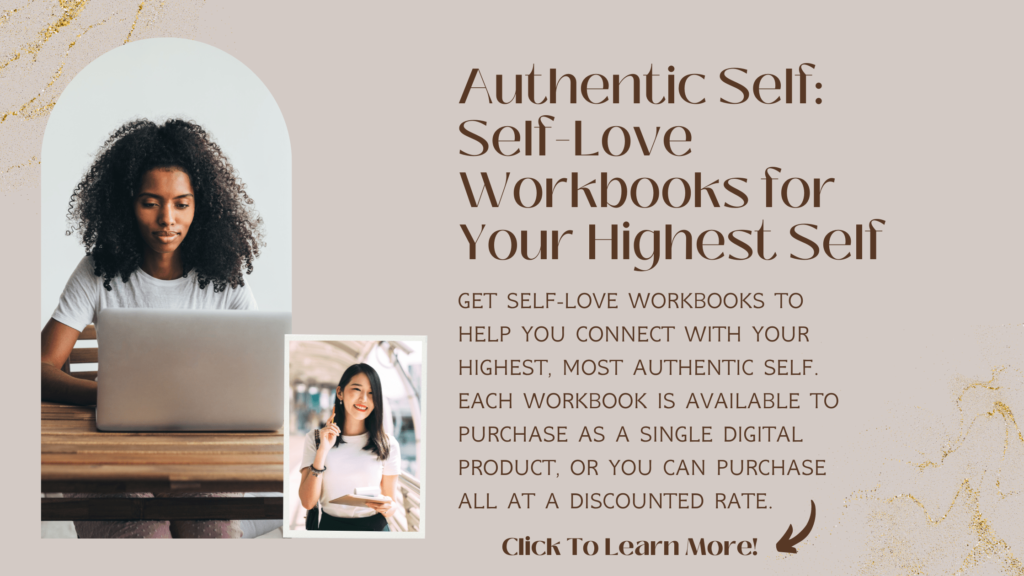
How To Create A Self-Care Plan That Works For You
Step 1: Define What Self-Care Means To You
The first step in building a self-care plan is to define what self-care means to you. By creating your own definition of self-care, you can focus on incorporating practices into your daily routine that fit this definition.
We’re all different, so we likely won’t all have the exact same definition of self-care. For instance, maybe you want to focus more on the spiritual side of self-care, or maybe the spiritual aspect is less important, but mental self-care is your priority.
To help you get started, here are a few definitions of self-care from individuals and health organizations that you can use as a foundation:
- The World Health Organization defines self-care as “the ability of individuals, families and communities to promote health, prevent disease, maintain health, and to cope with illness and disability with or without the support of a healthcare provider.”
- The Global Self-Care Federation defines self-care as “the practice of individuals looking after their own health using the knowledge and information available to them. It is a decision-making process that empowers individuals to look after their own health efficiently and conveniently, in collaboration with health and social care professionals as needed.”
- And I love this quote by writer Katie Reed: “Self-care is giving the world the best of you, instead of what’s left of you.”
- And another one I love by author Robyn Conley Downs: “Self-care: doing the things that make you feel more like yourself.”
Craft a definition that feels authentic to you, and let this be your guiding light as you create a self-care plan personalized to your needs.
Step 2: Identify Your Objective
After you’ve defined self-care for yourself, take some time to identify your purpose and objective for creating this plan.
For instance, is there a specific problem in your life that you’re trying to solve? Do you find yourself tired and burned out by the end of the week due to never-ending tasks, chores, and to-do lists? Are you looking to support your own health and well-being for long-term, sustainable happiness?
Identifying your objective will help you as you begin brainstorming new self-care practices you want to include in your daily routine.
If your objective is to create a mindset of peace and calm so you won’t become overwhelmed by external demands, then you’ll know to include practices to support a calm mindset (like meditation, yoga, and breathing exercises).
If your objective is to take care of your long-term health and well-being (kind of like preventative care for your whole self), then you know you’ll want to include self-care practices that accomplish this goal.
Finally, identifying your objective will help you to stay on-track for those self-care activities you might not always want to do. While the majority of your self-care plan should feel really good to you (i.e. you should want to do these things because they genuinely make you happy), there may be a few things you’re not super excited about. Exercising is a big one for a lot of people.
There may also be times when you want to practice self-care, but your mind tells you that you should be working late at night or doing something more “productive.”
In these moments, remembering your objective—or your why—can help you realign with this important truth:
Self-care isn’t a luxury. It’s a necessity for the long-term health of your mental, emotional, physical, and spiritual well-being.
Step 3: Acknowledge The Self-Care Practices You Already Regularly Do
Self-care isn’t just about the really big things that take dedicated time and effort to complete. It’s also about the little things you do in your daily life to take care of your entire well-being: mind, body, and soul.
Showering, brushing your teeth, and washing your face are all examples of self-care you likely already practice in your daily life. Scheduling doctor’s appointments is another example of self-care. So is making healthy food choices and getting enough sleep at night.
You’re likely already practicing self-care in both small and big ways. If you meditate regularly, go to yoga class a couple times a week, or take a daily walk outside, you’re already dedicating time to self-care. It may not always feel like this because we often associate self-care with spa days and bubble baths, but self-care comes in all forms.
(And some of the most important daily self-care practices you can do that don’t take any extra time or energy on your part? Speaking to yourself with kindness and compassion when no one is around. Being kind to yourself in the privacy of your own mind. Building yourself up rather than tearing yourself down.)
Write down all the things you’re already doing to nourish your mind, body, and soul. You’re not building your self-care plan from nothing. These self-care practices you already do will be the foundation for your well-rounded, personalized routine.
Step 4: Write Down Any Negative Coping Mechanisms You May Have
This one may be a little harder, but it’s important to be honest with yourself. When you’re feeling stressed or overwhelmed, do you have any negative coping mechanisms that might feel good in the moment but don’t contribute to your overall health and well-being?
Negative coping mechanisms could include drinking, eating junk food, impulsive spending, consuming social media and gossip websites, and excessively withdrawing from others.
Write down any negative coping mechanisms you have that you’d like to release. A self-care plan isn’t just about what you add into your life but also what you’re letting go of. When you let go of what no longer serves you, you make space in your life for more of the things that do.
As you begin thinking about what new self-care practices you want to incorporate into your life, consider the negative coping mechanisms you’ve leaned on in the past. Self-care means acknowledging these coping mechanisms (without judgment or criticism—remember, you’re only human) and understanding the root of why you lean on these things to cope with difficult situations.
Sometimes, these negative coping mechanisms may be easy to let go of and replace. Maybe you tend to go straight to the junk food when you’re feeling stressed at work, and you can instead turn your attention to breathing exercises, meditation, nature walks, positive affirmations, and other tools to serve and support you.
But in other scenarios, these negative coping mechanisms may be a little more difficult to let go of. It may also go beyond the coping mechanism itself—maybe it’s the root of the issue that really needs to be addressed.
If this is the case, remember that talking to someone—whether that’s a therapist, counselor, or someone else who can help you—is also an important aspect of self-care.
Step 5: Write Down The Self-Care Practices You Want To Add To Your Daily Routine
Now, the fun part. What self-care practices do you want to add to your daily routine?
To do this, it might be helpful to break it down into categories: Mental Self-Care, Physical Self-Care, Emotional Self-Care, and Spiritual Self-Care. You can also include a category for Professional Self-Care, which would include self-care practices that can support you while you’re at work.
When you’re making your plan, try not to make it too overwhelming—and just as importantly, make it something that actually feels exciting for you. Don’t throw in things just because you think you should do them. Fill it with activities that feel good and right for you.
Some people may love to cook and find a lot of joy in the cooking process, but if this isn’t you, don’t force it. In fact, your personal self-care plan might include ideas to decrease your time spent cooking throughout the week.
Here are some ideas for different types of self-care practices you can include in your plan:
Mental Self-Care
- Practice mindfulness
- Learn a new skill
- Read a book rooted in personal growth
- Unplug from social media
- Do something creative
- Talk to a counselor or therapist
Emotional Self-Care
- Journal
- Create a gratitude list
- Spend time in the sun
- Have a coffee date with a friend who always lifts your spirits
- Take a relaxing bath with candles
- Hug someone you love
- Watch your favorite funny TV show
- Laugh, cry, or do a little of both
Physical Self-Care
- Stretch your body
- Go on a daily walk around the neighborhood
- Drink plenty of water
- Get enough sleep to feel rested and energized
- Move your body in a way that feels good to you
- Practice good hygiene
Spiritual Self-Care
- Pray
- Spend time in solitude
- Create a sacred space in your home
- Connect with your higher self
- Meditate
- Journal under the new moon (or full moon)
- Read a book rooted in spirituality
- Connect with a spiritual community
And don’t forget to add in professional self-care if this is important for you. Examples of professional self-care practices include eating lunch away from your desk, taking regular breaks, using your standing desk (if you have one), setting boundaries, and using your vacation time (either for an actual vacation or for your own mental health day).
Step 6: Schedule Your Self-Care Into Your Calendar
After you write down what practices you want to include in your self-care plan, it’s time to commit to them. And the best way to do this is to schedule your self-care as a non-negotiable promise to yourself in your calendar.
To start, pick out any “bigger” self-care practices that are going to take a little more time. For instance, maybe you want to start taking yourself out on a date once a week. Now go ahead and schedule these events into your calendar.
If there’s anything additional you’ll need before you start (such as facial masks for your own at-home spa night or a good book for the reading time you have scheduled later in the week), make sure you write down and commit to purchasing these products, too.
Then, take a look at the smaller daily activities you want to focus on. This could include practices such as meditating for ten minutes every morning, going on a daily walk, spending time in the sun, or stretching in the evenings.
Instead of scheduling each of these things into your calendar every day (though you absolutely can if you find it helpful), you might find it beneficial to create a habit tracker for your self-care practices.
A habit tracker is a tool that helps you track how well you’re sticking to the daily habits you’ve decided to commit to.
After you complete a self-care practice, mark it on your habit tracker to signify that you completed it. At the end of each week or month, you’ll be able to easily see which habits you were consistent with and which ones you might need to focus on a little more.
Note that the purpose of the habit tracker isn’t to judge or criticize yourself for what you do or don’t do. It’s simply an assessment tool that can also help keep you committed and consistent in prioritizing your self-care. (Remember: Consistency > Perfection)
To help you get started, you can skip to the bottom of this post to download your free self-care habit tracker.
Step 7: Reflect & Adjust Your Plan After The First Month
Are there any self-care practices you included in your plan that you’re realizing you don’t actually enjoy? Is there something that can be tweaked or changed? Or do you want to add more of something into your plan? (For instance, increasing your daily meditation time by ten minutes or adding an extra hour of reading and relaxation time into your week.)
Make sure you’re regularly assessing your self-care plan for what is and isn’t working. Just because you committed to something in the beginning doesn’t mean you have to continue doing it if it doesn’t feel right.
Remember, your self-care plan is meant to serve you, not the other way around. Don’t do something just because you feel like you’re supposed to. Do it because it supports your mind, body, and soul—because it makes you feel better in the long-term, not worse.
Are you ready for your free printable self-care tracker? Click here to download yours today! This digital file is completely free for your personal use. I just ask that if you do share this file on your website or social media, you link back to this website or tag me. I’d love to see how you fill out your personal self-care plan!
For more resources on spirituality, meditation, manifestation, and all things self-love, connect with me on Instagram and Pinterest, where I’m posting positive affirmations and empowering messages daily.
More Articles You May Like
- Sacred Self-Care For The 7 Chakras (A Complete Guide)
- Vision Board Ideas To Visualize Your Ideal Future (With Examples)
- 8 Powerful Guided Meditations For Manifesting Your Dreams
- 30 Journal Prompts For Self Growth (& Deeper Self-Love)
- 11 Beautiful Poetry Books About Self-Love & Acceptance
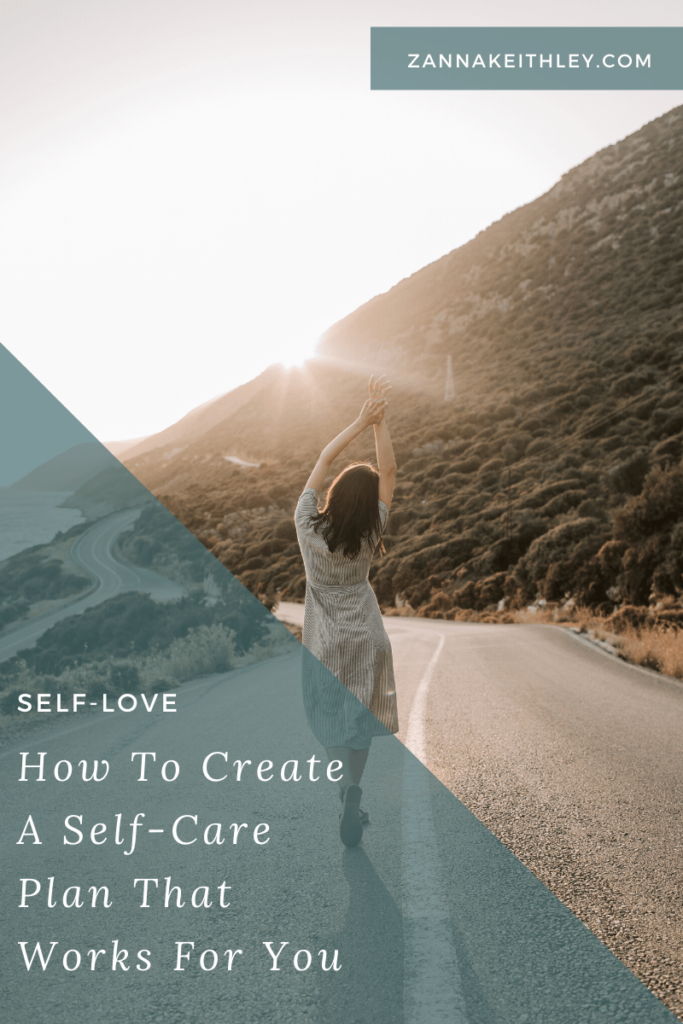
Pin this for later! How To Create A Self-Care Plan That Works For You 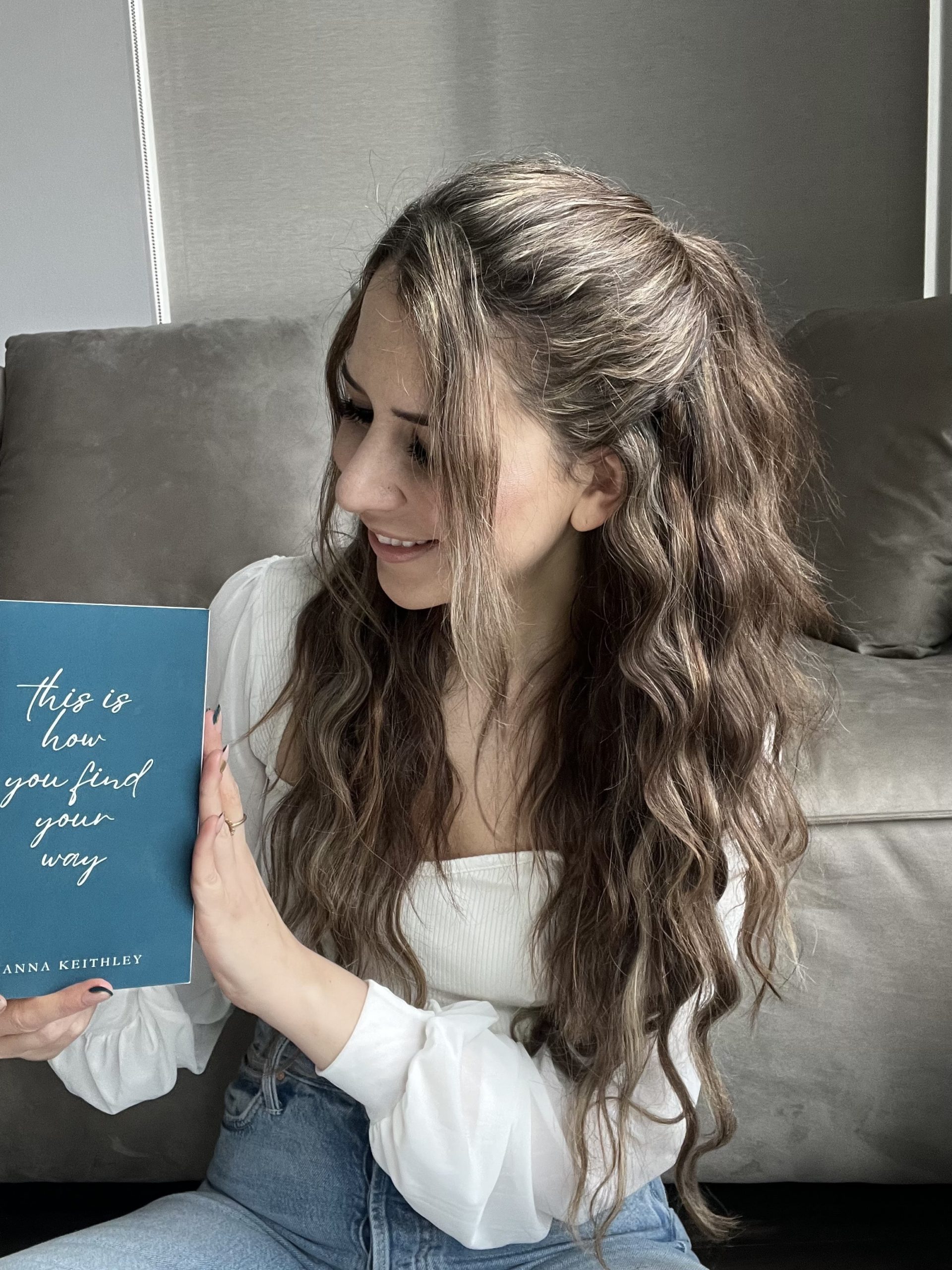
Zanna Keithley is an author, poet, and social media content creator who writes short prose dedicated to inspiring readers to follow their dreams, trust their intuition, and create beautiful and fulfilling lives. You can find her original writing on Instagram @zannakeithley.
-
30 Protection Affirmations To Guard Your Energy
Below, discover 30 powerful protection affirmations to guard your energy and help you to remain calm, centered, and peaceful, no matter what’s happening in your outer world.
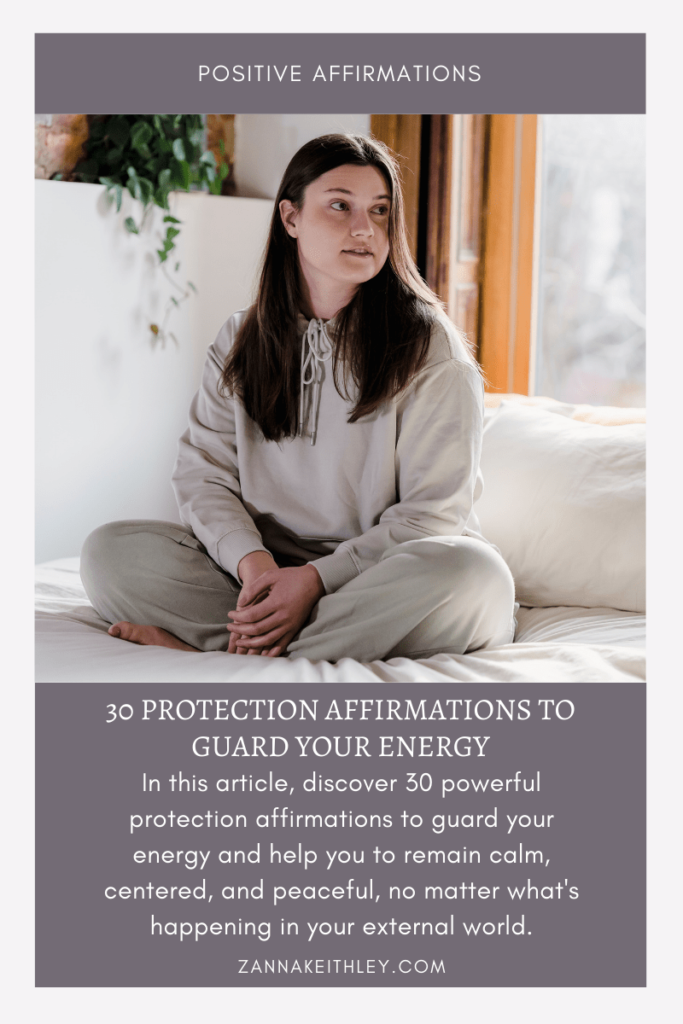
Pin this for later! 30 Protection Affirmations To Guard Your Energy How To Protect Your Energy
Protecting your energy is a profound act of self-care.
To understand the importance of protecting your energy, it helps to understand the 12 Laws of the Universe. The spiritual laws fo the universe explain exactly how energy plays a part in our daily lives.
According to the Law of Vibration, everything and every being is in a constant state of vibration, always emitting frequencies and energies that we can’t see on the surface. So you emit your own energy, just like the device you’re reading this on also has its own energetic frequency.
Once you understand how different types of energy feel within, you have the power to tune your energy to your desired vibrational frequency.
So if you step back and realize you’re emitting the energy of stress or worry, you might take a deep breath and visualize how you’d like to feel. What kind of energy do you want to emit out into the world?
If you want to replace stress with calm, you might try a breathing exercise, repeat some positive affirmations, walk outside to stand in the sunshine, and do other practices to help you tune your vibrational frequency to the calm and peaceful energy you desire.
(Note that this doesn’t mean suppressing your stress or worry. You’re allowed to acknowledge these feelings—and especially to acknowledge the source of these feelings. But ultimately, you’re the gatekeeper of your own energy. You get to choose your own energy, no matter what’s happening in your outer world.)
Understanding your own energy is especially important when it comes to your daily interactions with other people.
According to the Law of Perpetual Transmutation of Energy, all energy in the universe is constantly fluctuating and changing from one form to another.
Most of the time, we don’t see these changes because they’re happening at a cellular level.
What’s important here is understanding that your vibrational frequency has the power to affect another’s, and another’s vibrational frequency can affect yours.
So if you have an interaction with someone who’s emitting a lot of negative energy, their low energy can bring your own energy down. Alternatively, someone in a really cheery mood can lift your energy with a single positive interaction.
Because energy can be so easily shifted and influenced, it’s important to have practices to protect your energy so you can consciously choose what you allow in and what you keep out.
And that’s what’s most important here: knowing that you’re always in charge of your energy. Other people’s beliefs and emotions may affect you, but ultimately, you’re the one who gets to choose how you feel.
Below, you’ll find 30 powerful protection affirmations to guard your energy and help you to remain calm, centered, and stable, no matter what’s happening in the world around you.
- You May Also Like: 7 Types Of Protection Jewelry To Guard Your Energy

Protection Affirmations
- I am in charge of my own energy. I choose how I feel in every moment.
- I am the only one who gets to choose how I feel.
- I am choosing to feel grounded, calm, peaceful, and secure.
- I am safe and supported, rooted in this present moment.
- I am protected, connected, and whole.
- I am allowed to put myself first.
- I am allowed to say no to things that do not serve my highest good.
- I give myself permission to do what is right for me.
- I honor the commitments I make to myself.
- I uphold the standards I set for myself.
- I let go of worries that drain my energy.
- I have the power to rise above negative energy and pessimistic thinking.
- I have the power to rise above negative emotions that do not serve my mind, body, and soul.
- Even when the world around me feels chaotic, I remain rooted firmly to the ground.
- When I’m feeling overwhelmed, I allow myself space to pause and breathe.
- I vibrate powerful, abundant, peaceful energy and attract this same energy in return.
- I am strong, steady, and grounded.
- I am always supported and protected.
- Every cell of my body supports my total well-being.
- My strength is greater than any struggle.
- I am filled with radiant energy and endless vitality.
- I deeply appreciate my ability to remain calm and peaceful in all situations.
- I am grateful for the abundance of strength that radiates throughout my entire body.
- I honor my past experiences, but I do not allow them to take away from my current joy.
- I forgive those who have harmed me in my past and peacefully detach from them.
- I release my internal fight with the old and focus my energy on creating the new.
- I make space for all my feelings, but I have the power to rise above anything that doesn’t serve my highest good.
- I am choosing to show up for myself, today and every day.
- My energy is reserved for the things, people, and experiences that truly matter to me.
- I am inhaling peace and exhaling anything that doesn’t serve and support my total well-being.
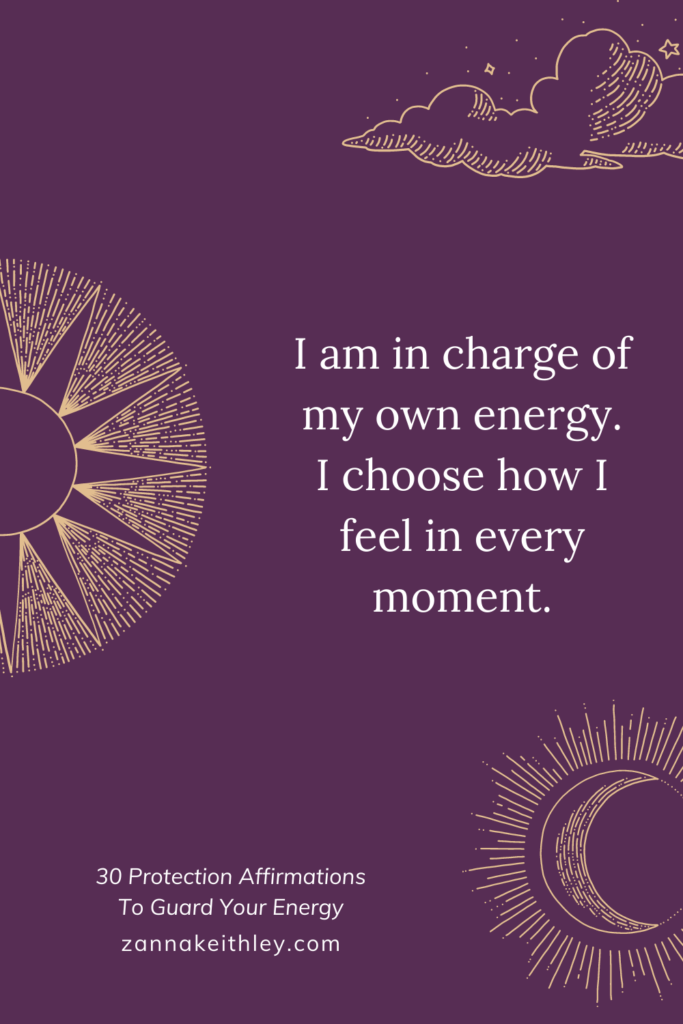
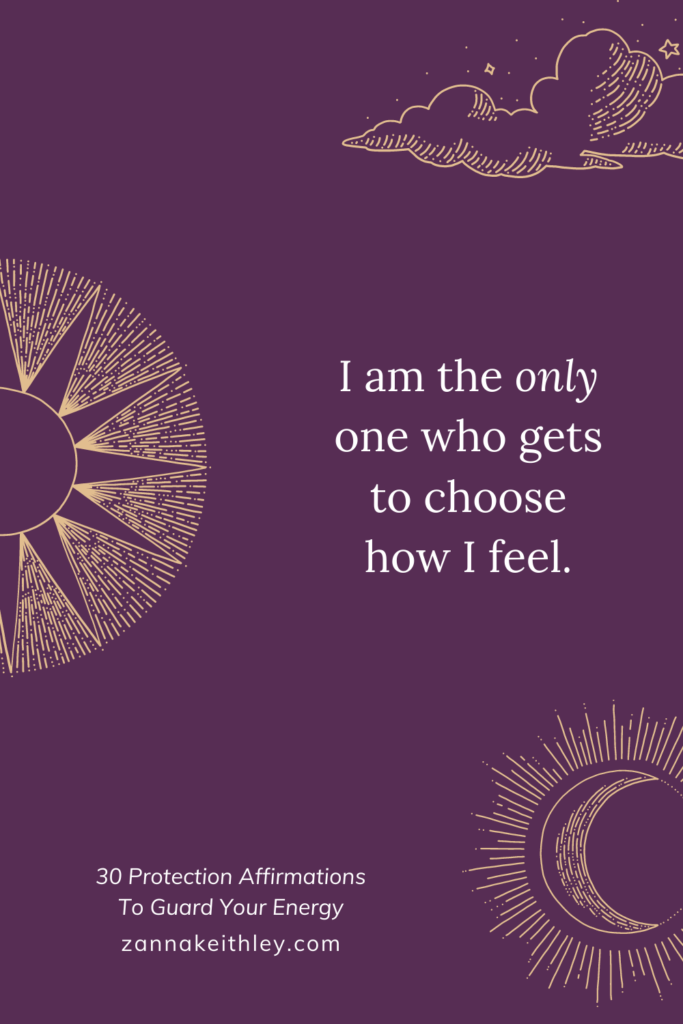
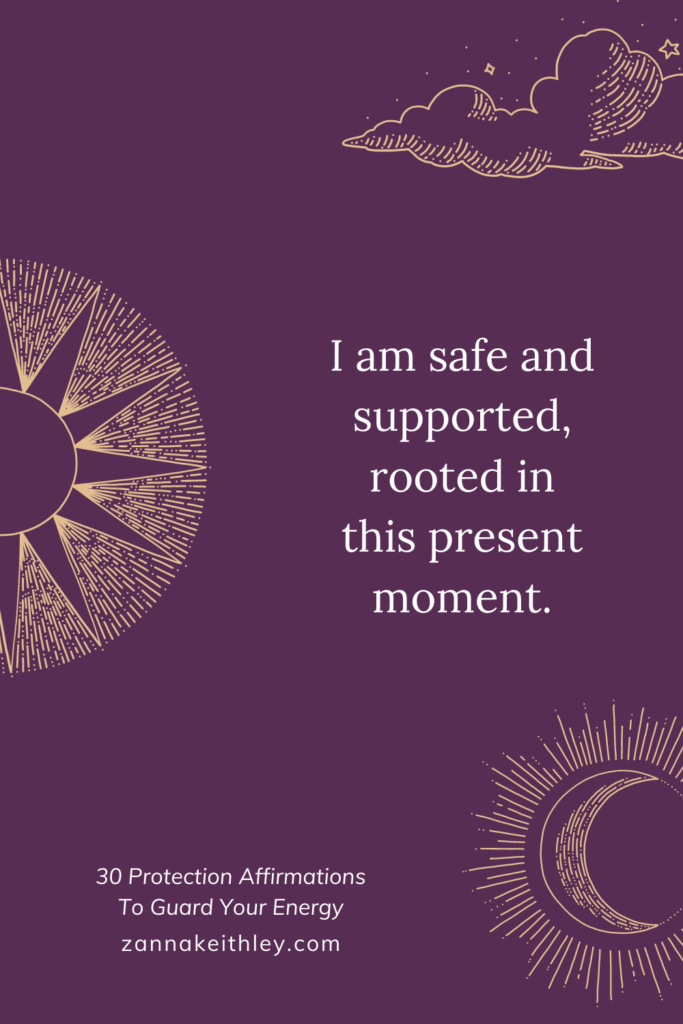
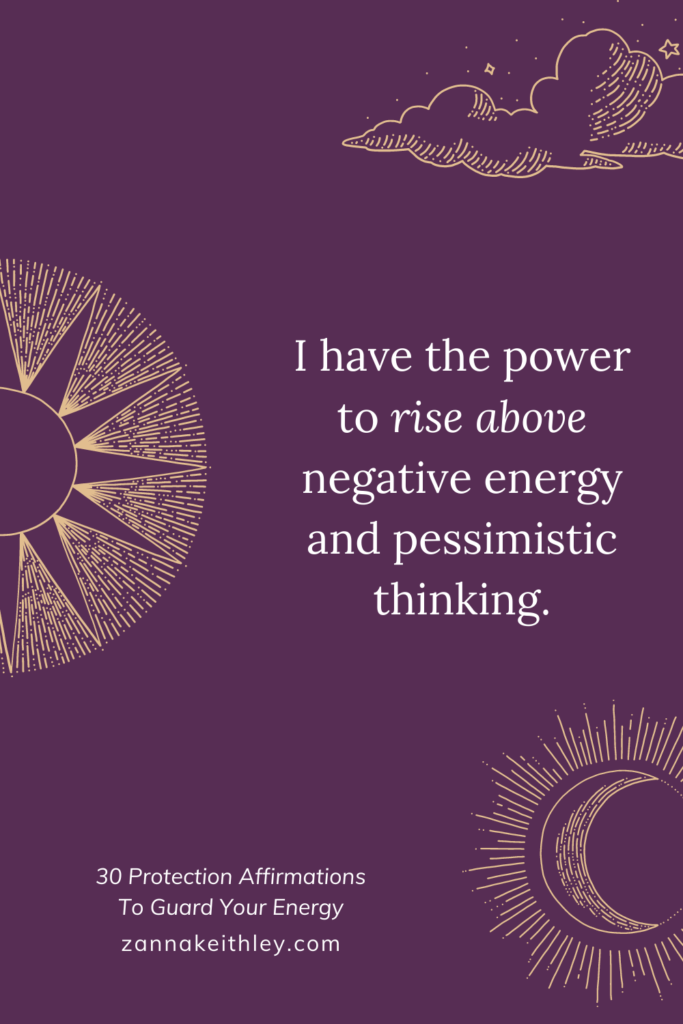
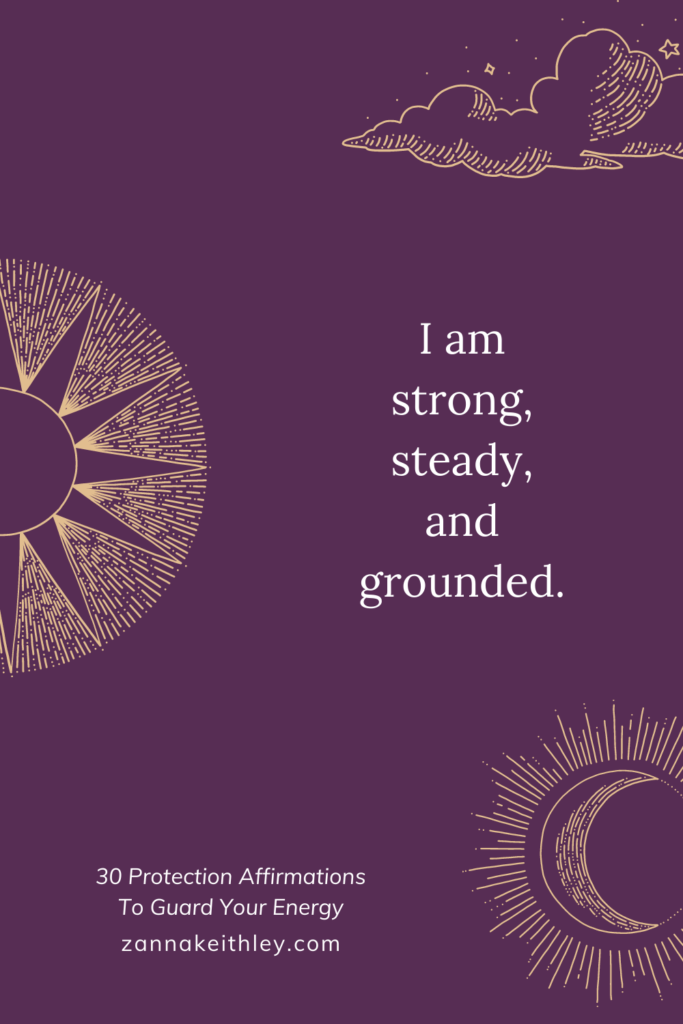

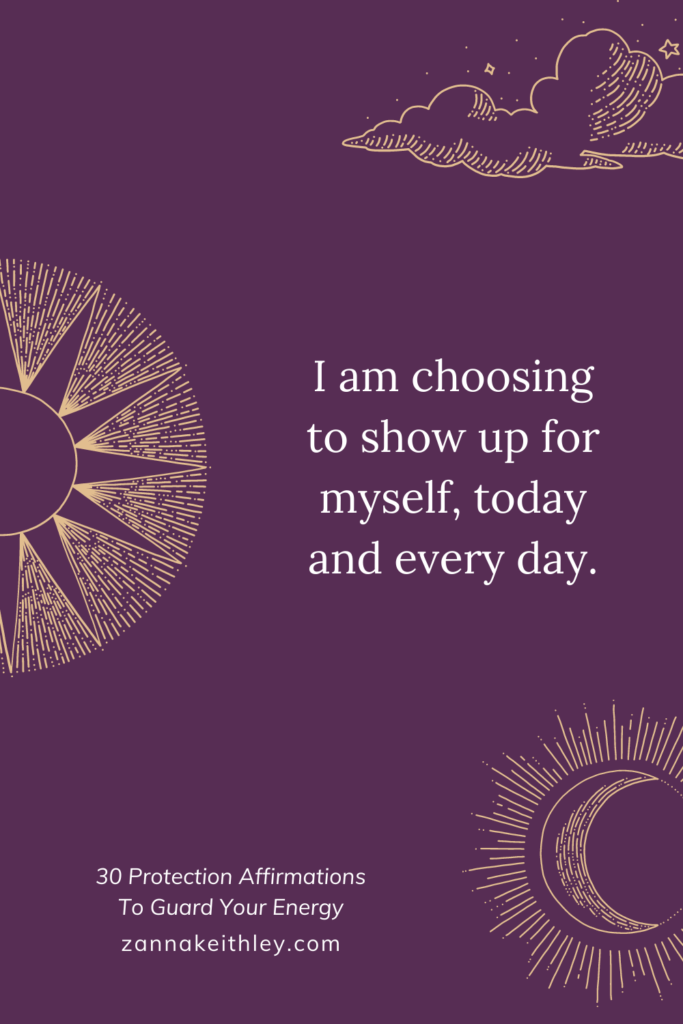
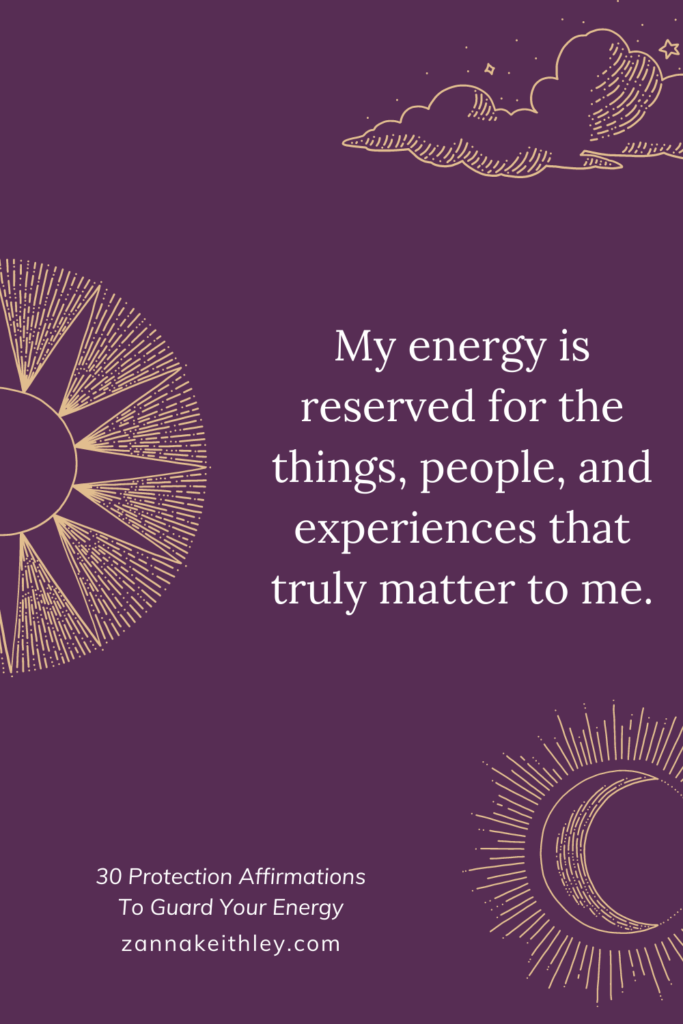
For more resources on spirituality, meditation, manifestation, and all things self-love, connect with me on Instagram and Pinterest, where I’m posting positive affirmations and empowering messages daily.
More Articles For You
- 30 Profound Journal Prompts For Spiritual Growth
- 30-Day Self-Care Challenge (Free Printable)
- 11 Beautiful Poetry Books About Self-Love & Acceptance
- How To Receive Messages From The Universe
- 28 Inspiring Quotes For New Beginnings

Pin this for later! 30 Protection Affirmations To Guard Your Energy 
Zanna Keithley is an author, poet, and social media content creator who writes short prose dedicated to inspiring readers to follow their dreams, trust their intuition, and create beautiful and fulfilling lives. You can find her original writing on Instagram @zannakeithley.
-
Vision Board Ideas To Manifest Your Future (With Examples)
In this article, discover the purpose of a vision board, plus get unique vision board ideas to help you start manifesting your ideal future today. (With images and examples below!)

Pin this for later! Vision Board Ideas To Visualize Your Ideal Future (With Examples) What Is A Vision Board?
A vision board is a collection of images and/or words that represent your goals and dreams. In essence, it’s a visual representation of all your goals located in one spot where you can easily see it every day.
When you include images on your vision board, you can choose to include images that represent exactly what you want, or you can choose pictures that present an overall feeling of what you desire. (You can also include a mixture of both.)
For instance, let’s say you want to own a house by the ocean one day. So you find an image of the perfect beachfront property and add it to your vision board. In this example, the house is a tangible thing that you desire.
But it may not always be a concrete thing that you want. Maybe instead, your biggest goal in life is to feel a deep sense of freedom. In that scenario, you might choose to include an image that represents the feeling of freedom to you—like an open road, a field of wildflowers, or a person standing on top of a mountain with their arms stretched out wide.
While images are typically the focal point of a vision board, you can also include words on your board that have special meaning to you. For instance, you might use words to caption your images, or you can include empowering quotes and affirmations that capture the feeling of your ideal life. You can also include written bucket lists on your vision board for extra motivation. (You’ll find examples of all of these below.)
Finally, while it’s not common, you can choose to include just word descriptions on your vision board instead of images. One way to do this is to draw boxes on a piece of paper. (Of course, you can get more creative with it, too.) Label each box with a category, like Career, Family, and Health/Fitness. For each category, write a few sentences describing your goals.
For example, in the Career box, you might write, “I am a successful health coach who makes a positive difference in the lives of all my clients. I coach people on how to create a healthy and sustainable lifestyle that goes beyond just fad diets; the positive changes they make last for their entire lives. I love what I do and am grateful every single day that I get to work in a job that feels fun and fulfilling.”
In the end, there’s no wrong way to create a vision board as long as it feels right to you. The best vision boards will spark your inspiration and make you feel truly excited about the limitless possibilities for the life you’re creating for yourself.
In This Article:
- What Is The Purpose Of A Vision Board?
- Vision Board Categories
- Vision Board Mediums
- Vision Board Ideas (With Examples & Images)
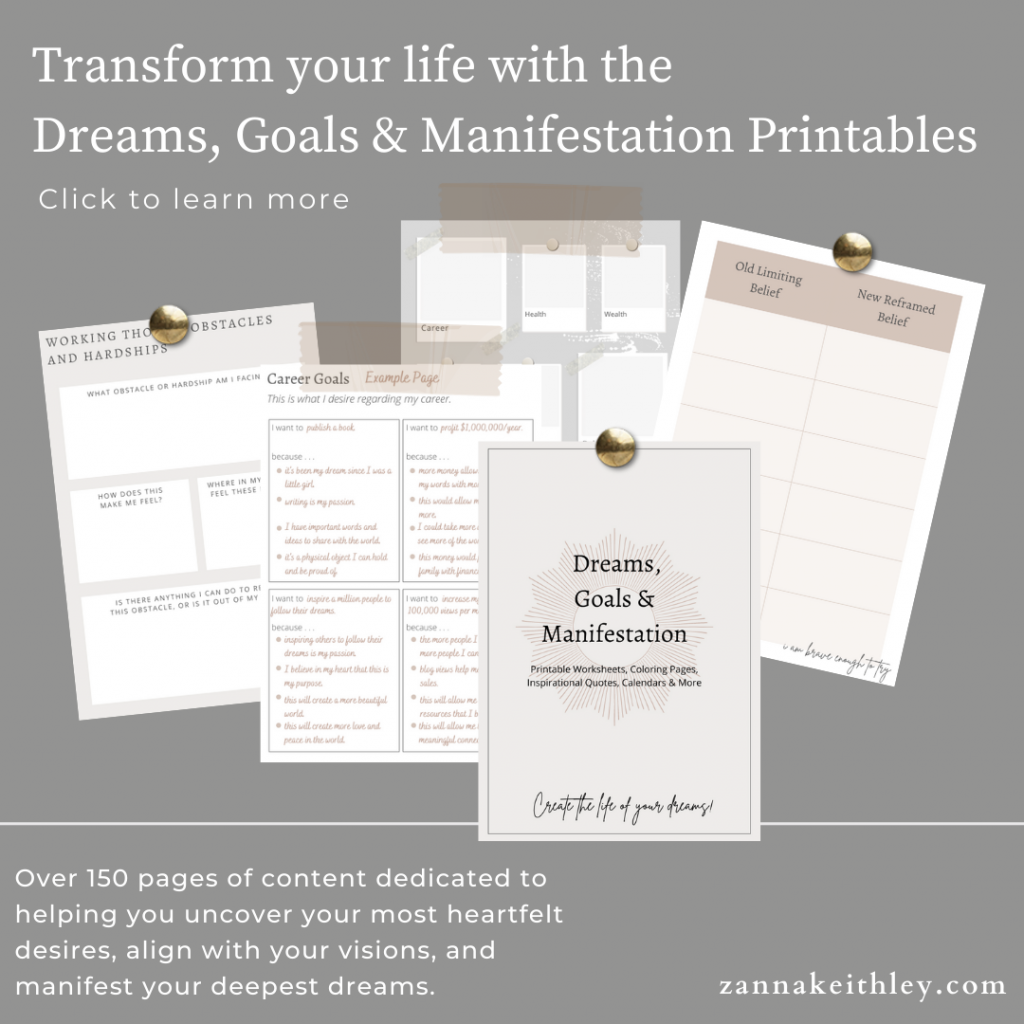
What Is The Purpose Of A Vision Board?
A vision board is used as a goal-setting tool to help you set and visualize your goals. It can also be used as a means of self-reflection.
In your day-to-day life, it can be easy to lose yourself in deadlines, schedules, errands, and to-do lists. A vision board allows you a chance to step back and really see the big picture. It’s an opportunity to ask yourself what really matters to you and how you want your future to look.
A vision board is also a commonly used tool in manifestation, which is the practice of consciously creating your future through the power of your own vibration. (You might know it as the Law of Attraction.) You can use your vision board as a tool to align your vibration with your desired outcome.
For instance, let’s say that financial freedom is one of your life goals. On your vision board, you can include images that represent what it means to you to be financially free. Then, each day, you can take time to look at your vision board and immerse yourself in those images of financial freedom. When you do this, allow yourself to truly feel the positive emotions of having this financial freedom in your current reality. Feel this positive vibration in every cell of your body.
So essentially, instead of waiting for the future to start feeling financially free, you’re letting yourself feel financially free today. By vibrating at the frequency of freedom and abundance today, you attract to you more of these experiences in your physical world.
The same scenario would apply if you want to manifest a loving and committed partner. Instead of waiting for that person to appear in your life before you start feeling truly loved, start showing yourself the love you’re seeking. When you look at your vision board and see a picture of a couple holding hands, imagine what it will feel like to hold your future partner’s hand. Immerse yourself in this positive vibration.
The more you practice feeling the positive emotions associated with the images on your vision board, the deeper this vibration becomes ingrained within you. You’ll begin carrying these positive emotions with you as you walk through your day and interact with the world around you.
And this, in essence, is how you manifest: by becoming the thing that you desire today.
This is one of my favorite ways to describe how manifestation works in just a few words:
“What you think, you create. What you feel, you attract. What you imagine, you become.”
If you’re interested in learning more about manifestation, I have tons of articles on manifesting throughout this site. And for more manifestation tools, you can also check out the digital manifestation workbook, journal, and printables in my online shop.
Vision Board Categories
When you create your vision board, there are likely some obvious categories you’ll want to include, such as your ideal home or your dream job. But you’re not limited to solely these categories—in fact, there are many other categories that might hold even more meaning to you.
For instance, you might include an image that represents your spirituality and any practices that contribute to your spiritual self, such as meditation or religious services. You can also include images that represent your ideal self-care routine or how you’d like to approach your own personal growth and self-development.
Here are some categories you can include in your vision board:
- Career
- Romance
- Family
- Health
- Financial Wealth
- Home
- Vehicle
- Lifestyle
- Vacations
- Fun
- Self-Care
- Personal Growth
- Volunteer
- Creativity
- Physical
- Emotional
- Spiritual
- Mental
- Social
- Things To Have
- Things To Try
Vision Board Mediums
So how do you begin creating a vision board? Here are some ways you can get started:
- You can go with the classic: a poster board, magazine cutouts, and some tape or glue. If you can’t find all your preferred images in magazines, you can also print images you find online.
- You can also do the same as above but instead glue or tape your images to notebook or bullet journal pages.
- And if you’re artistic, you might instead decide to draw your images instead.
- For a portable vision board, you can create an album on your phone titled Vision Board or My Future. Save images to your album that represent your ideal life, and make it a point to regularly scroll through your album. You can also continue to add images whenever you find a photo that resonates with you.
- There are also apps such as VisuApp that allow you to create your own personal digital vision board.
Vision Board Ideas (With Examples & Images)
Vision Board With Pictures

One of the simplest yet most effective ways to create your vision board is to fill it with photos that represent your ideal life. In the vision board above, you quickly get a sense of the vibe the creator of this board wants to represent: vanlife, travel, health and fitness, meditation, reading, creating, and an overall sense of joy and freedom. Fill your board with photos that speak to you and resonate with your whole self: mind, body, and soul.
Vision Board With Captions
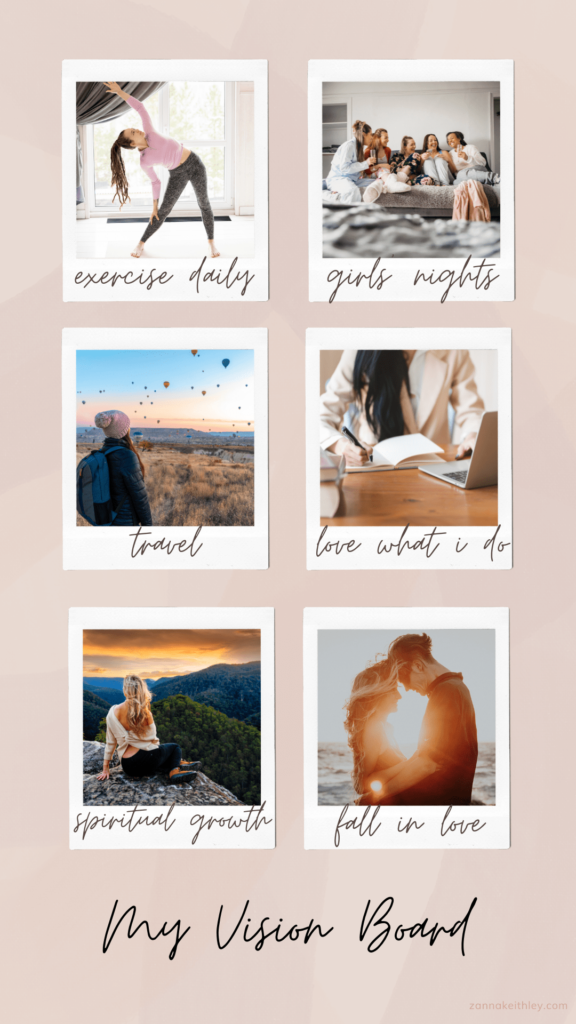
The vision board above includes not only pictures but also captions for each photo that sum up the essence of each image and what the owner of the board hopes to create in the year ahead. The addition of captions can add a little something special to a vision board, turning an abstract image into something a little more concrete.
Vision Board With Affirmations

Another fun and empowering way to make your vision board is to pair photos that speak to your soul with high-vibe affirmations that leave you feeling confident, empowered, and inspired. Every time you look at your vision board, repeat these affirmations and truly feel the positive vibrations connected to the words. This is the path to manifesting your dreams: knowing that everything you desire is already yours.
Vision Board With Quotes
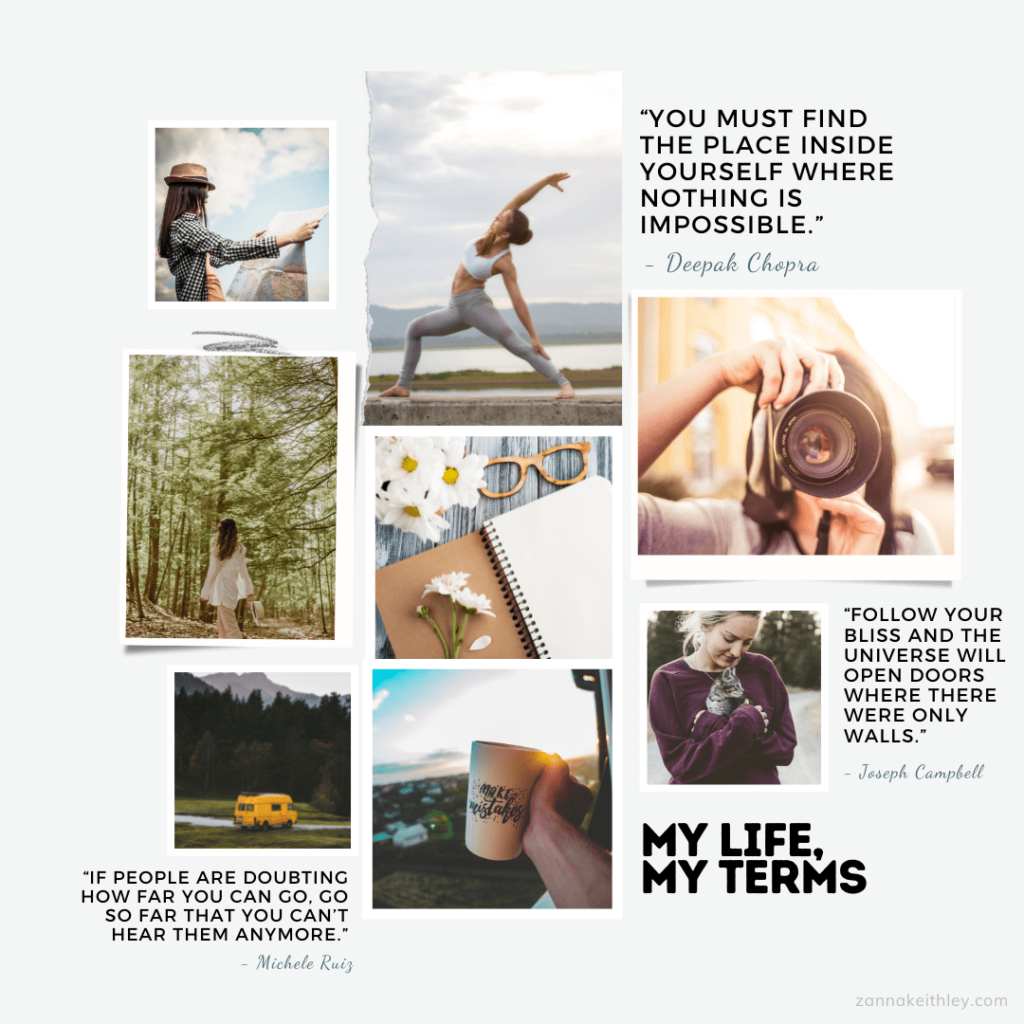
One of my favorite ways to create a vision board is to pair photos with uplifting quotes that give me a little extra burst of confidence and self-belief. If you’d like some help getting started, you can find 26 inspirational quotes for following your dreams here.
Vision Board With Goal List
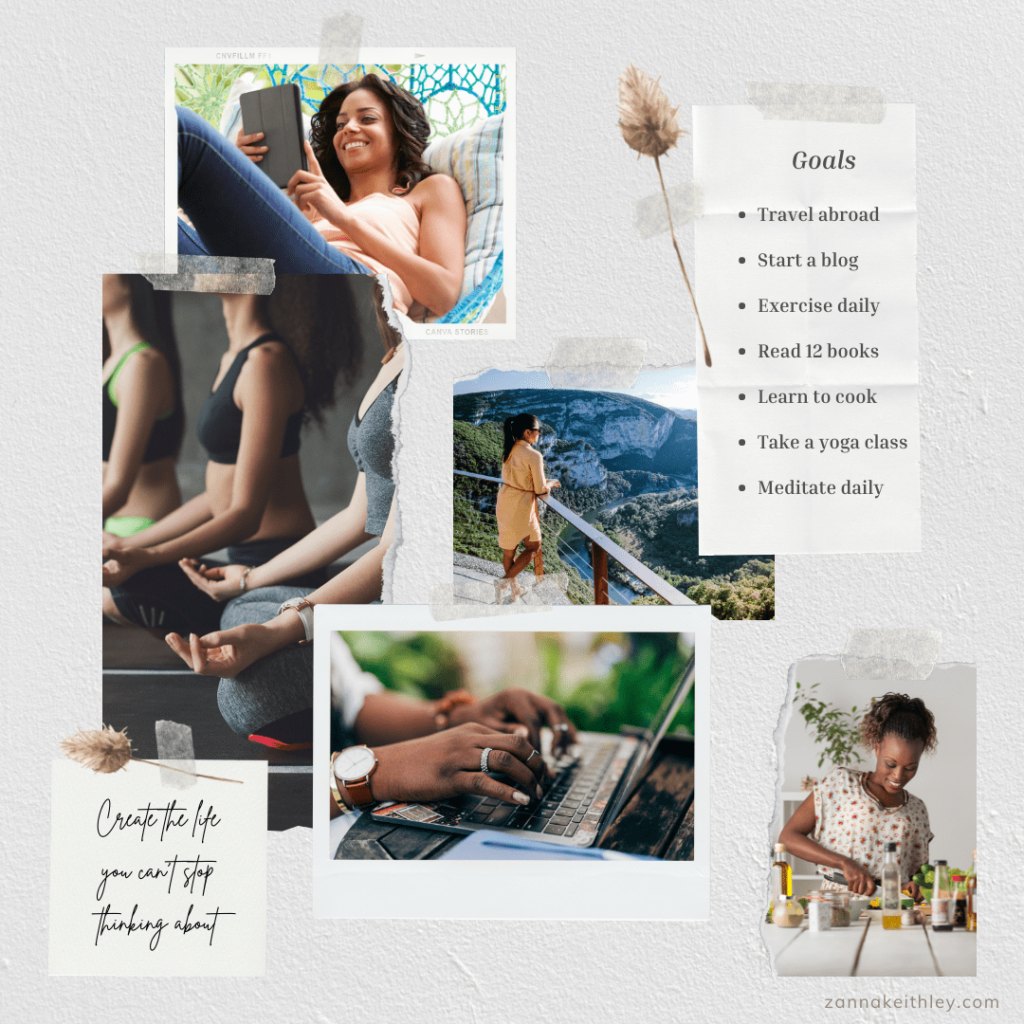
Another unique approach you can take with your vision board is to include a list of goals on your board. In the image above, the owner of the board has included a list of goals for the year ahead. You might also choose to include a list of overall life goals or bucket list items.
Digital Vision Board

One of the easiest ways to make a vision board is to create a Vision Board album on your phone. Save images to this album that align with the vision you have of your ideal future, and continue to add photos whenever you see something that resonates with you. You can also include uplifting quotes and affirmations here, too. (And the best part? It’s portable, so you always have your vision board within reach, no matter where you are.)
For more manifesting tips, daily affirmations, and lots of positive vibrations, be sure to follow me on Pinterest and Instagram.
More Manifestation Resources
- 9 Guided Meditations For Manifesting Your Desires
- How To Manifest On Paper In 5 Easy Steps
- 10 Best Manifestation Books to Read This Year
- Manifestation Challenge: Free 30-Day Manifestation Calendar
- Candle Colors For Manifestation (A Complete Guide)

Pin this for later! Vision Board Ideas To Visualize Your Ideal Future (With Examples) 
Zanna Keithley is an author, poet, and social media content creator who writes short prose dedicated to inspiring readers to follow their dreams, trust their intuition, and create beautiful and fulfilling lives. You can find her original writing on Instagram @zannakeithley.
-
Sacred Self-Care For The 7 Chakras (A Complete Guide)
In this article, learn the importance of self-care for healing your body’s energy centers, and discover meaningful self-care practices for each of your body’s seven main chakras.
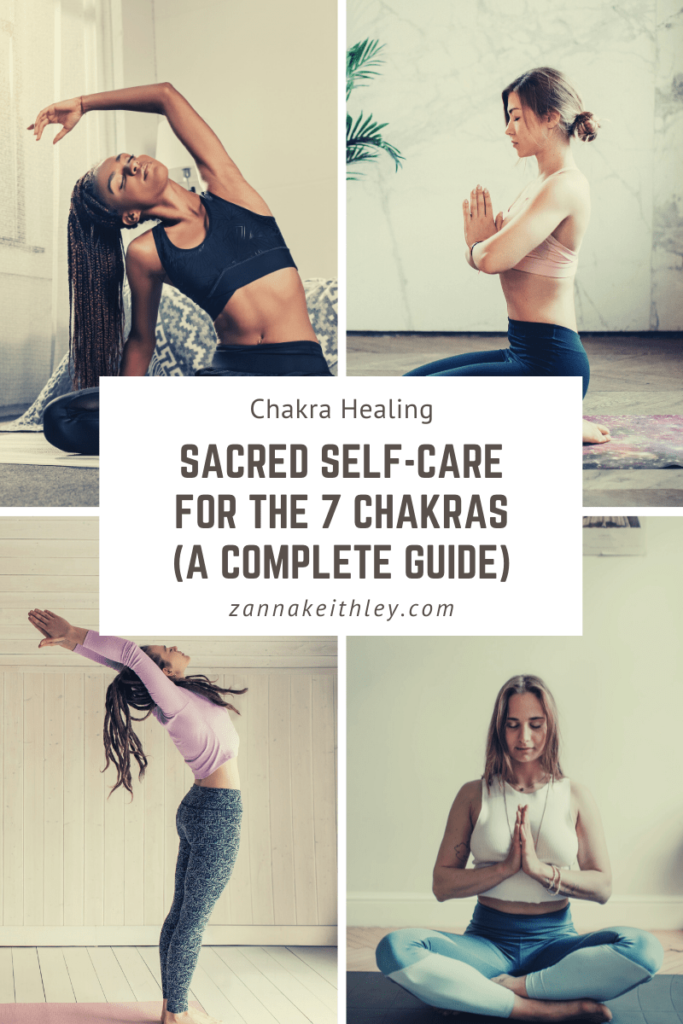
Pin this for later! Sacred Self-Care For The 7 Chakras (A Complete Guide) What Are Chakras?
Chakra is a Sanskrit word meaning “wheel” or “disk.” A commonly accepted definition for the word chakra is a wheel of energy in your body.
You can also think of it like a vortex of energy within you. This vortex isn’t an actual physical thing, though. Rather, it’s energy that you experience through feelings, sensations, and your deep inner knowing.
So what do these vortexes, or energy centers, do?
Within you, you hold universal life force, or prana. Ideally, your life force is always flowing effortlessly through your body. You can think of it kind of like you have your own transportation infrastructure inside you. Your life force is the vehicle moving through you.
This vehicle travels along roads called nadis. (You have thousands of these roads, or energy channels, inside of you.)
And these nadis meet at intersections, which are your chakras.
So ideally, everything in your infrastructure is working perfectly. Roads are open. Intersections are unblocked. Energy flows seamlessly.
But just like an actual road or highway, everything doesn’t always work as perfectly as we’d like. Sometimes, intersections get blocked. Roads get backed up. Cars get stuck.
This happens when your energy gets stuck somewhere inside you. For instance, let’s start with your root chakra, also known as your first chakra, located at the base of your spine.
The root chakra is your body’s energy center for stability, safety, strength, security, groundedness, and inner peace. Your root chakra acts as your foundation. This is where you build your strength, power, and steadiness so that the flow of energy can easily move freely throughout your entire body.
Now, let’s say your fundamental needs like food, shelter, warmth, and safety aren’t being met. Or maybe you feel financially insecure or uncertain about potential job layoffs. When these things happen, your energy gets stuck at this energy center, unable to move freely through this intersection.
This results in energetic imbalances, which can manifest as feelings of insecurity, anxiety, depression, disconnection, fear, worry, and restlessness.
This is just the beginning of understanding your chakra system. If you’d like to learn more, I definitely encourage you to check out my chakra articles, which include affirmations, journal prompts, and healing practices for your seven main energy centers.
And if you’re interested in exploring more about chakras and want to begin your own powerful journey of chakra healing, you can check out my Chakra Healing Bundle, which contains a Chakra Healing eBook, Chakra Healing Workbook, and 8-Week Chakra Healing Guide. These healing resources are designed to help you begin a profound journey into aligning with your highest self, healing your soul, and cultivating unconditional self-love.
- You May Also Like: 8 Best Chakra Books For Profound Energy Healing
Self-Care For The Chakras
So why is self-care important for activating, opening, and healing your chakras?
Each energy center is connected to specific emotional, physical, mental, and spiritual attributes.
For instance, as mentioned above, the root chakra is associated with security, stability, and strength. Your sacral chakra, which is your second chakra, is associated with creativity, passion, joy, and prosperity. (You have more than seven chakras, but we tend to focus on the seven below as being your seven “main” energy centers.)
In order to ensure your energy is flowing freely within you, it’s important to regularly check in with yourself.
Has your creativity been stifled lately? Have you been engaging in too much work and not enough play? Is your sense of security shaken? Do you feel like you can’t speak your authentic truth? Do you feel disconnected from yourself, others, and the universe as a whole?
By pinpointing any potential blockages within, you can make space to spend a little extra time with this part of your inner being. Self-care is a profound way to do this.
Below, you’ll find self-care practices for each of your body’s energy centers. I’ve also included the balanced and imbalanced attributes for each of your main chakras. If you meet the balanced attributes, your energy is likely in a good place. But if you meet more of the imbalanced attributes, you may want to spend some extra time engaging in self-care practices associated with that energy center.
- You May Also Like: 30-Day Self-Care Challenge (Free Printable)
Root Chakra Self-Care
- Sanskrit Name: Muladhara (Mula: “root”; Adhara: “support” or “base”)
- Location: Base of spine
- Color: Red
- Balanced Attributes: Secure, Grounded, Strong, Centered, Stable, Steady, Safe, Peaceful, Supported, All Basic Needs Are Met
- Imbalanced Attributes: Insecure, Anxious, Depressed, Scattered, Disconnected, Restless, Fearful, Cynical, Neglected, Worried
- Fundamental Need: Survival
Connect to the Earth
The root chakra is associated with the earth, and one of the most powerful self-care activities you can perform is to immerse yourself in nature and let your bare feet touch the ground.
You might also find a quiet spot to sit outside where you can journal, meditate, or just simply be. Or if you’re a gardener, you might choose to go outside and work in your garden, allowing your bare hands to dig into the earth.
Nature is one of the universe’s greatest healers. When you take the time to connect with the earth, you connect with your roots, your foundation, and the truest, most authentic you.
Focus on Your Basic Needs
When we think of self-care, we often think of pampering activities such as spa days and pedicures. But self-care is intrinsically something more. Whenever you brush your teeth, take a shower, or schedule a medical appointment, you’re practicing self-care. And taking care of your basic needs is the foundation of self-care. These needs include food, water, warmth, rest, security, and safety.
Have you been getting enough calories? Have you gotten enough sleep? Write a list of all the things that you need in order to meet your basic, foundational needs, and regularly make sure you’re meeting your needs.
Other Practices
- Meditate
- Repeat root chakra affirmations
- Practice breathing exercises, such as alternate nostril breathing
- Express gratitude for everything in your life that contributes to an open root chakra, such as your home, blankets, food, access to clean water, and the locks on your door. (For more ideas, here’s a list of 500 things to be grateful for today.)
- Practice yoga. Include the following poses (asanas): Mountain Pose, Downward Dog, Tree Pose, Lunge Pose, Warrior II
Sacral Chakra Self-Care
- Sanskrit Name: Svadhishthana (Sva = “self”; shthana = “place”)
- Location: Lower abdomen (below your navel)
- Color: Orange
- Balanced Attributes: Creative, Joyful, Playful, Prosperous, Stable, Sexual, Sensual, Passionate, Open, Energetic, Honest, Forgiving
- Imbalanced Attributes: Lack of Creativity, Unstable, Insecure, Anxious, Scattered, Lazy, Fearful, Disconnected, Depressed, Unmotivated, Negative, Lack of Sensuality
- Fundamental Need: Emotional flow, desire, sexuality
Get Creative
How often do you make space in your life for creativity that has absolutely no end goal? It’s not meant to be productive. It’s not meant to be good. And it’s definitely not meant to be perfect. It’s just pure, unrestricted, joyful creativity.
Embracing your creative flow is one of the most beneficial practices you can do when working with your sacral chakra. Do something you feel good about that isn’t related to your job and that you don’t feel the need to be perfect when doing. Let it be both messy and beautiful.
Spend Time In Water
The sacral chakra’s associated element is water, and there are several powerful ways you can use water to connect with this energy center. My personal favorite practice is to take a luxurious bubble bath. When your sacral chakra is open and balanced, you have a positive relationship with your body and embrace your own divine sensuality. A warm bubble bath is the perfect way to honor your body.
Of course, you can also find water all over nature, which is one of our greatest teachers and healers. Oceans, lakes, rivers, and streams all offer opportunities to connect with your sacral chakra. If you’re not too keen on getting in the water, that’s okay. Even sitting near the water while meditating, answering sacral chakra journal prompts, or simply sitting in silence can offer meaningful healing.
Other Practices
- Dance
- Smile and genuinely compliment yourself every time you look in the mirror
- Meditate
- Repeat sacral chakra affirmations
- Write a letter to your inner child encouraging yourself to play and use your divine imagination.
- Practice yoga. Include the following poses (asanas): Pigeon, Butterfly, Frog, Cobra, Goddess Squat
Solar Plexus Chakra Self-Care
- Sanskrit Name: Manipura (“City of Jewels”; sometimes translated as “Lustrous Gem”)
- Location: A couple inches above the navel/Below the chest
- Color: Yellow
- Balanced Attributes: Confident, Positive, Joyful, Empowered, Driven, Motivated, Collaborative, High Self-Esteem
- Imbalanced Attributes: Lack of Confidence, Negative, Fearful, Low Energy, Indifferent, Unmotivated, Competitive, Low Self-Esteem
- Fundamental Need: Self-worth
Fire and Sun
The solar plexus chakra’s element is fire, so this is the perfect time to have a (safe) bonfire with friends or enjoy some family time by the fireplace. You could also combine some time by the fire with other self-care practices, like meditating. If it’s summer and you’re not keen on starting the fireplace, another powerful practice to balance your solar plexus is to go for a walk or have a picnic in the sun.
Write A Self-Love List
Write out a list of positive qualities you love about yourself, and describe why you love each of those things. For instance, “I love my smile because it lights up a room. When I smile, I notice that other people smile, too.” Focus on both your internal and external qualities. There’s no room for negativity here. Compliment yourself. Focus on the positive. Remember that you are worthy and deserving of unconditional joy and love.
If you need more help with this, you can check out my post on how to fall in love with yourself more each day.
Other Practices
- Meditate
- Repeat solar plexus affirmations
- Practice color therapy by immersing yourself in all things yellow. Eat yellow foods such as bananas, pineapple, yellow peppers, and squash. Light yellow, lemon-scented candles. Wear yellow. Paint with the color yellow. Color therapy is helpful for working with any of your chakras, but I especially love it for working with the solar plexus chakra because yellow is such a bright, happy color.
- Practice yoga. Include the following poses (asanas): Warrior I, Full Boat Pose, Bow Pose, Reverse Triangle Pose, Warrior III, Plank
Heart Chakra Self-Care
- Sanskrit Name: Anahata (“Unstruck”)
- Location: Heart/Center of chest
- Color: Green
- Balanced Attributes: Loving, Loveable, Peaceful, Compassionate, Empathetic, Trustful, Open-Hearted, Serene, Understanding, Kind
- Imbalanced Attributes: Unloved, Unlovable, Lonely, Depressed, Indifferent, Judgmental, Distrustful, Self-Isolates, Spiteful, Selfish
- Fundamental Need: Love
Walk in Nature
The color of the heart chakra is green, and its element is air. Combine these attributes by taking a long, cleansing walk in nature, breathing in the fresh air. If you live near a forest or a beautiful, green meadow, this is ideal, but just taking a walk and getting some fresh air can do wonders for healing your heart chakra. You might also go to the beach on a breezy day and let the cool wind dance across your skin.
“What Feels Like Love To Me?”
If you’re feeling disconnected from yourself, ask yourself, “What feels like love to me?” This can vary depending on the day.
For instance, sometimes love feels like eating your grandma’s homemade chocolate chips cookies, while other days, love feels like a big salad filled to the brim with fresh veggies. Sometimes, love feels going on a hike, and other times, love feels like staying in and cozying up on the couch with a good book.
Ask yourself what feels like love to you and let your heart guide you to the answer.
Other Practices
- Meditate
- Repeat heart chakra affirmations
- Drive with the windows down and let the air blow against your skin
- Practice any form of self-care that feels especially loving and nurturing to you
- Practice yoga. Include the following poses (asanas): Camel Pose, Wheel Pose, Handstand, Fish Pose, Extended Puppy Pose, Bridge Pose, Cow Face Pose
Throat Chakra Self-Care
- Sanskrit Name: Vishuddha (“Especially pure” or “Purest”)
- Location: Throat/Center of Neck
- Color: Light Blue
- Balanced Attributes: Communicative, Calm, Honest, Peaceful, Decisive, Expressive, Patient, Authentic, Centered, Good Listener
- Imbalanced Attributes: Excessively Shy, Withdrawn, Dishonest, Loud, Indecisive, Inexpressive, Impatient, Disingenous, Moody, Insincere
- Fundamental Need: Expression
Find A Big, Open Space Outdoors
Yep, nature again. If it’s a nice day, find a quiet spot outside where you have plenty of space. Lay on the ground and watch the sky. You could also meditate outside, sketch the scenery, or write a letter. If you hear any nature sounds, like birds chirping or a babbling creek, allow yourself to close your eyes and just listen. (Listening is as important for your throat chakra as speaking.)
Write a Letter
Write an open letter to somebody in your life: a current or past partner, friend, relative, boss, coworker, or even an acquaintance. What have you always wanted to say to this person but never found the courage or the right words?
Write your truth in this letter. Allow yourself to release any negative emotions that your body may have been carrying from holding in your truth. (You don’t have to actually send this letter. Simply writing the words may be enough to release this stagnant energy.)
Other Practices
- Meditate
- Repeat throat chakra affirmations
- Sing
- Schedule a date with your best friend and practice speaking your authentic truth while being an active, engaged listener
- Practice yoga. Include the following poses (asanas): Cobra Pose, Fish Pose, Camel Pose, Bridge Pose, Rabbit Pose, Shoulder Stand, Seated Fold
Third Eye Chakra Self-Care
- Sanskrit Name: Ajna (“Beyond wisdom.” Can also be translated as “Perceive” or “Command.”)
- Location: Center of Forehead/Between Eyebrows
- Color: Indigo (Also associated with purple.)
- Balanced Attributes: Intuitive, Imaginative, Insightful, Perceptive, Open-Minded, Sense of Clarity, Mentally Strong, Trusting
- Imbalanced Attributes: Lack of Intuition, Confused, Unimaginative, Fearful, Unable to Focus, Close-Minded, Scattered, Distrusting
- Fundamental Need: Insight and intuition
Immerse Yourself in Light
The third eye chakra’s element is light, so embrace opportunities to sit or walk in the sunshine. If you have a sun room or any open rooms with big windows in your home, take advantage of this space by sitting in silence, reading, or doing some crossword puzzles/logic games. You might also try sitting or meditating under the moonlight if it’s especially bright out.
Tap Into Your Intuition
Your intuition is that deep inner knowing that whispers inside of you. We all have one, but like a muscle, it becomes stronger when we actively work with it.
The first step to working with your intuition is to quiet your mind and simply listen. You can’t hear what that inner voice is trying to tell you if you’re constantly immersed in noise. The quickest and most profound way to start connecting with your intuition is to let silence be a normal part of your life. If you can, see if you can step away from the outer noise and immerse yourself in silence.
Here are some more practices that will help you tap into your intuition.
Other Practices
- Meditate
- Repeat third eye chakra affirmations
- Daydream
- Do some logic puzzles and games that actively engage your mind
- Practice yoga. Include the following poses (asanas): Downward Facing Dog, Child’s Pose, Extended Puppy Pose, Seated Forward Bend, Head to Knee Pose, Pyramid Pose
Crown Chakra Self-Care
- Sanskrit Name: Sahasrara (“Thousand-petaled”)
- Location: Top of Head
- Color: Violet (White is often associated with this chakra as well.)
- Balanced Attributes: Spiritual, Enlightened, Trusting, Peaceful, Creative, Focused, Blissful, Present, Connected to Higher Power
- Imbalanced Attributes: Cynical, Close-Minded, Lack of Faith, Frustrated with Life, Forgetful, Unfocused, Lonely, Scattered, Disconnected
- Fundamental Need: Connection to the divine
Communicate with the Universe
You can call this prayer or simply speaking to the Universe. If you’re feeling low, heavy, or detached, find a safe spot where you feel comfortable being vulnerable.
Then, speak. Surrender your heaviness. Let it out.
If it’s more comfortable for you to write your thoughts and feelings, write it in a letter. Then, allow whatever comes forth to be, exactly as it is. Trust that the Universe is supporting you in every way possible.
Detox/Fast
Your physical body needs food for nourishment, but your spiritual self doesn’t really need food in the same way. Unlike your other energy centers, which have associated foods that allow for healing, the crown chakra is best healed by detoxing or fasting.* This helps you to clear your mind while flushing out toxins that may be harming your body. When detoxing, focus on fresh fruits, veggies, and lots of water.
*If you choose to detox or fast, just make sure you’re following the proper guidance of a medical professional.
Other Practices
- Meditate
- Repeat crown chakra affirmations
- Go inward. Try to find an open field or special spot that gives you lots of space to think, turn inward, and simply be. If you feel safe and comfortable enough to meditate outdoors, this would be the perfect time to meditate. If the weather allows, journaling outdoors is also another powerful practice for healing.
- Practice yoga. Include the following poses (asanas): Lotus Pose, Corpse Pose, Tree Pose, Headstand, Fish Pose, Standing Prayer Backbend
For more resources on spirituality, meditation, manifestation, and all things self-love, connect with me on Instagram and Pinterest, where I’m posting positive affirmations and empowering messages daily.
More Articles For You
- How To Love Yourself More Each Day
- 9 Healing Crystals For New Beginnings
- 8 Best Self-Love Workbooks To Read This Year
- 11 Beautiful Poetry Books About Self-Love & Acceptance
- 30 Profound Journal Prompts For Spiritual Growth
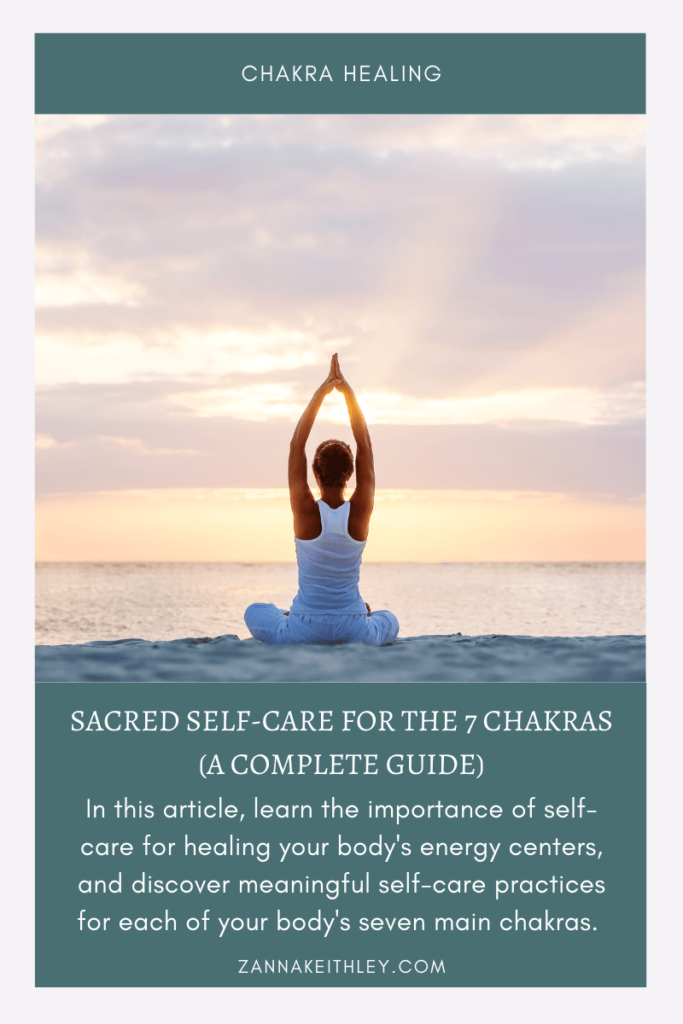
Pin this for later! Sacred Self-Care For The 7 Chakras (A Complete Guide) 
Zanna Keithley is an author, poet, and social media content creator who writes short prose dedicated to inspiring readers to follow their dreams, trust their intuition, and create beautiful and fulfilling lives. You can find her original writing on Instagram @zannakeithley.
-
35 Positive Affirmations For Artists & Creative Thinkers
Discover 35 positive affirmations for artists, creatives, makers, and visionaries. Let these uplifting affirmations help you embrace your limitless imagination and your undeniable ability to create art that truly matters.
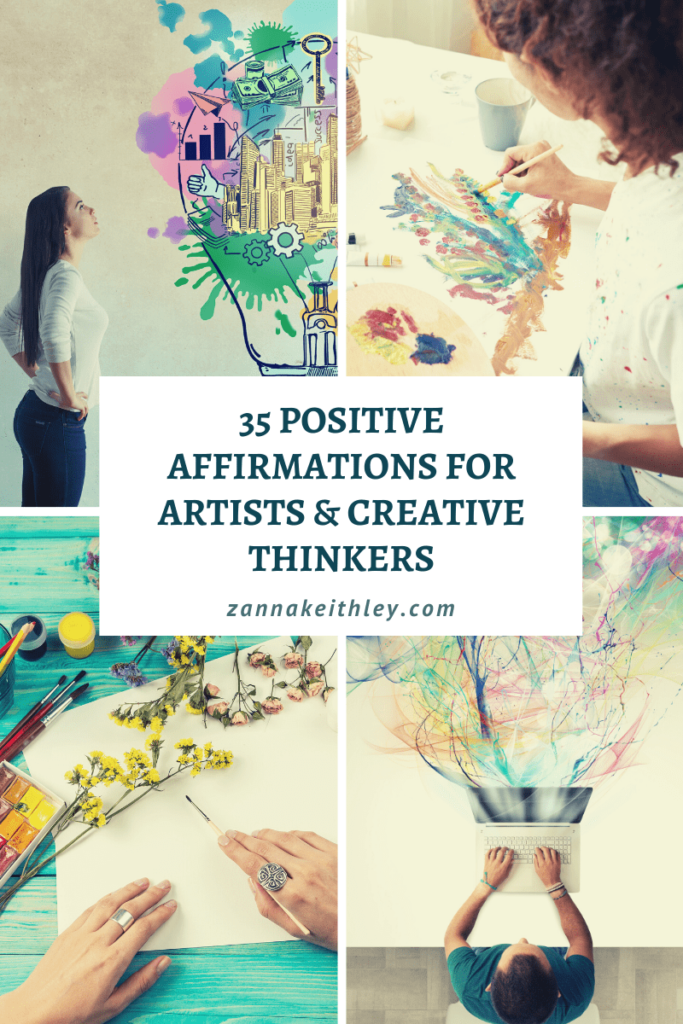
Pin this for later! 35 Positive Affirmations For Artists & Creative Thinkers Your Art Matters
“My words matter.”
I think, maybe more than anything else, these three words have inspired me to share my words with the world, even when it felt like nobody was listening.
As creatives, most of us go through periods of feeling unimportant. Does the work we do really matter? Is anyone listening?
Most of us are looking to the outside world for validation, but I gently urge you to not look out there for answers. Don’t measure your value by numbers and statistics.
Look within.
Do you feel deep inside like your art matters?
What does your heart tell you?
When I first started my website and social media accounts for my writing, I told myself that if only one person found meaning and value in the words I shared, that would be enough. I wrote for that one person.
That person who I imagined was kind of like me—with a dream in their heart and a desire to follow it, even though they were absolutely terrified.
If I had judged my value by just external statistics in the beginning, I probably would’ve quit after just a couple months of trying. This website received zero traffic when I first started out. I’d get a handful of likes on my Instagram posts. It felt like nothing I was doing or saying was really making a difference.
But still, my heart kept whispering, Keep going.
So I did, despite the fact that I didn’t know if anyone was on the other side listening.
And then, one day, that one person appeared in my email inbox.
A woman who had been going through a really difficult time. She said she stayed up until two in the morning reading all of my chakra articles, and for the first time in a long time, she felt excited about something.
Eventually, more emails and messages came, and my traffic increased beyond what I had ever expected.
But still, even now when I create something new, I think about that one person. And every time I send something out into the world, I think, “If this makes a difference in just one person’s life, that will be enough.”
So I hope you know that your art matters. Your creations matter. What you put out into the world matters.
And if you’re having a difficult time, don’t try to make everyone happy. Don’t try to be everything to everyone.
Just create for that one person.
Because there is someone out there who needs exactly what you have to offer.
Below, you’ll find 35 positive affirmations for artists, creatives, makers, and visionaries. These affirmations are meant to uplift, inspire, and remind you that you have access to an infinite source of inspiration, innovation, and creativity. And they’re also here to remind you that you matter.
All of you.
Your art. Your creations. Your imagination. Your heart.
It all matters.
For more creative inspiration, be sure to check out 43 Creativity Affirmations to Inspire Your Limitless Imagination.
More Affirmations for You
- 30 Affirmations For Overcoming Procrastination
- 40 Positive & Empowering Affirmations For Writers
- 33 Positive Affirmations To Embrace The True You
- 45 Goal Affirmations For Achieving Your Dreams
- 45 Sleep Affirmations For Peace, Gratitude & Manifestation
- 50 Positive Affirmations To Fall In Love With Yourself
Affirmations For Artists
- My art matters.
- I have what it takes to create something truly meaningful.
- I have the courage to be vulnerable in my self-expression.
- I stay true to myself in all that I create.
- My imagination is vast, infinite, and limitless.
- I create with purpose and passion.
- I possess a brilliant, bold, and creative mind.
- I am innovative, inspired, and imaginative.
- I allow myself to dream beyond the confines of my physical reality.
- I find magic and meaning in flaws and imperfections.
- I find beauty in the messiness of creation.
- I embrace every step of the creative process.
- I give myself permission to explore the full depths of my creativity.
- My heart is open to new paths and unexpected discoveries.
- My greatest inspiration exists within me.
- When I stay true to my authentic self, I can do and create anything.
- What I have to offer is exactly what this world needs.
- I am filled with inspired ideas and unlimited creativity.
- New and inspired ideas flow to and through me.
- I am open to the effortless flow of creativity pouring through me.
- I am creative, passionate, and inspired.
- I express myself openly and freely.
- I find creative ways to communicate my self-expression.
- I lean into the divine flow of creativity and let it pour through my fingertips.
- When I share my art, I share my light.
- I choose authenticity over perfection.
- I release the need to be perfect and embrace every flaw, mistake, and imperfection.
- My artistic expression is valued, meaningful, and important.
- I am meant to live a creative life.
- I make space in my life to explore my creativity.
- I am a visionary.
- I am worthy of being recognized for all that I have to offer.
- Anything I can imagine, I can create.
- My art is the miracle that this world so desperately needs.
- My voice, words, ideas, and presence all matter. The world needs the magic inside of me.
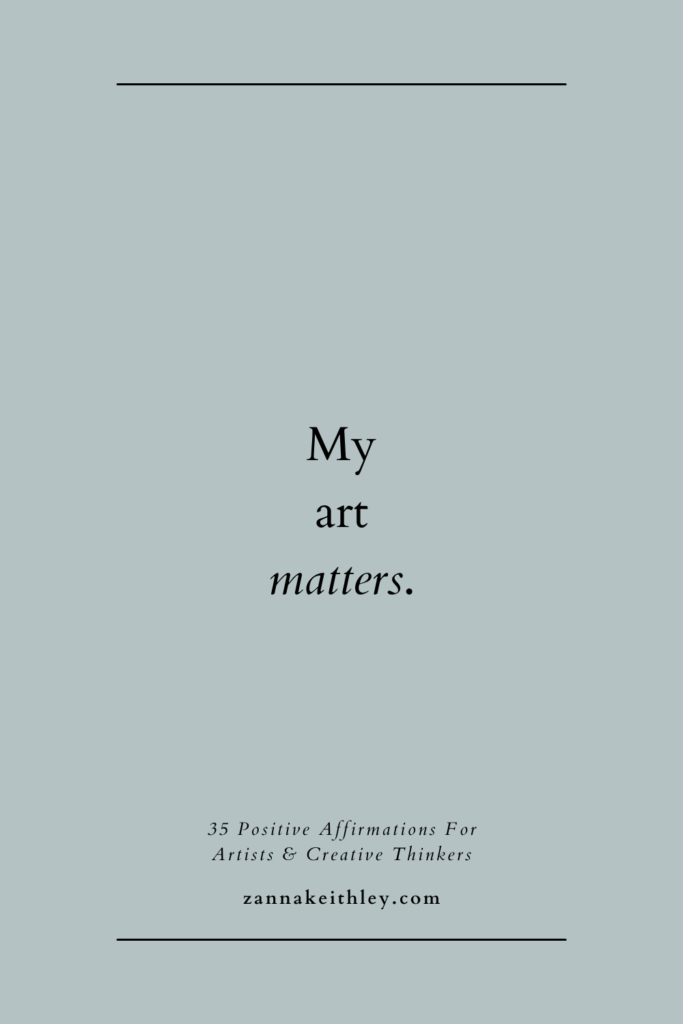
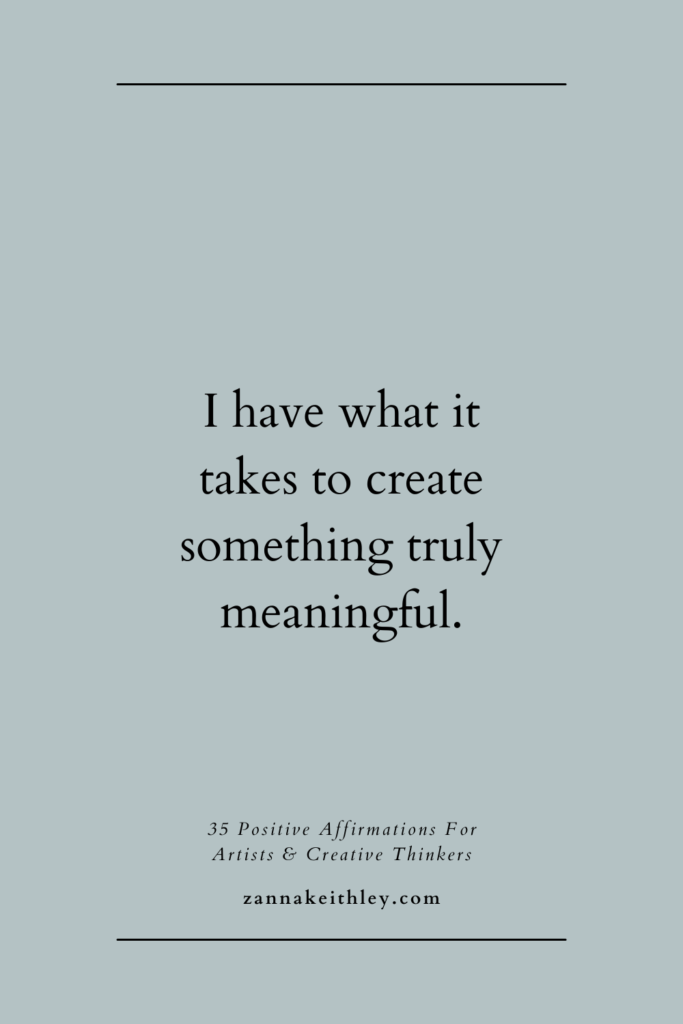
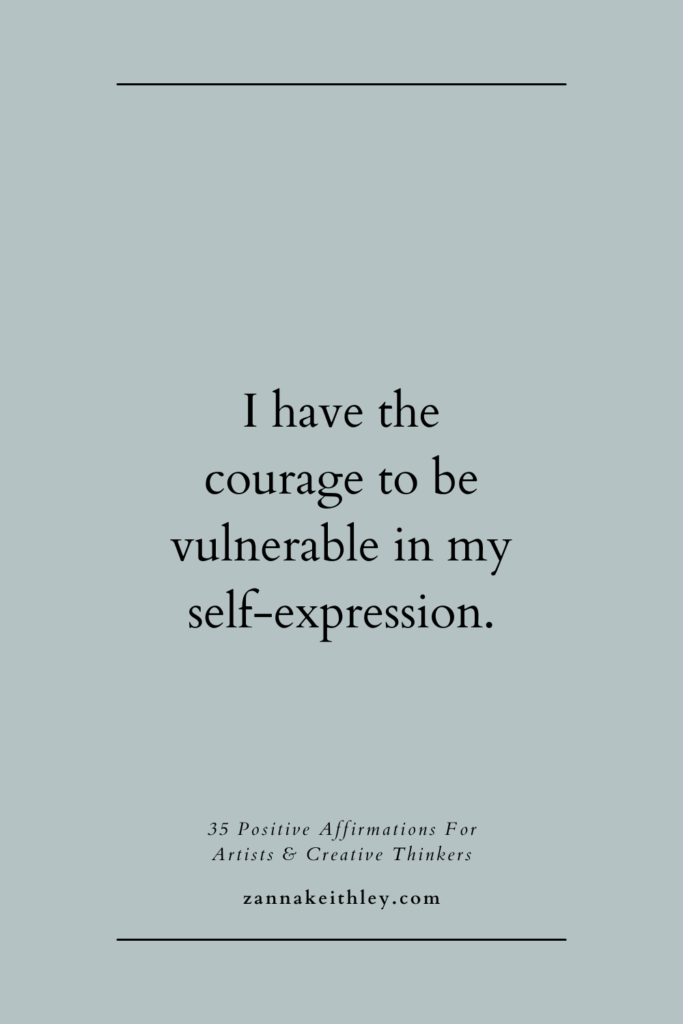
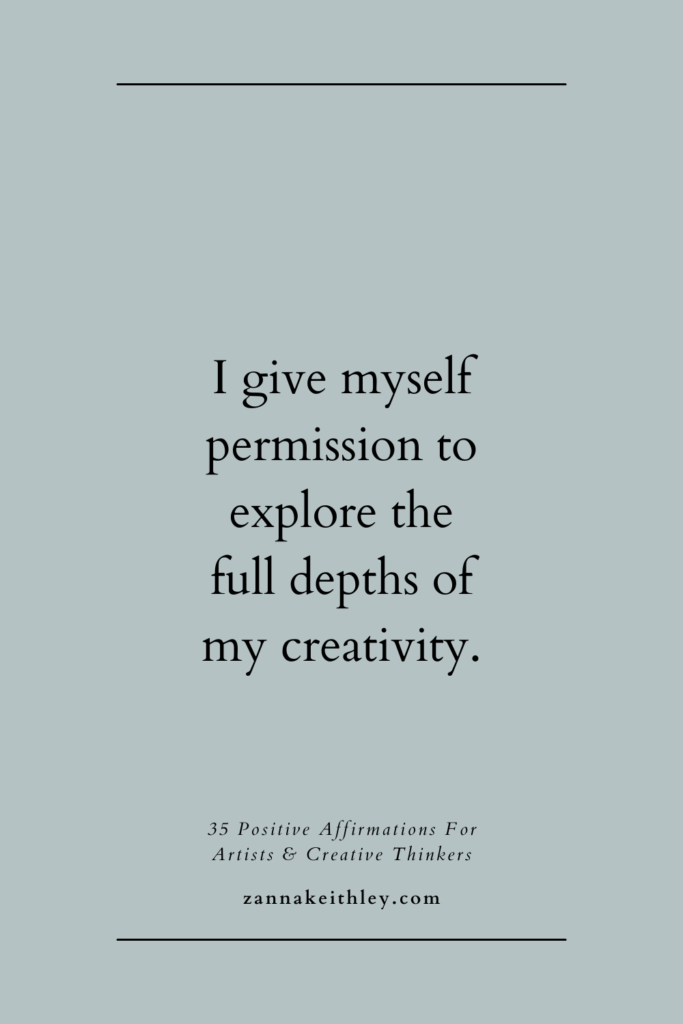
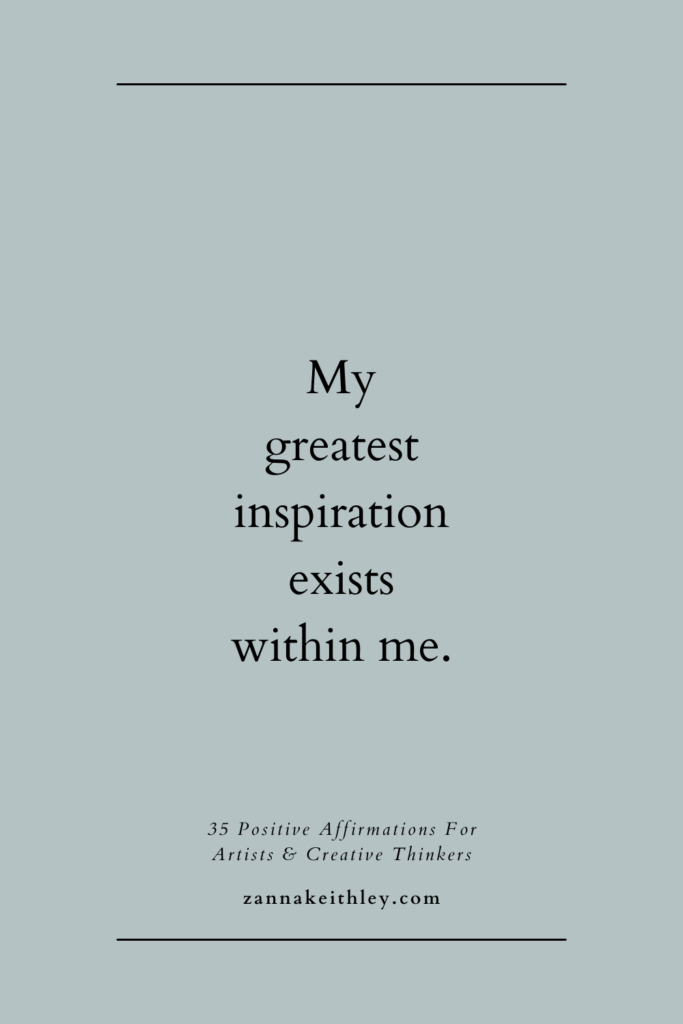

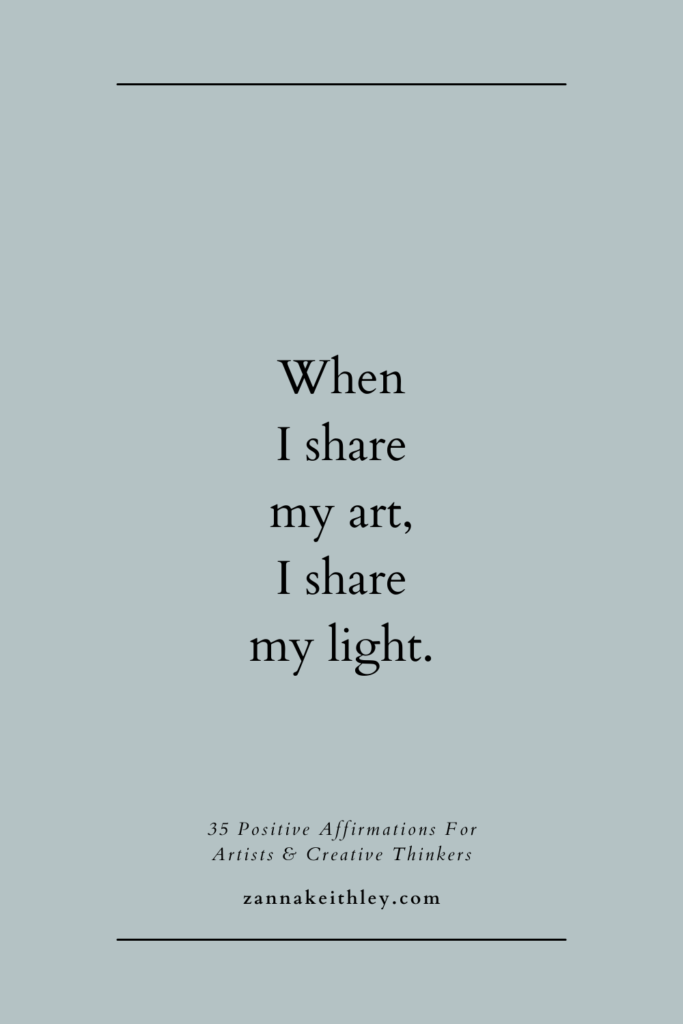
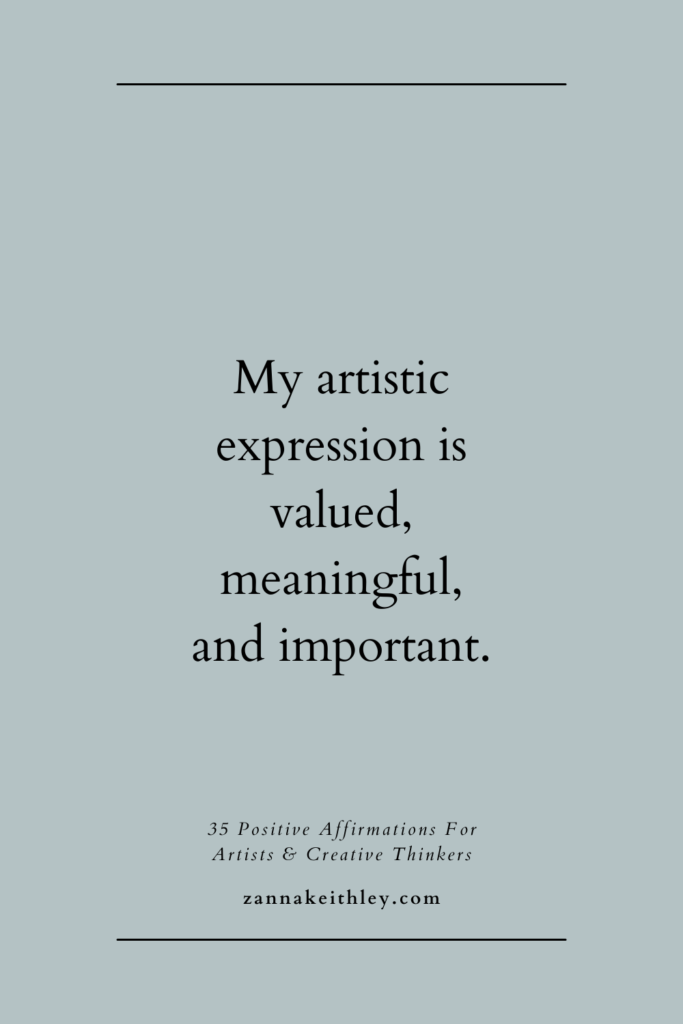
For more resources on spirituality, meditation, manifestation, and all things self-love, be sure to connect with me on Instagram and Pinterest, where I’m posting positive affirmations and empowering messages daily.
More Articles You May Like
- 500 Beautiful Things To Be Grateful For Today
- 30 Journal Prompts For Self Growth (& Deeper Self-Love)
- 4 Undeniable Reasons Why You Are Not Broken
- 11 Beautiful Poetry Books About Self-Love & Acceptance
- 28 Inspiring Quotes For New Beginnings
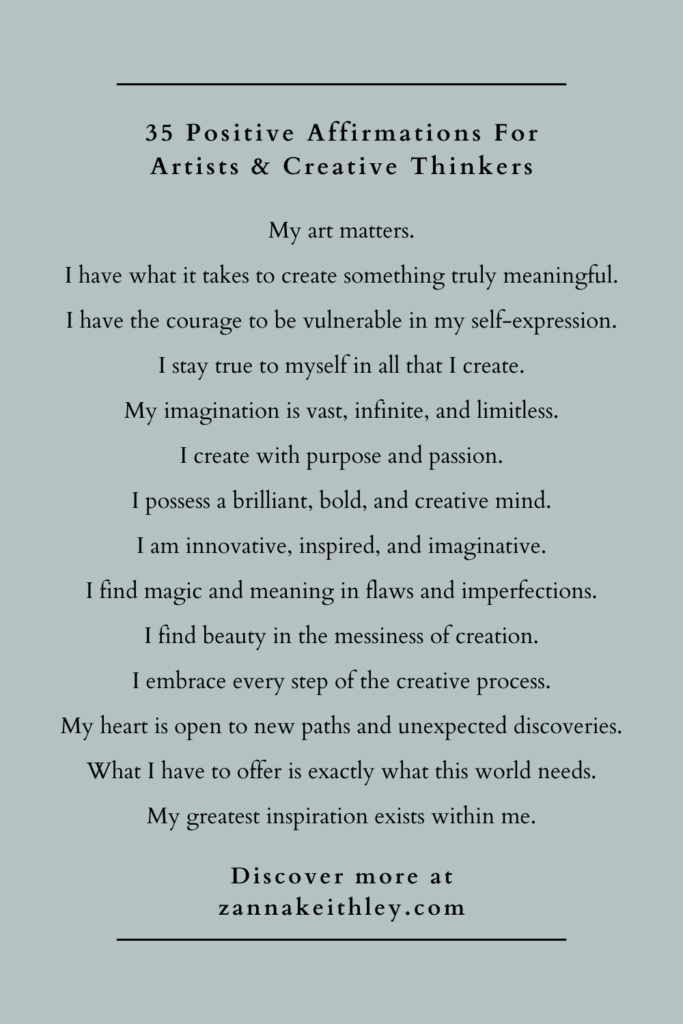
Pin this for later! 35 Positive Affirmations For Artists & Creative Thinkers 
Zanna Keithley is an author, poet, and social media content creator who writes short prose dedicated to inspiring readers to follow their dreams, trust their intuition, and create beautiful and fulfilling lives. You can find her original writing on Instagram @zannakeithley.
-
11 Beautiful Poetry Books About Self-Love & Acceptance
Below, discover 11 beautiful and inspiring poetry books about self-love, self-acceptance, and embracing who you are at every stage of your life: past, present, and future.
Disclaimer: This post contains Amazon links. As an Amazon associate, I earn from qualifying purchases. If you purchase a product using my link, I may receive a small commission at no extra cost to you. You can read my full disclosure policy here.
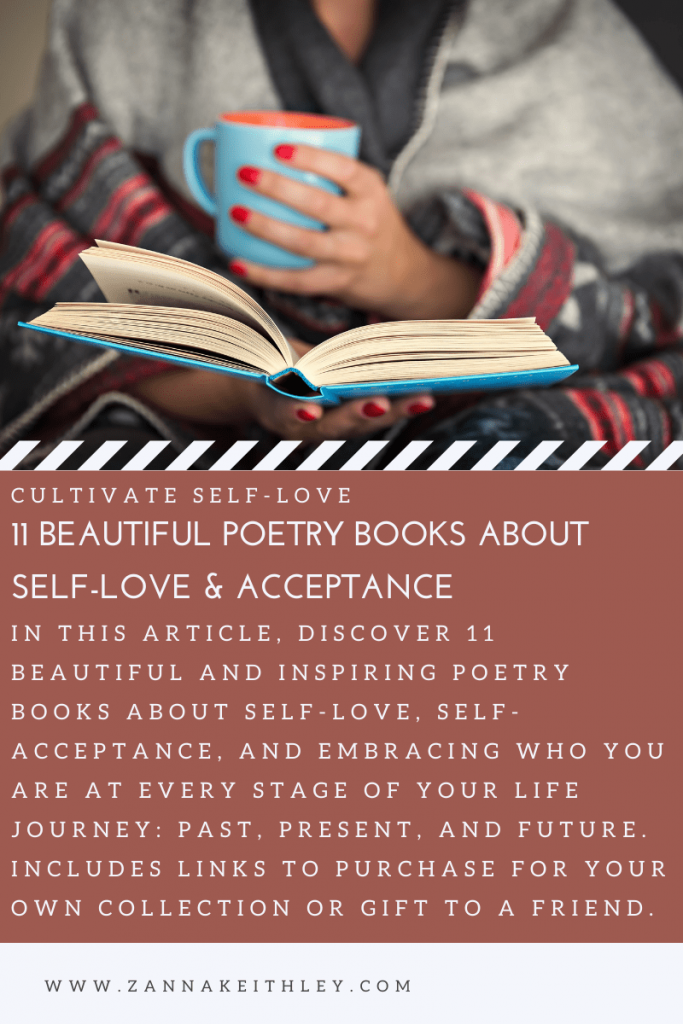
Pin this for later! 11 Beautiful Poetry Books About Self-Love & Acceptance Poetry Books About Self-Love
Words hold immense power. They have the power to soothe, heal, guide, and inspire. When you’re feeling heavy and alone, words have the power to either lift you up or meet you where you are, sitting with you in this quiet space, reminding you that you aren’t alone.
Why do we gravitate towards poetry books about self-love? I think it’s because they remind us that even in solitude, we’re never truly alone.
For every person, there is a book that they’ll connect to like no other–a book that will feel like it was written just for them. These books remind you that nothing about you needs to be fixed. You are whole and complete, even as you continue to grow.
Below, discover 11 beautiful poetry books about self-love, self-acceptance, and embracing your own inner transformation. These books are profound additions to your personal collection as you can come back to them over and over again throughout your own self-love journey.
They also make for some of my absolutely favorite gifts–especially for no reason except to show someone that you see them, you’re thinking about them, and you’re grateful they exist.
We’re all on our own journeys of personal growth, self-discovery, and self-acceptance. I hope these books can guide you in yours.
- You May Also Like: How To Love Yourself More Each Day
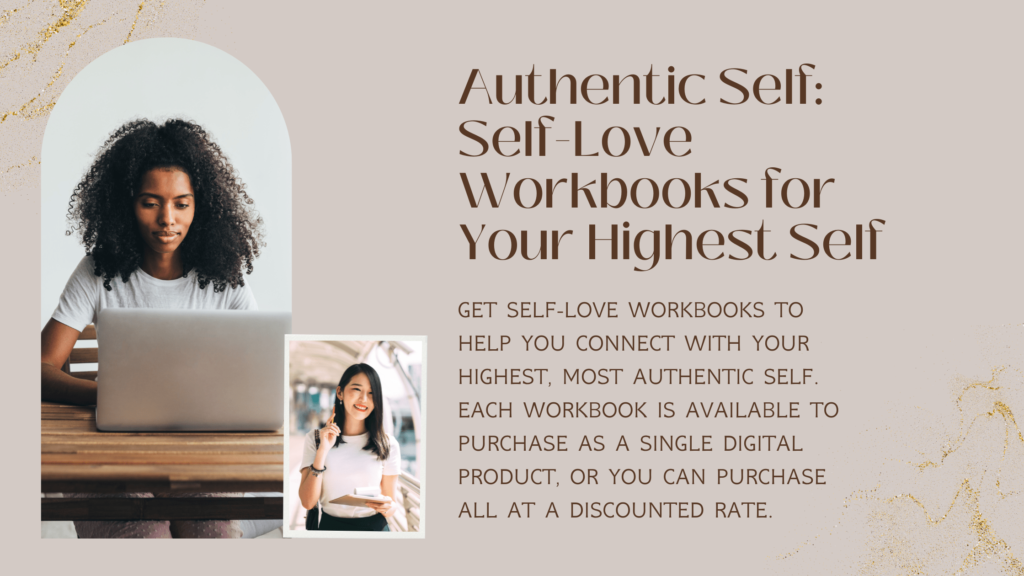
Check out the Authentic You series for digital workbooks that will guide and support your self-love journey. All Along You Were Blooming
Morgan Harper Nichols’ All Along You Were Blooming is like a love note for your mind, body, and soul. Not only is it gorgeously illustrated, but the words feel like sunshine pouring into every cell of your body. They remind you to live fully in this moment, and most of all, they show you that even through your challenges and imperfections, nothing about you is a mistake.
Self Love Poetry For Thinkers & Feelers
Melody Godfrey’s Self Love Poetry For Thinkers & Feelers is a beautiful collection of 100 pairs of poems that gently explore profound self-love concepts such as resilience, surrender, authenticity, and self-belief. What makes this one special is that it includes poems for the left side and right side of your brain, bringing together your thinking and feeling selves and leading you on a journey to embracing every part of you, exactly as you are.
Clarity & Connection
Very few writers offer what Yung Pueblo does in his words: meaningful insight that is universal for all yet feels very personal and specific to each individual reader. Clarity & Connection is an incredible collection that guides you through your own personal transformation by going inward and releasing your past so you can grow and transform. (And be sure to check out his first collection, Inward, as well.)
You’ll Come Back To Yourself
Michaela Angemeer’s You’ll Come Back To Yourself is a beautiful journey of self-discovery. This collection of poetry and prose explores themes such as lost love and body image while helping you to recognize your power in coming back to–and ultimately choosing–yourself.
The Sun Will Rise & So Will We
Jennae Cecelia’s The Sun Will Rise & So Will We is a gorgeous collection of poems that remind you that even in your hardest moments, the sun will always rise. The gentle and loving words within these pages will make you feel known, heard, and seen while lovingly lifting you up and reminding you that there is so much to live for in this world.
Healing Words
In Healing Words, Alexandra Vasiliu explores topics ranging from heartbreak and loss to growth, happiness, and self-love. This collection of poems is specifically for those experiencing a broken heart, helping them to find their inner strength and embrace their own personal transformation.
the things i didn’t say in therapy
Logan Duane’s the things i didn’t say in therapy is a raw and vulnerable look into grief, abuse, and perseverance. For those who have experienced profound hardship, this collection of poetry will resonate deeply. While there are moments of heaviness, it also gives you reason to hope and believe in the possibilities of the future.
the princess saves herself in this one
In the princess saves herself in this one, Amanda Lovelace offers readers a dose of empowerment and inspiration. This collection of poems focuses on themes such as failure and redemption, pain and healing, and love and loss. Most of all, the words in these pages will remind you of your inherent resilience as well as your ability to save yourself and write your own ending to your personal story.
Falling Toward the Moon
Cowritten by r.h. Sin and Robert M. Drake, Falling Toward the Moon is a beautiful collection of poetry and prose written to help you connect to your inner self. Reading this collection is like sitting at a windowsill in solitude, staring up at the stars; it gently leads you to uncovering both your darkness and light, accepting all pieces of you, and knowing that you are always worthy and enough.
Pillow Thoughts
Courtney Peppernell’s Pillow Thoughts is like a friend that will be there for you in all stages of your life: through love, heartbreak, loneliness, hope, and everything in-between. As you navigate these different stages, these poems are here to be both a mirror and a reflection, offering insight into your own inner world and giving advice only a best friend can provide.
September Love
Lang Leav’s September Love is a deeply introspective collection of poetry and prose that focuses on going within to discover your own identity. Leav’s words offer comfort to the spirit and nourish the soul, helping you to explore your own inner world with gentle love and acceptance.
Do you have a favorite poetry book about self-love and self-acceptance? Share your favorite writers and books in the comment box below!
And for more self-love resources, be sure to connect with me on Instagram, where I post daily affirmation stories every morning. And don’t forget to follow me on Pinterest, where I’m pinning positive affirmations and empowering quotes every single day.
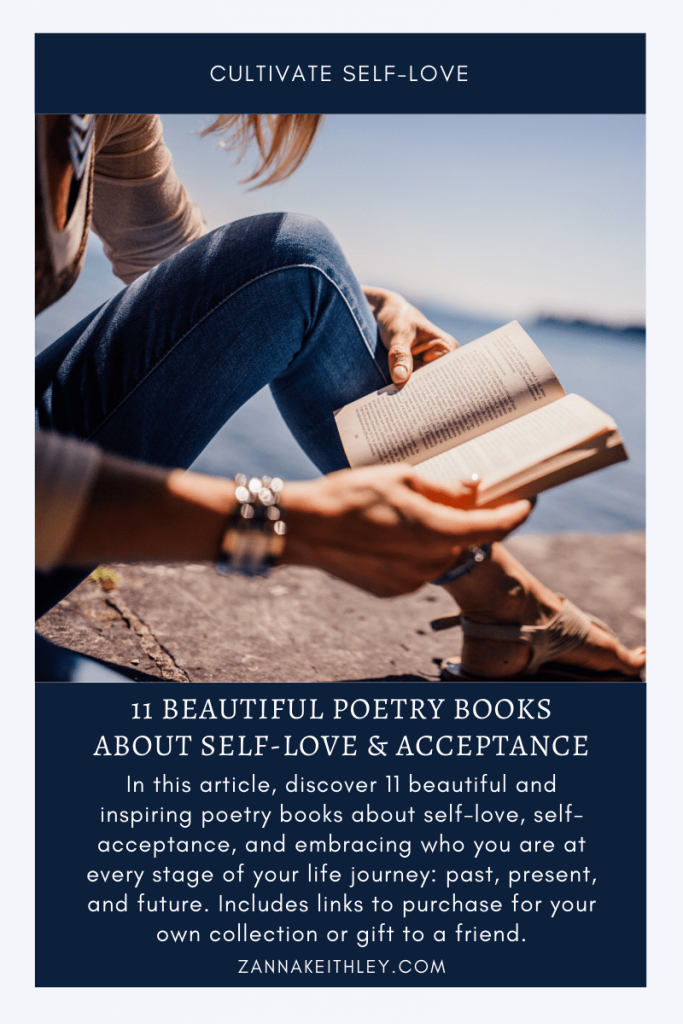
Pin this for later! 11 Beautiful Poetry Books About Self-Love & Acceptance 
Zanna Keithley is an author, poet, and social media content creator who writes short prose dedicated to inspiring readers to follow their dreams, trust their intuition, and create beautiful and fulfilling lives. You can find her original writing on Instagram @zannakeithley.
-
8 Best Self-Love Workbooks (For 2024)
Below, discover eight of the best self-love workbooks for 2024 to help you connect with your innermost self and cultivate deep self-love and acceptance.
Disclaimer: This post contains Amazon links. As an Amazon associate, I earn from qualifying purchases. If you purchase a product using my link, I may receive a small commission at no extra cost to you. You can read my full disclosure policy here.
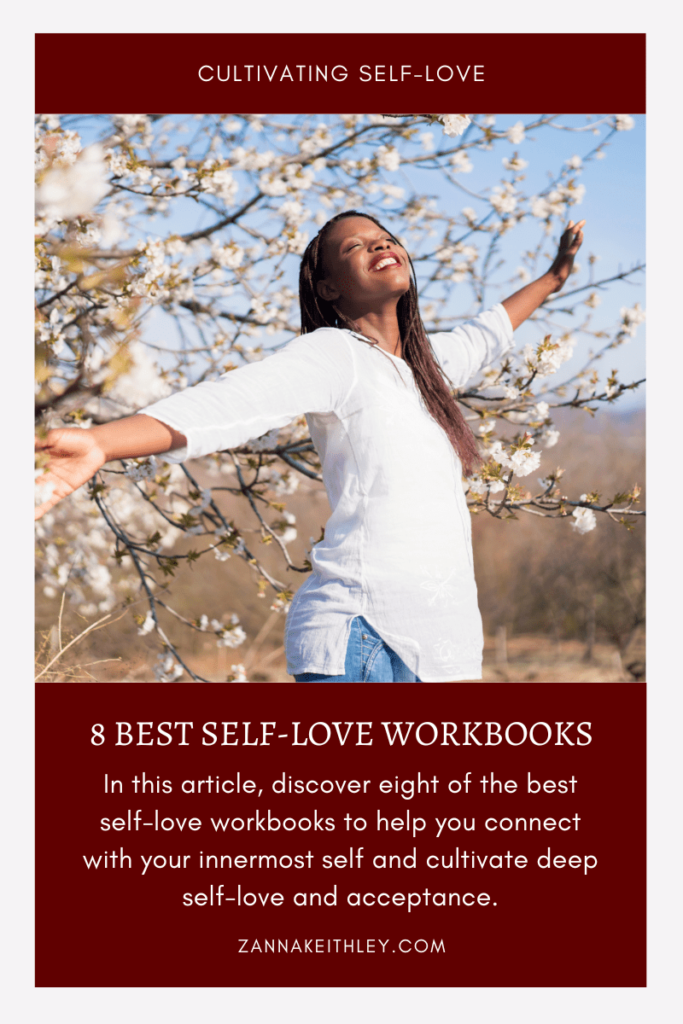
Pin this for later! 8 Best Self-Love Workbooks (For 2024) Your Self-Love Journey
Cultivating deep and profound self-love is a journey that never really has a beginning or an end.
And it certainly isn’t a linear path, either.
There may be days, weeks, even months when you feel really positive and accepting of yourself–when you know, undoubtedly, that you love yourself deeply. That you’re worthy, deserving, and more than enough. That there’s no one else you’d rather be.
And then, one day, something happens. Maybe someone says something negative that sticks with you. Or maybe it’s something you say to yourself. Maybe it’s just stress and anxiety creeping up on you.
Whatever it is, during these times, you may be a little harder on yourself. You might wish you could change certain aspects of yourself. You might have a hard time accepting who you are.
And I want you to know, it’s okay.
It’s okay to not always be your highest, best self. It’s okay to have days, weeks, even months when you struggle to work through the hard stuff.
What I hope is that through these times, you’ll remember this:
You are worthy of grace and self-compassion–both from others and especially from yourself.
One of my favorite practices when I’m going through a difficult time is journaling. For me, the simple act of writing something down allows me to get all that extra weight I’m carrying out of my body and onto the paper. And when I step away from my journal, I always feel a little lighter.
Workbooks are also another option that work just as well. I love workbooks because they always gently nudge me toward thoughts and emotions I didn’t even realize I was experiencing. They help me to view situations from a different perspective, and they give me the tools I need to aid my own self-discovery and personal growth.
Below, you’ll find eight of the best self-love workbooks to help you cultivate self-love, self-respect, and self-acceptance. All of these workbooks offer profound guidance, exercises, and reflection prompts to help you connect with your innermost self. And none of these workbooks are a one-time thing. Even after you’ve completed a workbook, you can continue to come back to it again and again to guide your journey.
- You May Also Like: 11 Beautiful Poetry Books About Self-Love & Acceptance

Looking for a digital workbook you can start using today? Check out the Authentic Self series! Best Self-Love Workbooks
Self-Love Workbook for Women
Megan Logan’s Self-Love Workbook for Women is everything you could possibly want in a complete, practical, and well-rounded workbook. It’s filled with exercises and activities to help you embrace your whole self, cultivate self-compassion, improve your self-esteem, and discover the true you. Additionally, it includes quotes, affirmations, and inspiring messages that will leave you feeling positive and empowered.
What I really love about this workbook is that it isn’t just a one-and-done thing. You can continue to come back to the pages in this workbook to create a wholehearted, empowered relationship with yourself for life.
The Self-Love Workbook
Dr. Shainna Ali’s The Self-Love Workbook is another empowering workbook that guides you through recognizing your inherent self-worth and cultivating a positive mindset. If you’re an avid journaler or someone willing to practice deep self-reflection, you’ll especially love this book. It’s filled with journaling prompts and reflection questions designed to deepen your relationship with your inner self. I also love that it’s organized into sections, including Self-Love, Self-Awareness, Self-Kindness, Self-Respect, and more.
This is a well-crafted, well-organized workbook that makes for a perfect gift to yourself or a loved one.
Confidence and Self-Love Workbook for Women
Roberta Sanders’ Confidence and Self-Love Workbook for Women is all about helping you embrace you. From building self-esteem and self-confidence to helping you navigate feelings of worry, overwhelm, and anxiety, this workbook is filled with empowering tools to guide you on a meaningful journey of self-discovery.
Note that what’s presented here isn’t a quick fix, but if you lean into the tools and guidance you’re given, you’ll take a worthwhile journey that will help you for your entire life.
Let That Sh*t Go
If you like a little humor thrown into your personal development journey, Monica Sweeney’s Let That Sh*t Go is the workbook for you. While technically marketed as a journal, it’s so much more than what you’d expect in a typical journal. It’s filled with meaningful messages tied in with a little cathartic profanity, practical activities, and even some coloring pages for those days when you just want to relax and let go.
The 5-Minute Self-Care Journal for Women
Judith Belmont’s The 5-Minute Self-Care Journal for Women is the perfect option for anyone who wants to work on their relationship with themselves but doesn’t have a ton of time for a long daily journaling routine. In this workbook, you’ll find 150 five-minute prompts, a short practice for you to do each day, and a daily affirmation–all of which are designed to help you connect to and embrace your whole self: mind, body, and soul.
The Gift of Self-Love
If I was to describe one workbook on this list as being “the one you didn’t know you needed,” it’s this one. Simply put, I adore Mary Jelkovsky’s The Gift of Self-Love workbook.
In addition to being filled with meaningful exercises designed to help you get in touch with your inner self and release the pressure to people please, it also holds a lot of truly heartfelt messages, personal stories, advice, and research. There’s no fluff here. The Gift of Self-Love is truly the gift that keeps on giving.
Mental Health Journal for Men
Dr. Ryan Howes’ Mental Health Journal for Men is filled with practical exercises, journal prompts, and opportunities for meaningful self-reflection. This workbook is powerful and free of fluffy words and activities. Here, you’ll find truly thoughtful and compassionate guidance to help men prioritize their mental health and total well-being. This workbook gives men permission to focus on themselves in a safe, judgment-free way.
The Self-Love Workbook for Teens
I included Dr. Shainna Ali’s The Self-Love Workbook above, but I also wanted to include The Self-Love Workbook for Teens, as this is a really great and profound option for the teenager in your life. It’s filled with interactive activities, reflective exercise, journaling prompts, and practical advice to help teens conquer self-doubt and develop a healthy mindset that will stick with them for life.
Do you have any favorite self-love workbooks or journals? Share your favorites in the comment box below!
And for more self-love resources, be sure to connect with me on Instagram, where I post daily affirmation stories every morning. And don’t forget to follow me on Pinterest, where I’m pinning positive affirmations and empowering quotes every single day.
More Articles For You
- 44 Spiritual Growth Quotes For Your Spiritual Journey
- 30 Profound Journal Prompts For Spiritual Growth
- 30 Journal Prompts For Self Growth (& Deeper Self-Love)
- 4 Undeniable Reasons Why You Are Not Broken
- 28 Inspiring Quotes For New Beginnings
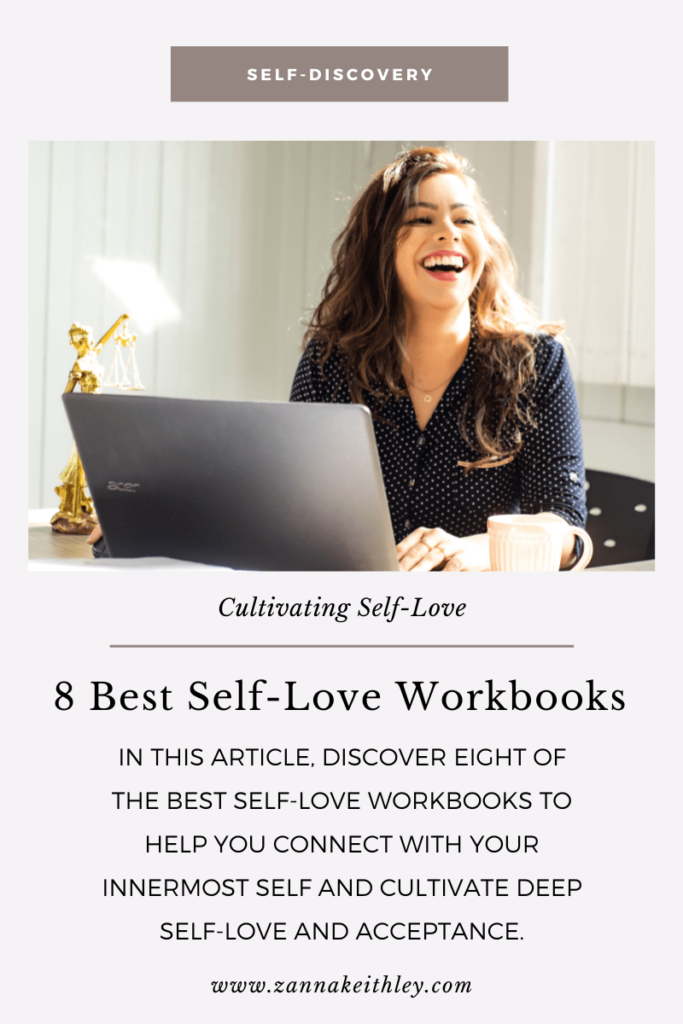
Pin this for later! 8 Best Self-Love Workbooks (For 2024) 
Zanna Keithley is an author, poet, and social media content creator who writes short prose dedicated to inspiring readers to follow their dreams, trust their intuition, and create beautiful and fulfilling lives. You can find her original writing on Instagram @zannakeithley.
-
How To Tap Into Your Intuition (The Ultimate Guide)
In this article, learn how to tap into your intuition, plus discover what your intuition should feel like, how your intuition relates to manifestation, and what to do if you don’t like what your intuition is telling you.
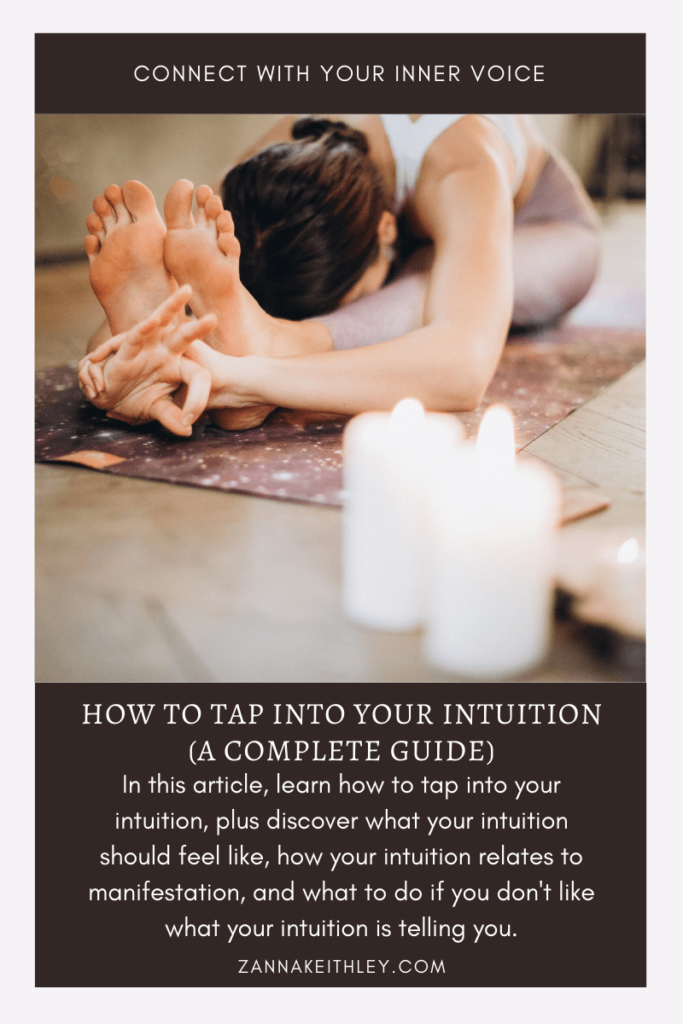
Pin this for later! How To Tap Into Your Intuition (A Complete Guide) What Is Your Intuition?
In many ways, your intuition is the least glamorous thing about you. It isn’t showy. It doesn’t like to be the center of attention. It’s so subtle, in fact, that many people question whether theirs works.
Right away, I’m here to tell you that you do have one, and it does work. You’ve probably even encountered it recently.
We all possess a deep inner knowing softly whispering inside of us—we just don’t always listen to it because our cognitive minds are so busy worrying, stressing, second-guessing, developing worst-case scenarios, and overthinking.
The second your intuition nudges you to do something out of the norm, your logical brain says, “Hold up, but what about all these 5,000 things that can go wrong?”
And sometimes, you actually hear your intuition loud and clear, but you don’t really want to listen to it.
- Your intuition may tell you it’s time to break up with your partner, but you’re terrified of change and don’t want to cause another person pain.
- Your intuition may tell you not to accept that seemingly perfect job with the great pay, but how could you turn down that money?
- Or your intuition may tell you that you need some more time to yourself before you dive into another relationship, but you really hate being alone.
If you want to strengthen your relationship with your intuition, there are some key practices you can start doing today.
In This Article
- How To Tap Into Your Intuition
- What Does Your Intuition Feel Like?
- Your Intuition & Manifestation
- What If You Don’t Like What Your Intuition Is Telling You?
How To Tap Into Your Intuition
Below, find six practices to help you tap into your intuition, plus a few additional exercises you can try. Consistently following these practices will strengthen your connection with your intuition and help you tap into this deep inner knowing with ease.
Quiet Your Mind
The first step to take to start connecting with your intuition? Listen.
You can’t hear what your inner voice is trying to tell you if you’re constantly immersed in noise.
The quickest and most profound way to start connecting with your intuition is to let silence be a normal part of your life.
If you have a daily meditation practice already, you may already be benefitting from these regular encounters with silence and stillness.
And if you don’t have a meditation practice, that’s okay. I know meditation may seem overwhelming at first. This is partially due to the myth that meditation requires you to have no thoughts. This is one of the biggest misconceptions about meditation and why many people believe meditation isn’t for them.
But if you listen to just about any meditation teacher, they’ll tell you the same thing: meditation is not about clearing your mind of thoughts. If it was, I’m not sure any of us, not even the most advanced meditators, would ever succeed. The last thing we want to do is suppress or evade our own thoughts.
At its heart, meditation (especially practices rooted in mindfulness) is about non-judgmental observation, conscious awareness, and gently rooting yourself in the present moment. It’s a chance to step away from the external noise and come home to yourself for a little while.
And this is where your intuition shines: in the quiet places where you can simply be.
The paradox of using meditation to connect with your intuition is that you’re not actively going to try to connect with your intuition during your meditation. If you sit in silence and try to force something to come forward, you’re likely going to put excess pressure on yourself; in turn, this often causes frustration and anxiety.
The key is patience. Sit in stillness for ten minutes today. Then, sit in stillness for ten minutes tomorrow. Day after day, keep sitting in stillness for ten minutes at a time. Don’t try to force anything. It will come on its own. All of the mental clutter will start to clear up, and your intuition will come forward.
- You May Also Like: Meditation Practices For Beginners
Practice Mindfulness
One of the biggest barriers to connecting with your intuition is being anywhere but where you are right now.
What do I mean by this?
As you go about your day, it’s easy to get lost in thoughts about the past or future. You might find yourself replaying yesterday’s events or worrying about the days ahead. When this happens, your mind becomes so busy with troublesome thoughts, you lose your connection with that quiet voice within.
Mindfulness is the key to returning to this moment right now and getting in touch with your inner knowing.
First, let’s take a step back and talk about mindfulness itself. What is it, and why is it so important?
Mindfulness is non-judgmental, conscious awareness in the present moment. This means being aware of what’s happening within and around you in this moment. How does your body feel? Where do your thoughts stray? Are you experiencing any anxiety or tension? What can you perceive with your five senses?
The key here is not to judge anything you notice. Don’t label any of it as right or wrong. Just notice.
So why is mindfulness important when it comes to connecting to your intuition?
Mindfulness allows you to become aware of what’s happening within and around you in this present moment.
Remember, your intuition isn’t flashy. Every once in a while, it might scream at you, like when it knows you might be walking into a dangerous situation. But for most of the daily stuff, it tends to remain soft and quiet, like a soft whisper deep inside you.
You can’t always expect it to speak up louder; instead, you must consciously step away from all the mental chatter so you can hear it.
Mindfulness quiets the noise of your worries, fears, judgments, and daily stresses so you can hear what’s really going on in the deepest parts within.
If mindfulness is new for you, you can check out some helpful mindfulness exercises you can try to start practicing mindfulness throughout your day.
Truly, I can’t emphasize enough how important mindfulness is in connecting to your intuition. It may feel like this is a slow process, but I promise, if you consistently practice mindfulness techniques for a month straight, you’ll begin noticing shifts within yourself.
This is the bridge to connecting to that quiet voice within: being consciously aware of what’s happening inside you in this present moment, without judging what’s going on. Simply listening. Breathing. Being.
Cultivate Calm
I’ll keep this one short: clarity comes with calm.
People don’t usually make good choices when they’re feeling stressed, worried, angry, or depressed.
Connecting with your intuition requires you to first do the two things I mentioned above: quiet your mind and practice mindfulness. Mindfulness will allow you to recognize that you’re feeling “low” or “off.” By recognizing your own low mental state, you can choose not to make any big decisions at that moment.
Conversely, it will help to bring clarity when you’re experiencing a more positive mental state. This is when the magic happens. When you’re experiencing a sense of calm and inner peace, that’s when you’re in greatest alignment with your inner knowing.
Start consciously working with your intuition during moments when you’re feeling really good. I started with walks around my neighborhood. During these walks, I always felt calm, grounded, and connected to my higher self. So I started asking my intuition to guide me when I should turn and where I should walk next.
Most of the time, nothing really happened. And that’s completely okay. Sometimes, when you work with your intuition, nothing will actually seem to happen around you. This is normal. Just because nothing happens around you doesn’t mean you’re doing anything wrong.
Keep practicing in these moments. This is preparing you to trust your intuition for those bigger moments when you do feel that soft nudge within.
Practice Picking Up Signals From People Around You
Think of the people you spend the most time with: family, friends, coworkers. How often have you taken one look at a person you’re close with and known that something was wrong?
What about those times when it’s less obvious? Someone may seem fine on the surface, but you can just tell that something’s off. They seem distant. Distracted. Heavy.
Start approaching your daily interactions with the intention to pick up on any underlying feelings that may be going on beneath the surface. When you begin your interaction, ask yourself, “What do I feel from this person right now?” See if you can name that underlying feeling.
As you continue to practice this, it will become easier to tap into that feeling within. In time, this will expand into other areas of your life. Not only will you be able to connect with your intuition when interacting with other people, but you’ll feel those subtle hunches when it comes to your own life path.
Take Days Off
This directly correlates with what we’ve discussed in some of the different points above: make space for stillness, step back from the noise, and give your soul a chance to take a deep sigh of relief.
If you’re currently immersed in a cycle of feeling stressed and busy all the time, you’re going to have a difficult time connecting with your inner knowing. See if you can plan days throughout your month where you don’t have anything on the to-do list. Do things that make you feel calm and at ease.
Again, you don’t have to actively try to make your intuition come forward. Let it come to you.
And to add to this, spending time in nature and taking social media breaks will also help you escape all the outer noise and connect to your inner self. You’ll often hear about these practices when it comes to self-care and taking care of your mental and emotional health, but they have the added benefit of also helping you develop and strengthen your intuition.
Connect With Your Body
You’ll experience your intuition in goosebumps, shivers, chest pressure, and inner aches. You’ll also experience it in more subtle feelings and hunches.
The better connected you are with your body, the more you’ll be able to pick up on subtle changes happening inside you.
Yoga and meditation are two practices you can use to connect with your body. You can also practice simply standing with your two feet on the ground, closing your eyes, and connecting with how you feel.
Connection also comes just by paying attention.
Take moments to pause throughout the day and ask, “How does my body feel right now?” Answer without judgment. The more you practice this, the easier it will become to pick up on any understated shifts that happen within.
A Few More Practices
In the long-term, mindfulness and meditation are the two practices that will have the most profound effect on how you connect with your intuition. However, if you want to start working with your intuition more closely right away, there are plenty of other meaningful practices you can try today. Here are a few examples:
- One of my favorite things to do is go into a store that has crystals and gemstones and let my intuition guide me to pick out a new gemstone for myself. (The small ones are often as inexpensive as $1, so this doesn’t have to cost a lot of money.) Once I pick out my stone, I’ll take it home and read about the spiritual meaning of that gemstone. Then, I’ll think about why my intuition may have led me to that stone. Is it because of the spiritual meaning, or does it simply have a feeling of positive energy? There’s no right or wrong answer here. It’s just a fun and easy practice for developing your intuition, plus you get a new crystal or gemstone from it. You also don’t exclusively have to do this practice with crystals. Pick something you like that makes you feel good, like flowers, books, jewelry, or candles.
- Working with oracle cards is also a great way to develop your intuition. Pick a card, and before you consult a guidebook, let your inner knowing interpret the meaning of the card.
- You might also start keeping a dream journal. Try to write what you remember about your dream shortly after you wake up. (The sooner, the better.) Consider if your intuition was trying to tell you something within your dream. You might also see if your intuition can help you uncover any deeper meanings or symbolism in the dream itself.
- A pendulum is another great tool for developing your intuition. It’s most often used to gain insight and clarity when there are areas of uncertainty in your life. Anytime you have a question and are looking for help or advice, you can use a pendulum to receive guidance from a higher power.
What Does Your Intuition Feel Like?
Your intuition can be so subtle, it’s often difficult to describe what it feels like.
For a situation in which you might be putting yourself in danger, the feeling will be louder and more obvious. Your heart will race, your palms will get sweaty, and that voice within will yell at you to turn around and find safety. Sometimes, your breath may quicken, and you’ll get shivers down your spine.
When you encounter these experiences, don’t question these feelings. And especially don’t question whether you’re overreacting. Err on the side of caution. Trust what you feel.
Most situations in life aren’t like this, though–especially when it comes to intuitive nudges you have about your own life path. Your intuition usually doesn’t speak in shouts but in whispers.
And often, it’s less of a feeling and more of a knowing. You’ll experience a sudden understanding: clarity that just comes to you, often unexpectedly. If something is off (maybe with a relationship or a business deal), there will be a part of you that just knows.
Your intuition comes from your heart’s consciousness, which isn’t always as easy to grasp as the logic and reason of your mind’s consciousness. Thus, you may try to talk your way out of whatever it is that you’re feeling. You may keep trying to reason with yourself and follow your logical mind.
And it’s okay; most of us have done this at some point in our lives. We’ve been taught to trust logic and reason over intuition and inner knowing. And that’s what can make following your intuition feel kind of scary—because it requires you to alter your mindset. It’s less about thinking your way forward and more about feeling your way forward.
Here are a few of the ways in which you might experience your intuition:
- An unexplainable “knowing”
- A feeling of “rightness”
- Clarity
- Ease
- Hunches
- A quiet voice within
- A recurring thought
- Goosebumps
- Shivers
- Racing heart
- An inner ache
- Pressure in your chest
- Physical discomfort
- Emotional discomfort
Your Intuition & Manifestation
So what role does your intuition play in manifestation?
First, let’s consider how manifestation works:
- You set an intention based on the authentic, deeply felt dreams that have been placed in your heart.
- You communicate this intention to the Universe. Your positive vibrations are one way of communicating this intention, as by vibrating at the frequency of your desires, you express that you’re ready to receive more of this good-feeling thing.
- The Universe works behind the scenes to set everything in motion. It communicates back to you in the form of messages, synchronicities, and most importantly, your own intuition. Being in the vibration of what you desire allows you to receive these signs and inner nudges with clarity. (In contrast, being in a state of stress, worry, and anger will cause you to miss these signs and feelings.)
- Then, you take inspired action based on the communication the Universe has given you. This leads you on your path forward.
The art of manifestation is the art of learning how to communicate with the Universe. You communicate every single day through your vibration. The Universe communicates back to you through your own intuition.
So if you’ve set an intention, that means signs, synchronicities, and inner nudges are going to come. Your job now is to listen and take inspired action. Once you do this, you’ll receive your next nudge forward. As you follow this path, you’ll be in divine flow with the Universe, and your manifestations will start to come alive.
I know this might sound like a long process, but I promise, it’s not. Depending on the specific dream, some things could come in months, weeks, days—even hours.
The key is not to worry about when it will come. Release the timeline and continue to focus on how you feel in the present moment. As you step forward on the path, the path will continue to reveal itself, one step at a time.

What If You Don’t Like What Your Intuition Is Telling You?
So let’s say you’re trying to manifest something, but your intuition is telling you to do the very opposite of what you think you should be doing. Often, when you want something, it’s because you imagine that outcome will make you feel a certain way.
- You may want to manifest a perfect partner, even though your intuition is telling you to take some time to be single, because you imagine the partner will make you feel loved.
- You dream of getting a prestigious position for a certain well-known company, even though your inner knowing says it’s not as perfect as it seems, because you imagine you’ll finally feel successful and worthy of your parents’ approval.
- Or you want to manifest money to live a more luxurious lifestyle, because you imagine this will make you feel like you’ve finally made it.
There’s nothing wrong with wanting these things for yourself. Nothing. It only becomes a potentially negative thing when it goes against your intuition.
This is when I urge you to step back and re-evaluate your overall goal. Take some time to pause. You can meditate, journal, or take a day off to spend time in nature. Set the intention to understand your desires and what you really want. Allow yourself to shift your vision.
Instead of going after that perfect partner, job, or lifestyle, set an intention to encompass the feelings of being loved, successful, worthy, beautiful, and empowered (or however you imagine this external thing will make you feel) right now in this present moment.
Focus on those feelings, and allow your intuition to guide you forward on your path. Trust that your inner knowing always has the right answers, and believe that the Universe will always take you where you want to go.
It may mean that your perfect partner isn’t supposed to come into your life right now, but you find that you feel so loved anyway, you’re okay waiting.
Even if what your intuition is telling you doesn’t make sense today, it will with time.
If you’re feeling lost, instead of searching for external answers to guide your path, sit in the quiet of your own mind for a little while.
You’ll often find you already have everything you need to take the next step forward.
For more resources on spirituality, meditation, manifestation, and all things self-love, be sure to connect with me on Instagram and Pinterest, where I’m posting positive affirmations and empowering messages daily.
You May Also Like:
- 30 Affirmations For Tapping Into Your Intuition
- What Are The 12 Laws Of The Universe? (A Complete Guide)
- 33 Profound Spiritual Healing Quotes To Guide Your Path
- 30 Journal Prompts For Self Growth (& Deeper Self-Love)
- What Is The Art Of Allowing? (A Complete Guide)
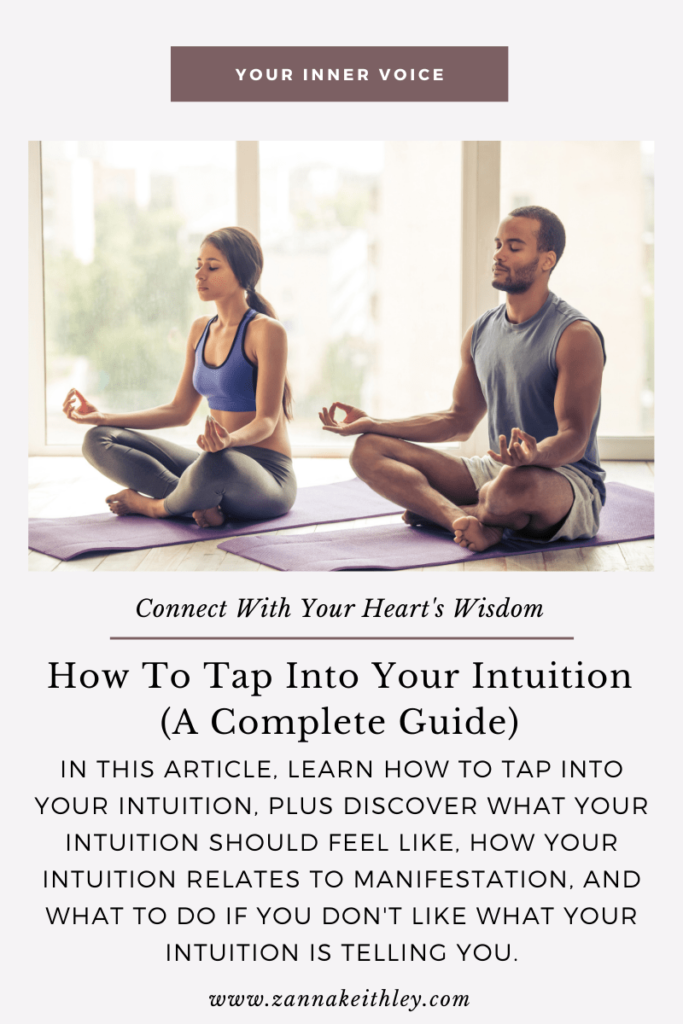
Pin this for later! How To Tap Into Your Intuition (A Complete Guide) 
Zanna Keithley is an author, poet, and social media content creator who writes short prose dedicated to inspiring readers to follow their dreams, trust their intuition, and create beautiful and fulfilling lives. You can find her original writing on Instagram @zannakeithley.
-
35 Manifestation Quotes For Love, Abundance & More
Discover 35 powerful manifestation quotes to inspire your journey and remind you of your limitless power to create your future. Let these quotes be a profound reminder that you possess the ability to manifest a beautiful and fulfilling life.
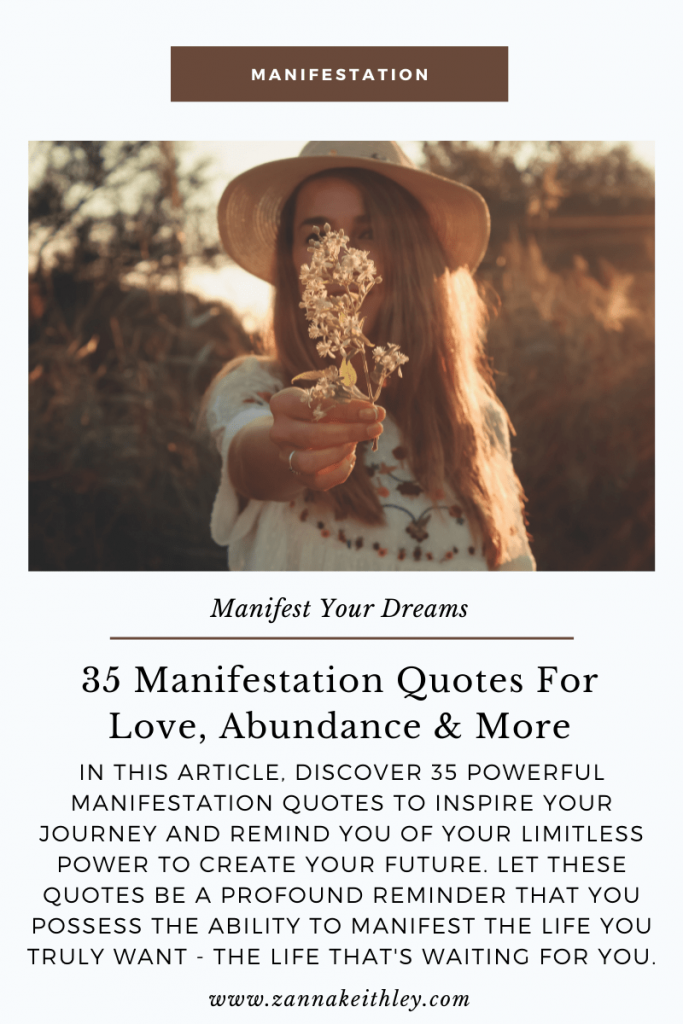
Pin this for later! 35 Manifestation Quotes For Love, Abundance & More What Is Manifestation?
Manifestation is, in its purest form, creation. Even before you knew you had the ability to manifest, you were unconsciously manifesting every single day.
Have you ever felt a deep inner knowing guiding you in a certain direction, even though it didn’t make sense?
Did you then follow your intuition and take inspired action?
Do you believe you are worthy and deserving of a life filled with true happiness and love?
All of these experiences—following your intuition, taking aligned action, and believing in your worthiness—are aspects that contribute to manifestation.
Your beliefs shape your life. When you believe you are worthy of true abundance (not just financial prosperity but an abundance of joy, love, peace, freedom, passion, creativity, and all good things), you’re more likely to walk through your life vibrating at the frequency of true abundance.
You feel abundant.
You see abundance all around you.
And in time, you begin to experience abundance in all of its shapes, forms, textures, and hues.
When you step back and look at your life, you’ll see that your outer world is a reflection of your inner world.
And this is the heart of manifestation: to visualize your dreams and desires and to vibrate at the frequency of your desires as if they’ve already come true. To consciously cultivate a beautiful inner world so that it spills into your outer world and creates something extraordinary.
When you first start, it may feel like playing pretend, and that’s okay. Because in time, you’ll realize that this isn’t pretend. Your magic is real.
You have the ability to manifest the life you want—the life that feels real and true to you.
It isn’t simply about believing that you can have it all.
It’s about knowing that you already do.
Below, discover 35 powerful manifestation quotes to remind you that you are a powerful creator—and you have the ability to create a beautiful, honest, and fulfilling life.
More Manifestation Resources
Manifestation Quotes For Love, Abundance & More
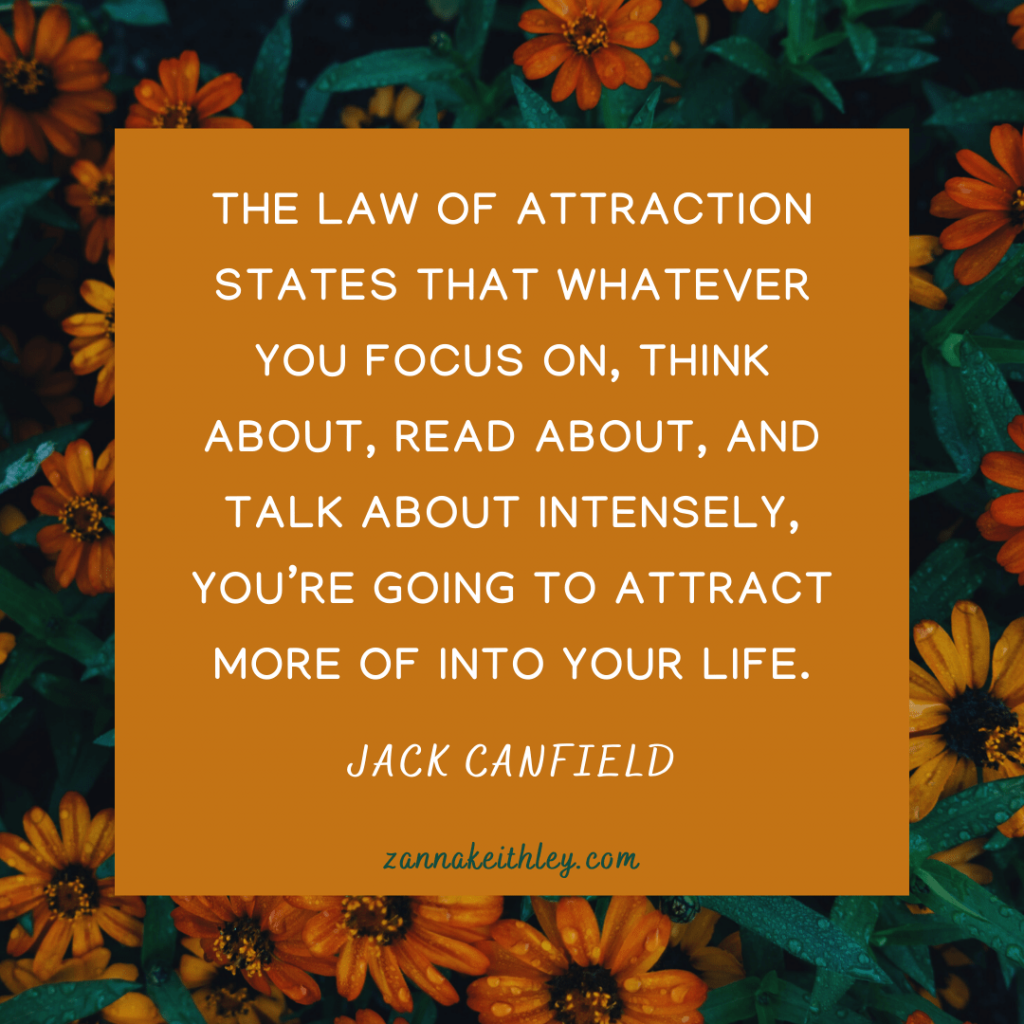
1. “The Law of Attraction states that whatever you focus on, think about, read about, and talk about intensely, you’re going to attract more of into your life.”
Jack Canfield
2. “Thoughts become things. If you see it in your mind, you will hold it in your hand.”
Bob Proctor
3. “You are the dreamer of your dream. Create visions of the world you want to see.”
Gabby Bernstein
4. “You are the designer of your destiny. You are the author of your life story.”
Lisa Nichols
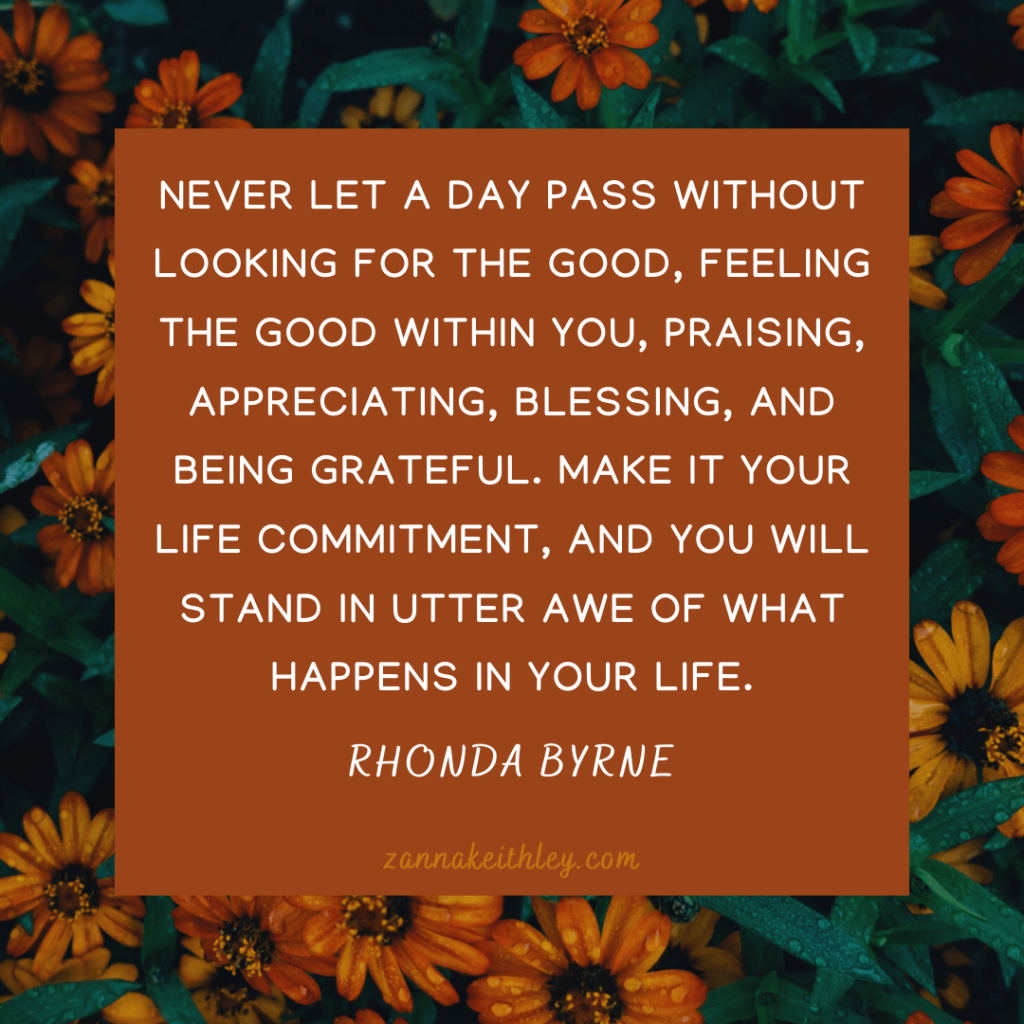
5. “Never let a day pass without looking for the good, feeling the good within you, praising, appreciating, blessing, and being grateful. Make it your life commitment, and you will stand in utter awe of what happens in your life.”
Rhonda Byrne
6. “What you think, you create. What you feel, you attract. What you imagine, you become.”
Anonymous
7. “The amount of time it takes you to get from where you are to where you want to be, is only the amount of time it takes you to change the vibration within you. Instant manifestation could be yours if you could instantly change the vibration.”
Abraham Hicks
8. “Everything you want is out there waiting for you to ask. Everything you want also wants you. But you have to take action to get it.”
Jack Canfield
9. “As soon as I allow the Universe to replace my fear-based beliefs with new perceptions, I receive a miracle.”
Gabby Bernstein

10. “The greatest discovery of my generation is that human beings can alter their lives by altering their attitudes of mind.”
William James
11. “You manifest what you believe, not what you want.”
Sonia Ricotti
12. “Every intention sets energy into motion, whether you are conscious of it or not.”
Gary Zukav
13. “You are a living magnet. What you attract into your life is in harmony with your dominant thoughts.”
Brian Tracy
14. “Whatever we plant in our subconscious mind and nourish with repetition and emotion will one day become a reality.”
Earl Nightingale
15. “True manifesting is about receiving what is of the highest good for all.”
Gabby Bernstein
16. “Eliminate all doubt and replace it with the full expectation that you will receive what you are asking for.”
Rhonda Byrne
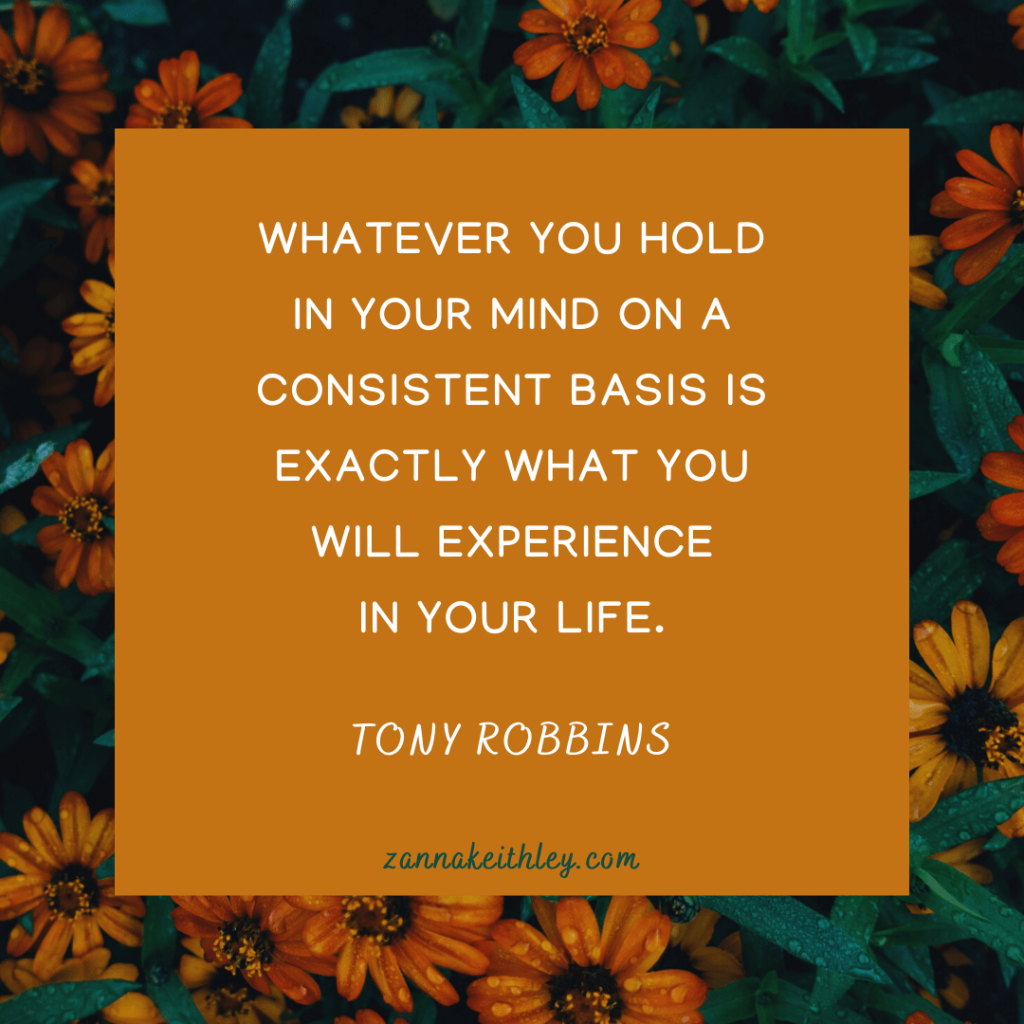
17. “Whatever you hold in your mind on a consistent basis is exactly what you will experience in your life.”
Tony Robbins
18. “To be happy with yourself in the present moment while maintaining a dream of your future is a grand recipe for manifestation. When you feel so whole that you no longer care whether ‘it’ will happen, that’s when amazing things materialize before your eyes. I’ve learned that being whole is the perfect state of creation. I’ve seen this time and time again in witnessing true healings in people all over the world. They feel so complete that they no longer want, no longer feel lack, and no longer try to do it themselves. They let go, and to their amazement, something greater than they are responds—and they laugh at the simplicity of the process.”
Dr. Joe Dispenza
19. “You get to choose what you focus upon, and you get to choose what manifests, and you get to choose how you feel about it when it does.”
Abraham Hicks
20. “If you change the way you look at things, the things you look at change.”
Dr. Wayne Dyer
21. “Everything that happens in the universe starts with an intention.”
Deepak Chopra
22. “Most people are thinking about what they don’t want, and they’re wondering why it shows up over and over again.”
John Assaraf
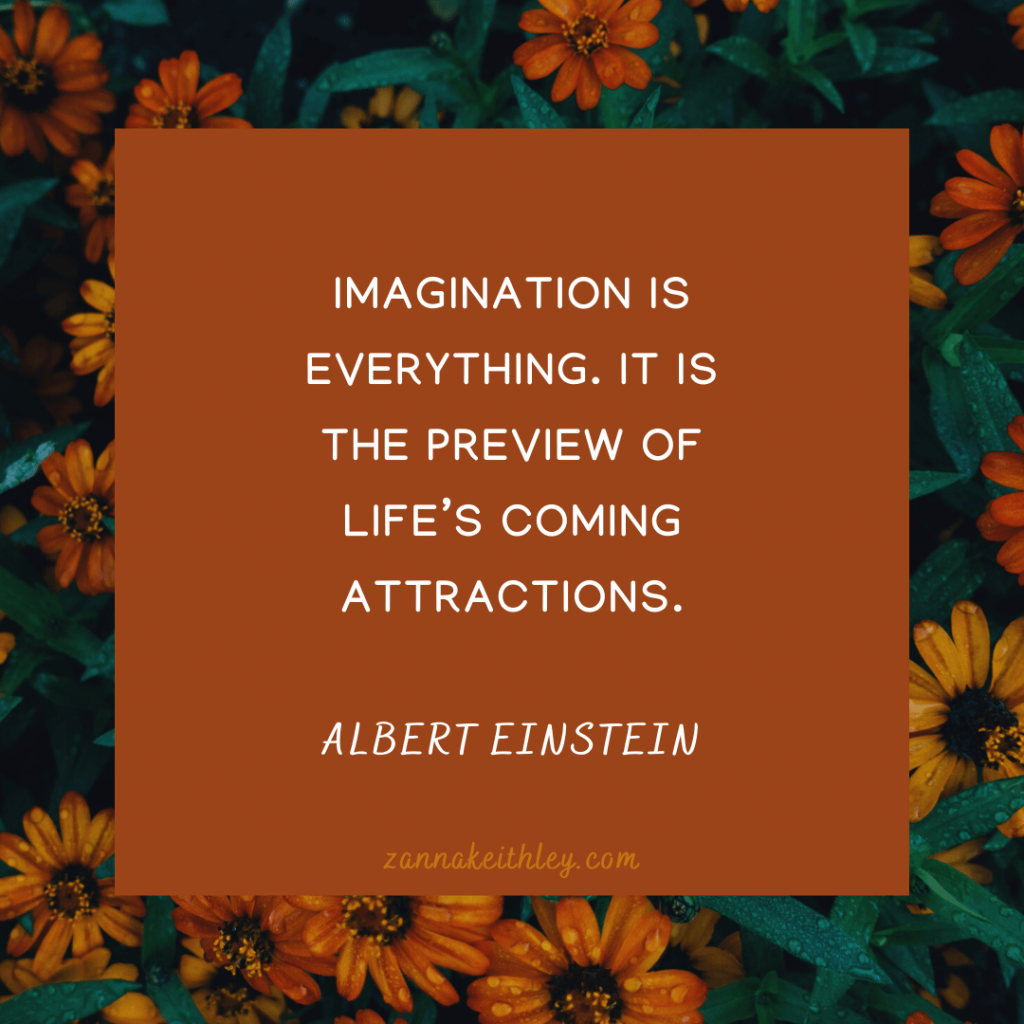
23. “Imagination is everything. It is the preview of life’s coming attractions.”
Albert Einstein
24. “Know your magic, trust your magic, use your magic and know that you are a manifestation of life’s magic.”
Rasheed Ogunlaru
25. “We receive exactly what we expect to receive.”
John Holland
26. “Envision the future you desire. Create the life of your dreams. See it, feel it, believe it.”
Jack Canfield
27. “Your life is the manifestation of your dream; it is an art, and you can change your life anytime that you’re not enjoying the dream.”
don Miguel Ruiz
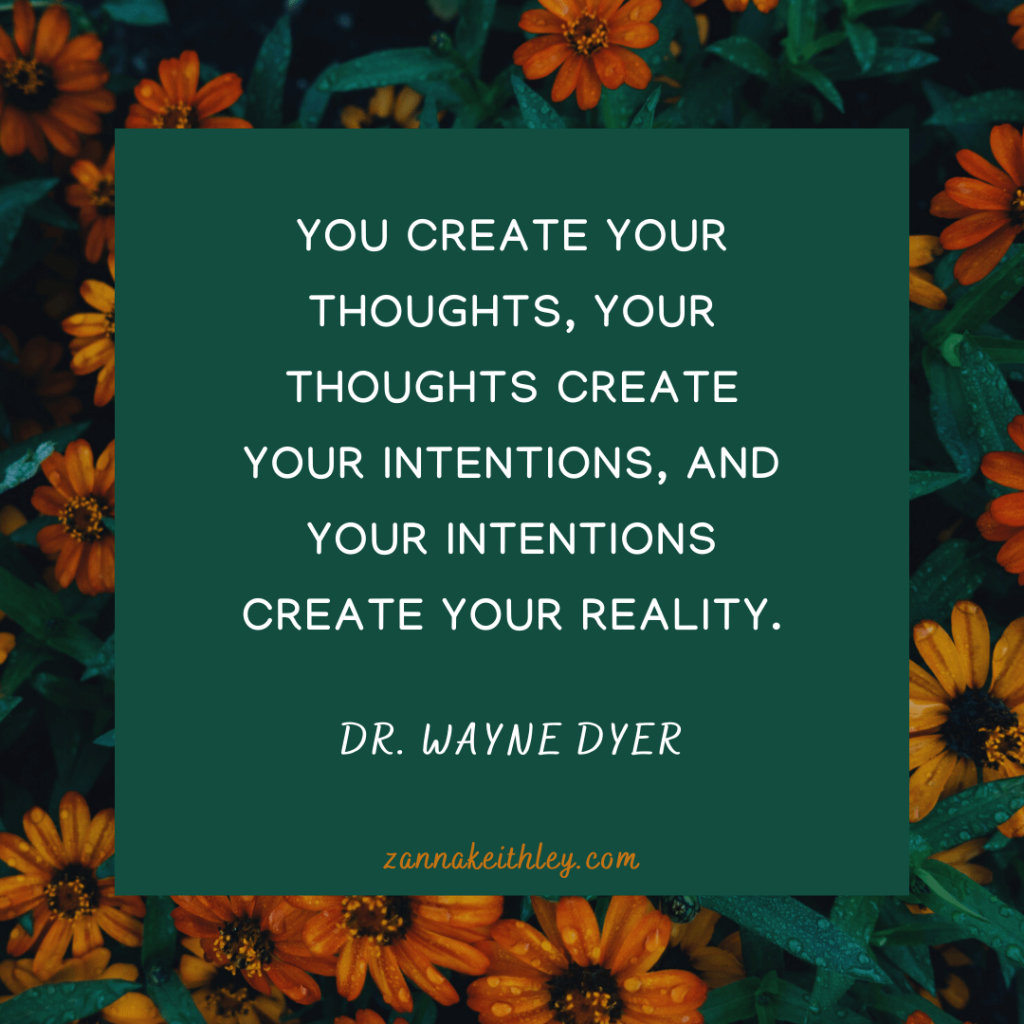
28. “You create your thoughts, your thoughts create your intentions, and your intentions create your reality.”
Dr. Wayne Dyer
29. “It is the combination of thought and love which forms the irresistible force of the law of attraction.”
Charles Hammel
30. “You get in life what you have the courage to ask for.”
Oprah Winfrey
31. “We must radiate success before it will come to us. We must become mentally, from an attitude standpoint, the people we wish to become.”
Earl Nightingale
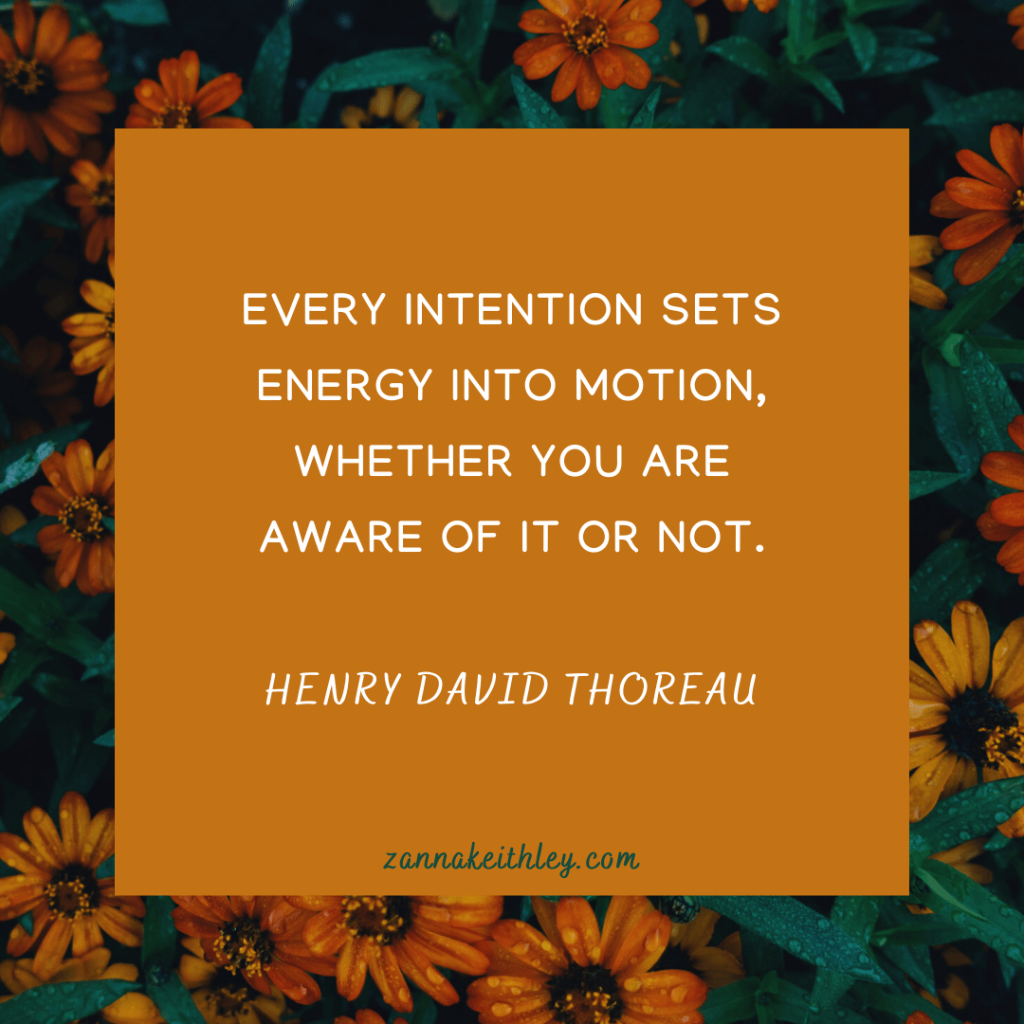
32. “Every intention sets energy into motion, whether you are aware of it or not.”
Henry David Thoreau
33. “You become what you think about most, but you also attract what you think about most.”
John Assaraf
34. “See yourself living in abundance and you will attract it.”
Bob Proctor
35. “Ask for what you want and be prepared to get it.”
Maya Angelou
For more inspirational quotes, plus a daily dose of positive affirmations and self-love, be sure to connect with me on Instagram and Pinterest.
More Articles For You
- 44 Spiritual Growth Quotes For Your Spiritual Journey
- How To Receive Messages From The Universe
- How To Release Limiting Beliefs (& Create New Beliefs)
- What Is The Art Of Allowing? (A Complete Guide)
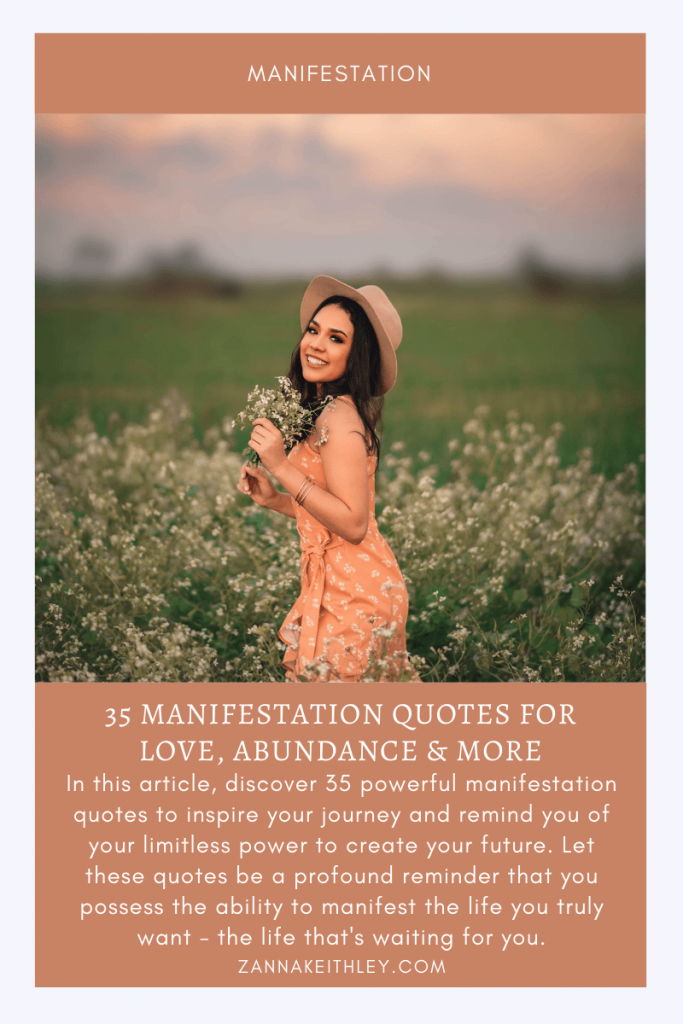
Pin this for later! 35 Manifestation Quotes For Love, Abundance & More 
Zanna Keithley is an author, poet, and social media content creator who writes short prose dedicated to inspiring readers to follow their dreams, trust their intuition, and create beautiful and fulfilling lives. You can find her original writing on Instagram @zannakeithley.
-
30 Journal Prompts For Self-Growth (& Deeper Self-Love)
Discover 30 profound journal prompts for self-growth and deeper self-love. Use these journal prompts to help you go within, peel back the layers of your innermost self, and unearth the truest, most authentic you. (Plus don’t forget to download your free printable journal prompts for self-growth below.)
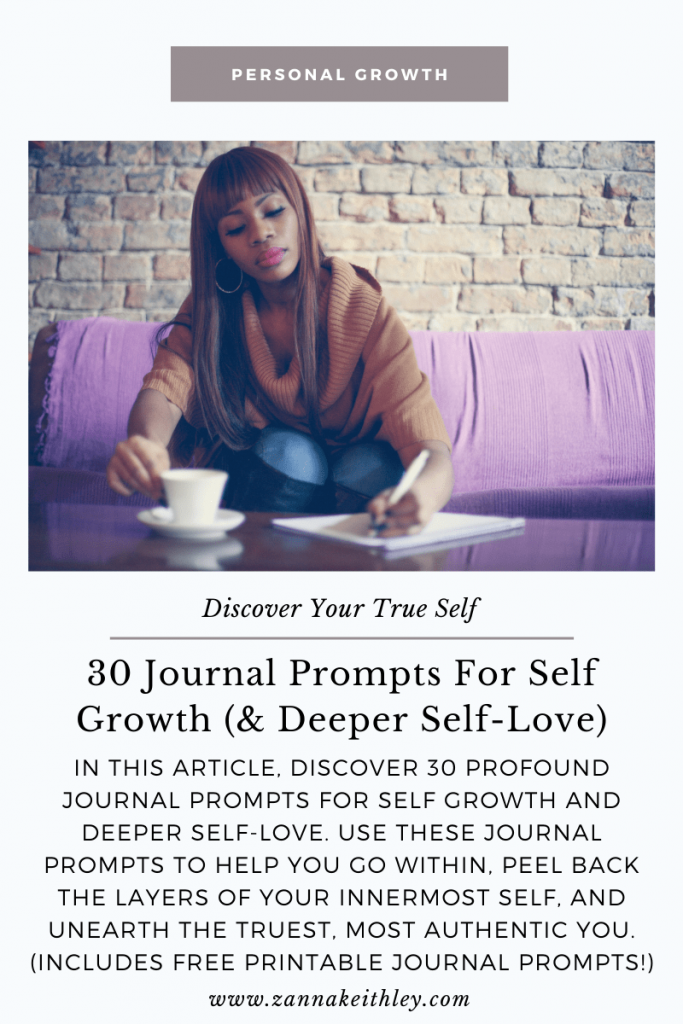
Pin this for later! 30 Journal Prompts For Self Growth (& Deeper Self-Love) Your Journey of Self-Growth
One of my all-time favorite affirmations is this:
“I love myself fully now as I continue to grow.”
Growth is a never-ending process. For as long as you’re breathing, you’re continuing to transform, discover, and unearth the deepest parts of yourself. This means that you can’t wait until you’ve ended your journey of personal growth to finally show yourself real love and compassion.
Because if you wait until you’re no longer growing, you’ll be waiting for the rest of your life.
You are allowed to love yourself fully right now, exactly as you are. Even in your imperfections. Even when you make mistakes. Even when you’re still discovering yourself.
At every stage of your journey, you are worthy of deep, unconditional love.
Embrace the journey. Love the journey. And also embrace and love yourself as you navigate this path—even when (especially when) you lose sight of yourself. Sometimes, getting lost for a while is required in order to uncover your truest, most authentic self.
Below, you’ll find 30 journal prompts for self-growth that will help you to go within and gently peel back the layers of your innermost self. As you answer these prompts, be sure to show yourself extra love and compassion. Don’t judge or criticize yourself for your answers. This journey of growth isn’t easy, and it’s something many of us avoid, so acknowledge the courage it requires to take this step.
And for more self-growth journal prompts, be sure to check out these journal prompts for anxiety as well as these spirituality journal prompts to connect to your deepest self. (Plus, be sure to download your free printable journal prompts below.)
- You May Also Like: 50 Positive Affirmations To Fall In Love With Yourself

Journal Prompts For Self-Growth
- What would I do today if I knew I could not fail?
- What limiting beliefs or fears are holding me back from pursuing my dreams?
- How have I grown in the past year? What led me to experiencing this type of growth?
- How have I grown in the past ten years? What positive changes am I most grateful for?
- What are some hardships I’ve experienced, and in what ways have these hardships helped me to grow?
- What risks have I taken in my life that I’m really glad I took?
- What risks do I want to take this year, and what’s holding me back?
- What are my guiding principles and truths? How do I live by my guiding principles in my daily life?
- How can I be kinder and more compassionate to myself? When my inner bully comes out, what can I do to show myself more kindness and love?
- In what situations do I hold back from speaking my truth? Are there any situations in which I withdraw, even when I have something to say? What can I do to feel more confident in these situations?
- What are some of the people, experiences, and/or things in my life that I sometimes take for granted? How can I cultivate more gratitude and appreciation in my daily life?
- What does it mean to me to be stable, secure, and grounded? When I’m feeling off-balance, what can I do to help myself feel more grounded and centered?
- What do I need more of in my life? How can I bring more of this to my life?
- What do I need to release in my life? How can I let go of these things/experiences/people/beliefs to make space for something new?
- What does success mean to me? How might my idea of success be different from someone else’s idea of success?
- What tasks do I tend to avoid doing? Why do I avoid these tasks? How can I support myself in approaching these tasks with confidence?
- Do I have any unhealthy habits? What steps can I take to release my unhealthy habits and create new, more positive ones?
- What does forgiveness mean to me? Am I able to forgive easily?
- Do I criticize myself often? How does it feel when I criticize myself?
- What does self-compassion mean to me? Do I have a difficult time showing myself compassion?
- What does my comfort zone look like? In what ways does this comfort zone support me, and in what ways does it hinder my growth? How can I begin to step outside of my comfort zone over the next three months?
- What’s something I’ve always dreamed of doing but haven’t done yet? Can I make this dream come true this year?
- What’s on my lifelong bucket list? Which of these things could I do or accomplish over the next year?
- What kind of person do I want to be? How do I want to be remembered?
- If I could go back in time and tell my younger self anything, what would I say?
- What self-care practices can I do for myself to nourish my whole self? How can I take care of my mind, body, and spirit?
- How can I show myself unconditional love in my daily life?
- When do I feel happiest? What brings me true joy? How can I incorporate more joy into my daily life?
- How can I love myself a little more today?
- What will I do today to help my personal growth?
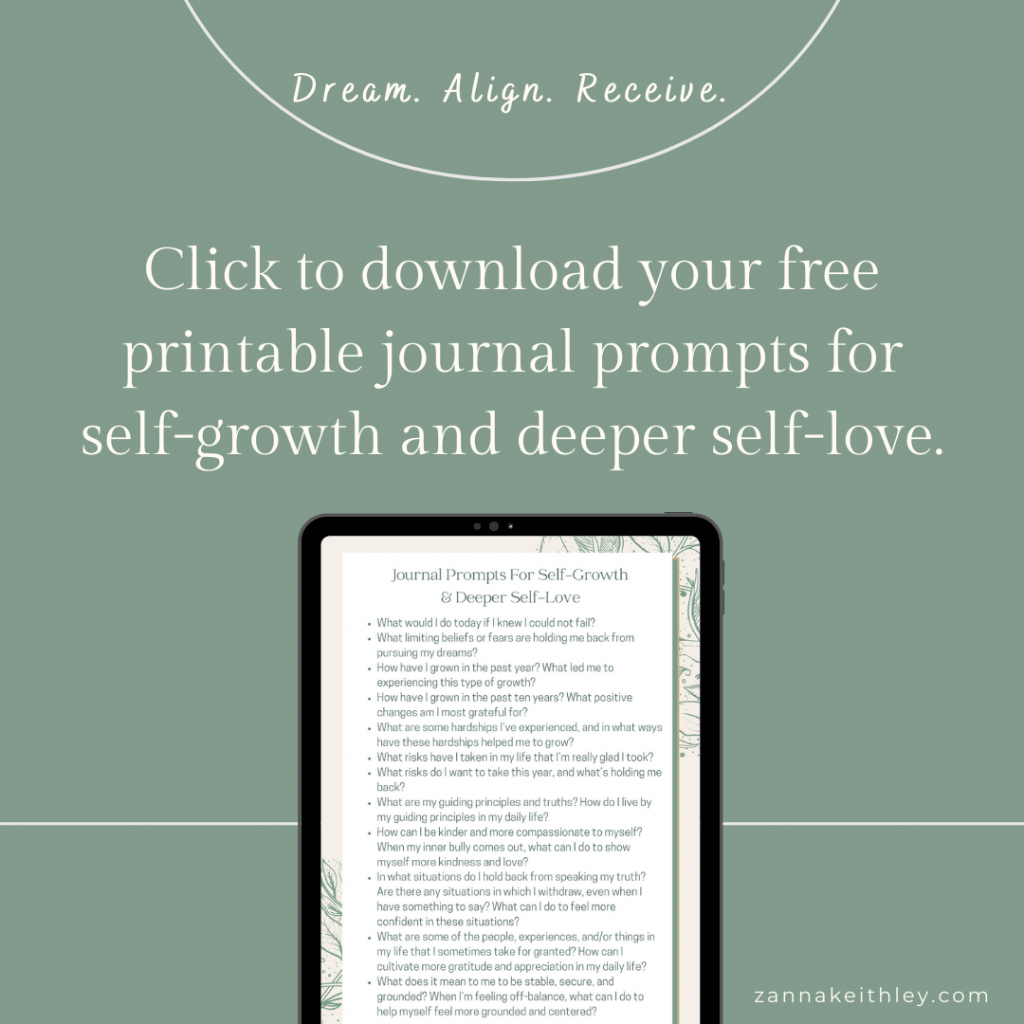
Click to download your free printable journal prompts for self growth!
For more resources on spirituality, meditation, manifestation, and all things self-love, be sure to connect with me on Instagram and Pinterest, where I’m posting positive affirmations and empowering messages daily.
More Articles For You
- 11 Beautiful Poetry Books About Self-Love & Acceptance
- 30 Day Self-Care Challenge (Free Printable)
- Sacred Self-Care For The 7 Chakras (A Complete Guide)
- 30 Journal Prompts For Self Growth (& Deeper Self-Love)
- 28 Inspiring Quotes For New Beginnings
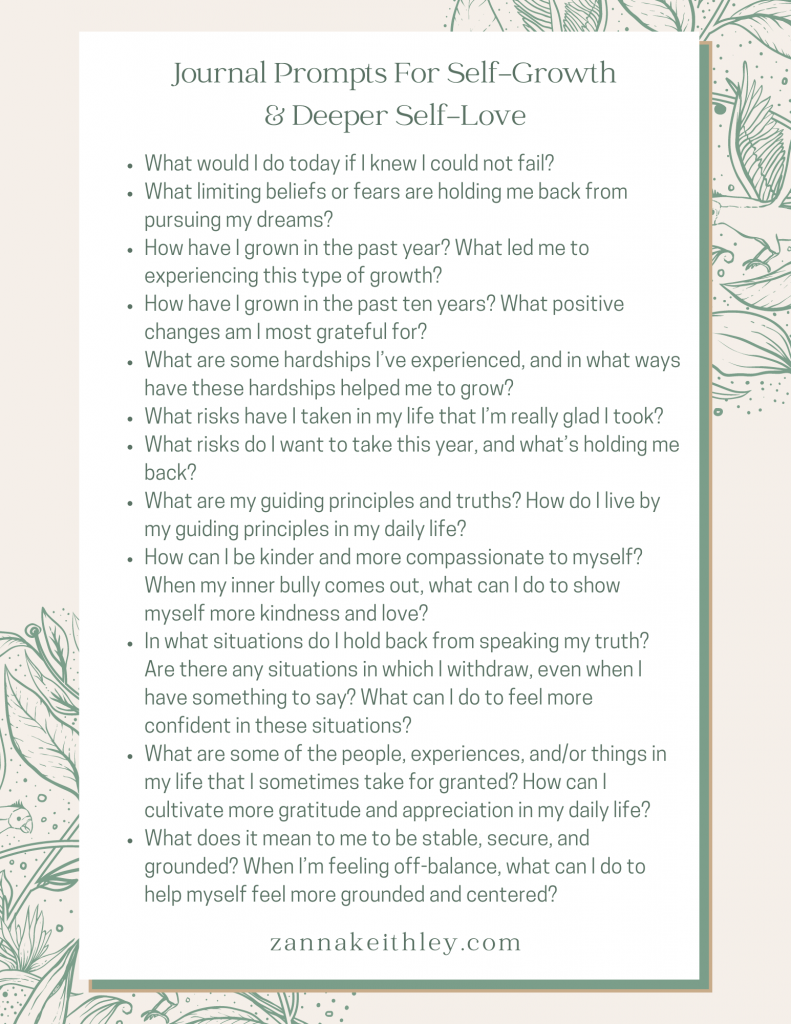
Pin this for later! 30 Journal Prompts For Self Growth (& Deeper Self-Love) 
Zanna Keithley is an author, poet, and social media content creator who writes short prose dedicated to inspiring readers to follow their dreams, trust their intuition, and create beautiful and fulfilling lives. You can find her original writing on Instagram @zannakeithley.
